The Great Ocean Road is a 273 km stretch of road along the south-eastern coast of Australia between the Victorian cities of Torquay and Warrnambool. The road was constructed as a Memorial to those killed in the First World War. It is one of Australia's great scenic coastline drives.
The Great Ocean Road starts at Torquay and travels westward to the outskirts of Warrnambool. The road forms about 90% of B100 (previously designated as State Route 100), the remaining 10% known as the Surfcoast Highway which joins Geelong to Torquay.
Start your journey in Geelong and the Bellarine Peninsula and discover beautiful beaches, great eateries, a fascinating heritage and an enormous range of recreational opportunities from fishing and golfing to diving and surfing. Take in the colourful and lively ambience of bayside Geelong, Victoria's second largest city, or visit quaint Queenscliff and discover the town's rich maritime history, excellent restaurants and heritage hotels.
Along the coast, seaside resort towns such as Lorne and Apollo Bay are the perfect base for a seaside escape. They offer stunning beaches and water sports as well as some of Australia's best rainforest scenery in the nearby Otway Ranges.
One of the most visited stretches of the road is Port Campbell. Buffeted by wild seas and fierce winds, the coastline around Port Campbell has been sculpted over millions of years to form a series of striking rock stacks that rise out of the Southern Ocean. Known as the Twelve Apostles, they are one of the most spectacular natural attractions in Victoria.
The Great Ocean Road region also has a rich maritime past. Historic towns such as Warrnambool, Port Fairy and Portland allow you to enjoy seafaring village life, with their fishing wharves, beautifully preserved colonial buildings and maritime museums recounting the stories of ships that have foundered off the rugged shipwreck coast.
The Great Ocean Road is a 273 km stretch of road along the south-eastern coast of Australia between the Victorian cities of Torquay and Warrnambool. The road was constructed as a Memorial to those killed in the First World War. It is one of Australia's great scenic coastline drives.
The Great Ocean Road starts at Torquay and travels westward to the outskirts of Warrnambool. The road forms about 90% of B100 (previously designated as State Route 100), the remaining 10% known as the Surfcoast Highway which joins Geelong to Torquay.
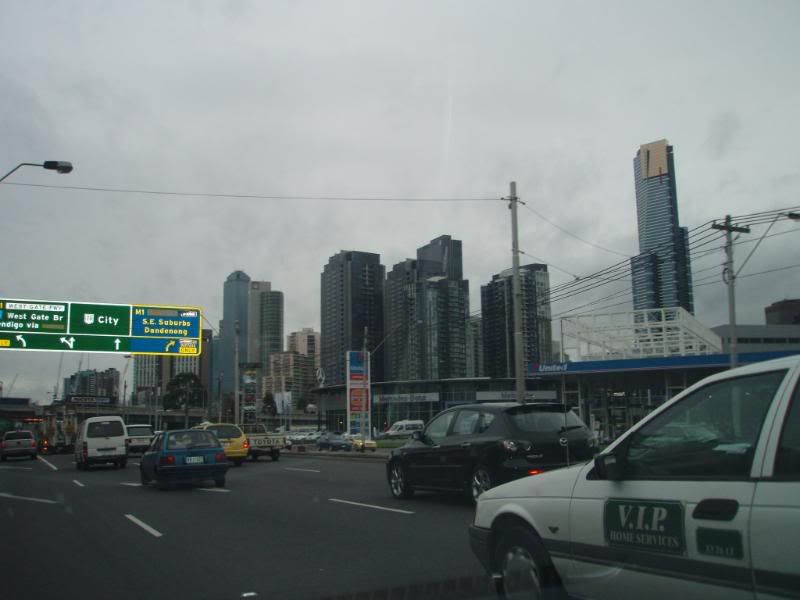
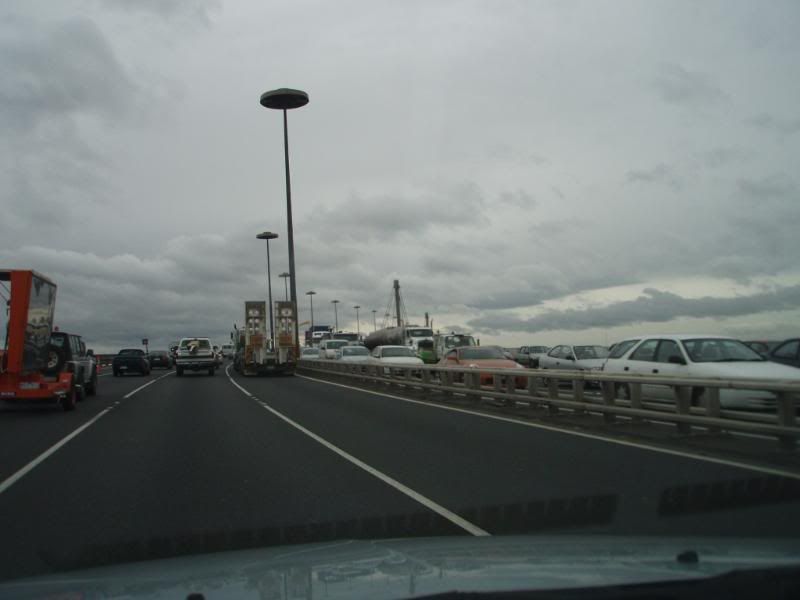
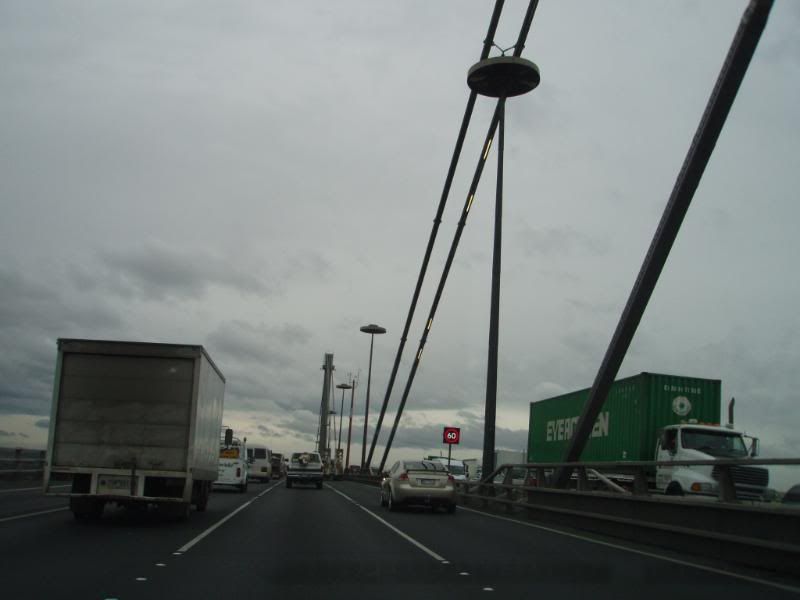
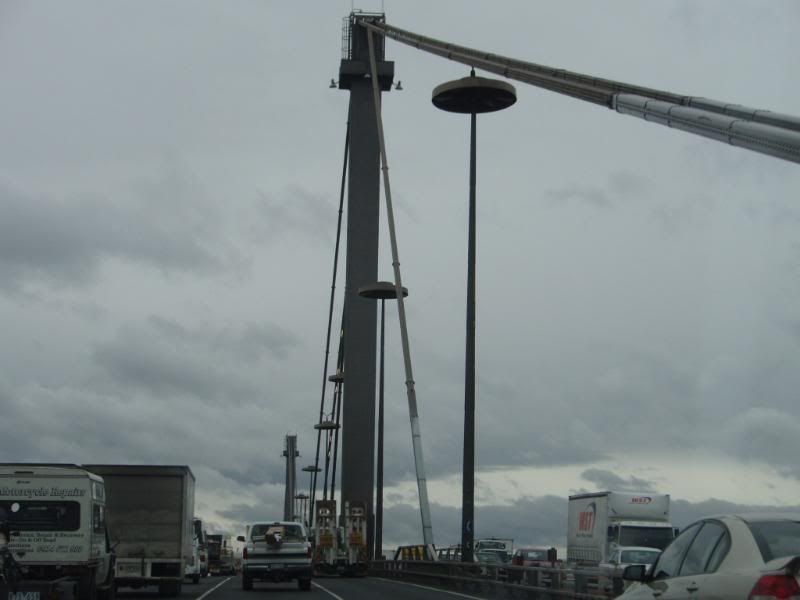
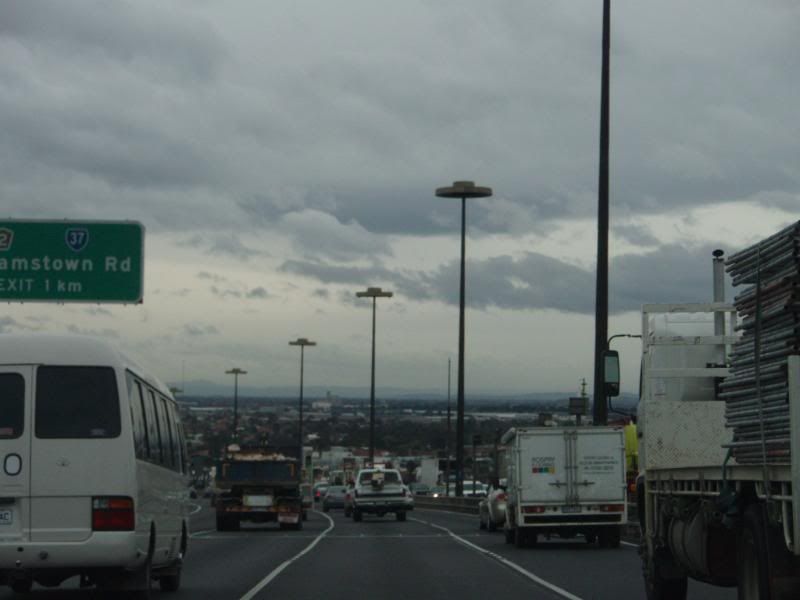
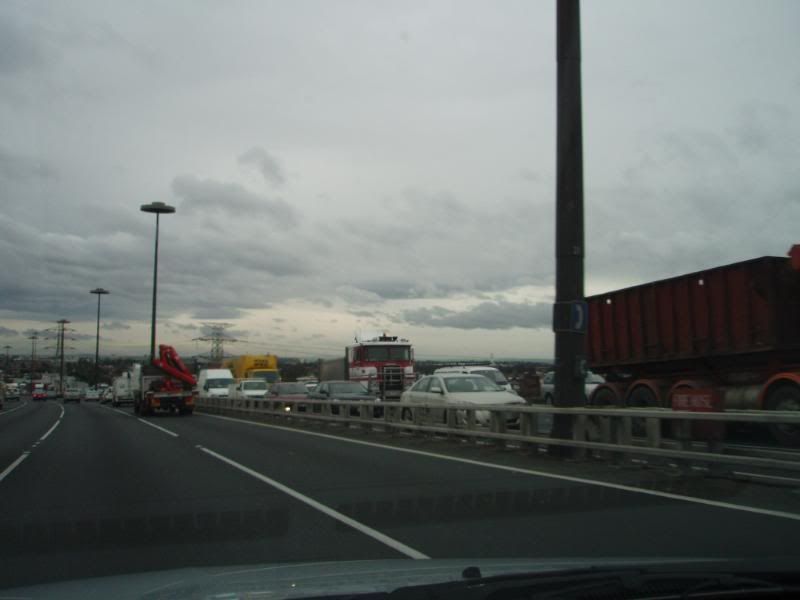
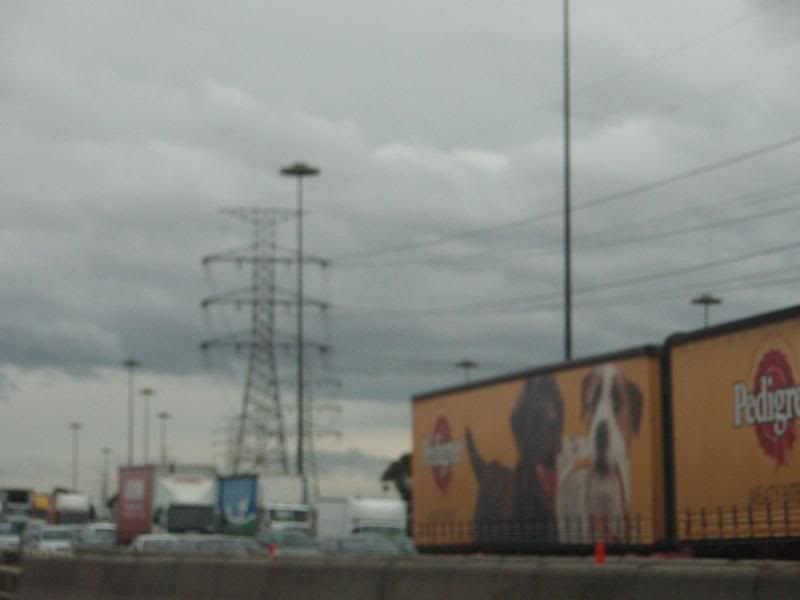
The Chocolate Room
the chocolate room is a specialist chocolate indulgence café – we offer our customers a unique chocolate experience.
Our menu boasts 20 flavours of Italian hot chocolate, chocolate fondues, chocolate melting pots, a variety of chocolate cakes, waffles with strawberries and hot chocolate sauce and our piece de resistance – hand made chocolates using the finest Belgian Chocolate.
Drawing on many years of retail experience, Jim & Kathy Richardson, have produced an inviting and distinctive fit out for this boutique chocolate café.
The response to the chocolate room café concept has been overwhelming – our customers love the total experience – the drinks – we serve beautiful coffee too! – the food – the atmosphere – we extoll the health virtues of chocolate – in moderation of course!
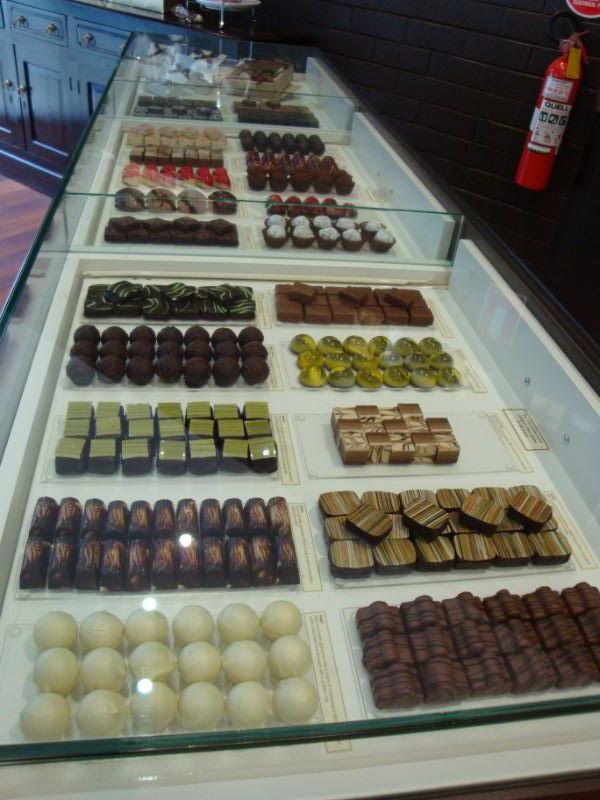

Birthplace of Rip Curl
The Rip Curl Pro is one of six Victorian Government-designated Hallmark International Sporting Events held in this state each year an honour it shares with the Melbourne Formula 1, Phillip Island Moto GP, Australian Tennis Open, Melbourne Cup and the AFL Grand Final. Bells Beach is Australia s most iconic surf spot.
It was the birthplace of Rip Curl and one of our country s most popular tourist destinations. It s a high performance right-hand reef break that tests even the most experienced surfer.
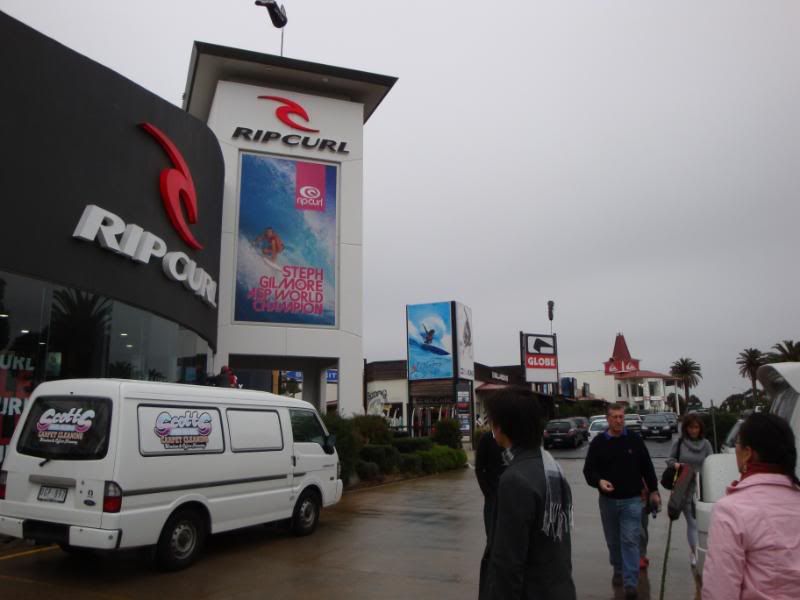
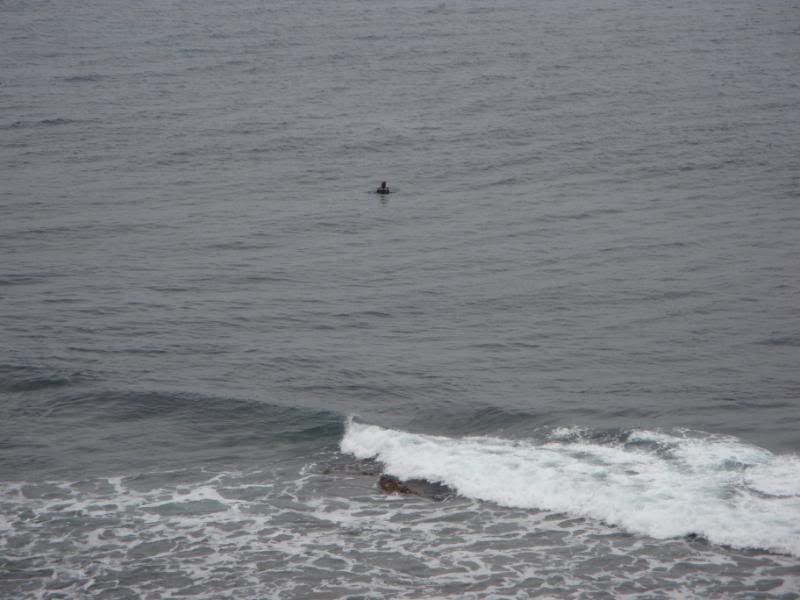
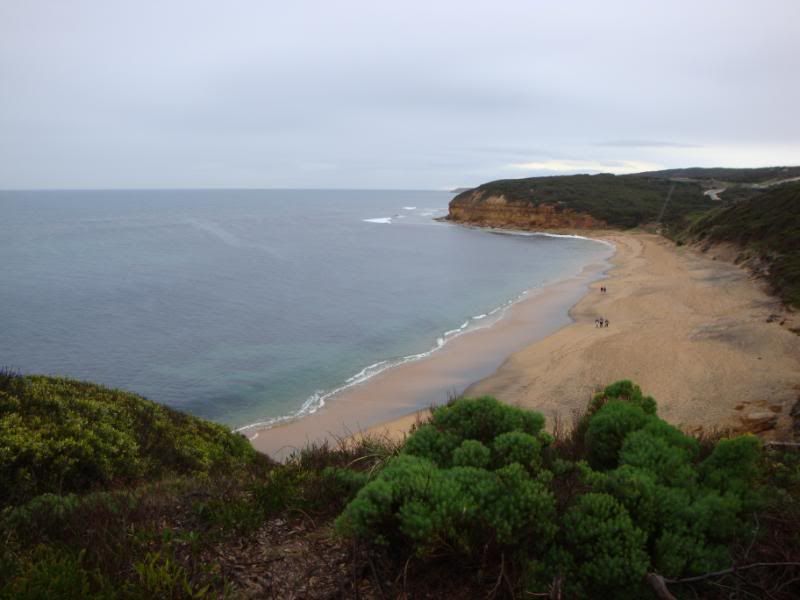
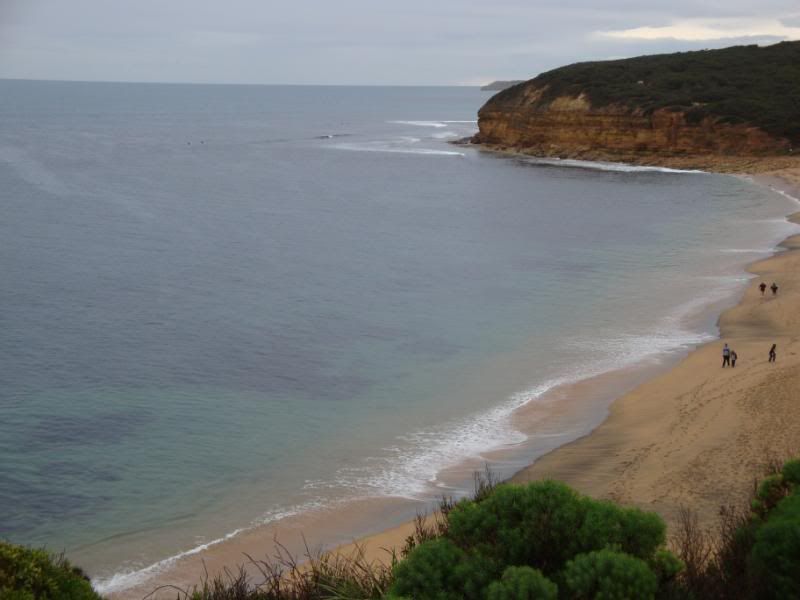

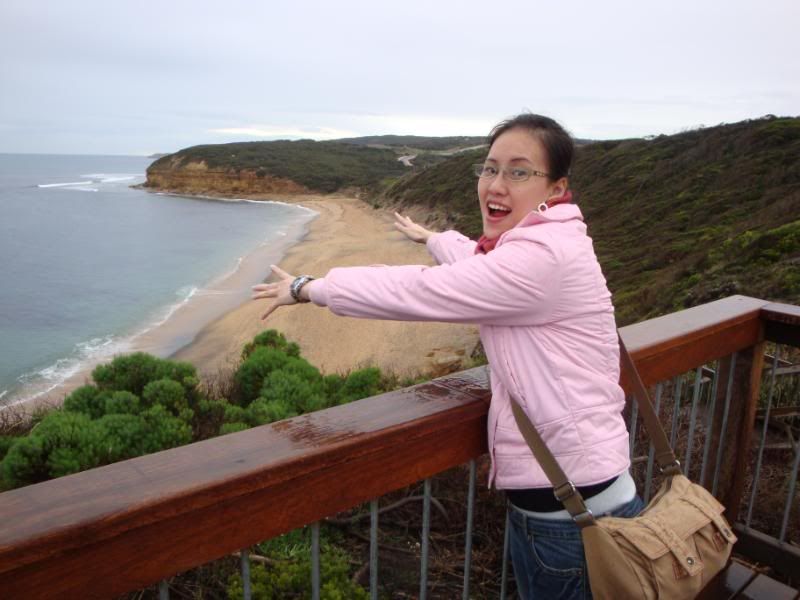
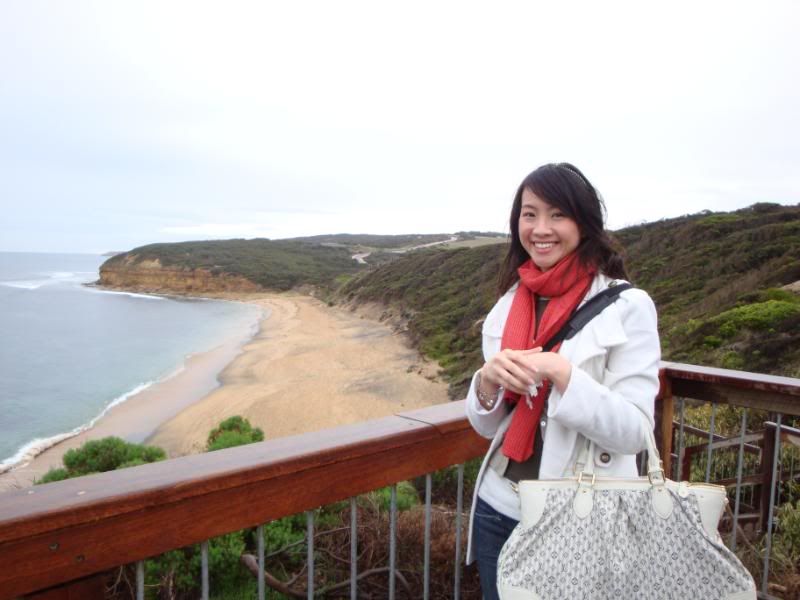

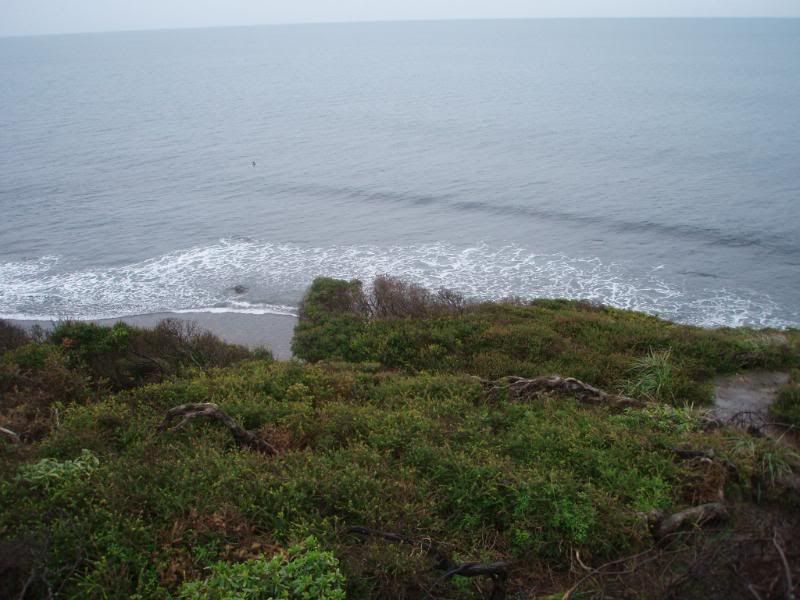
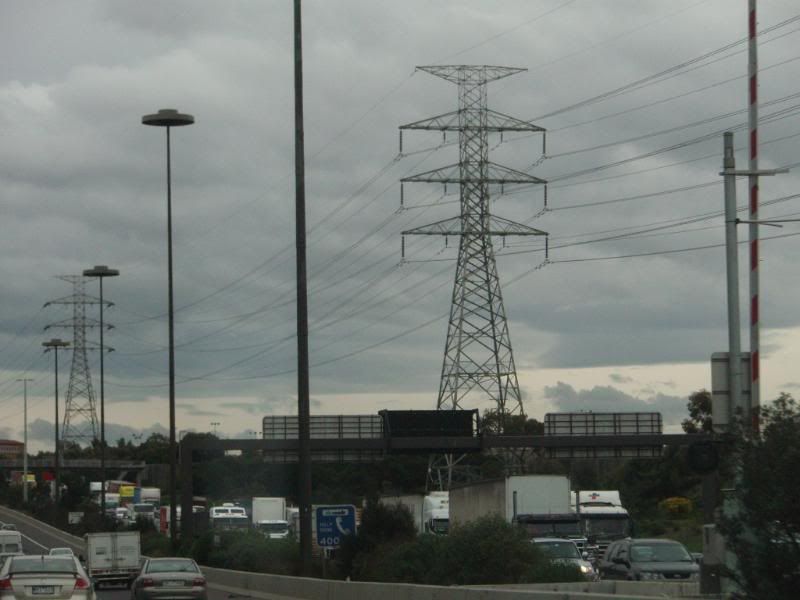
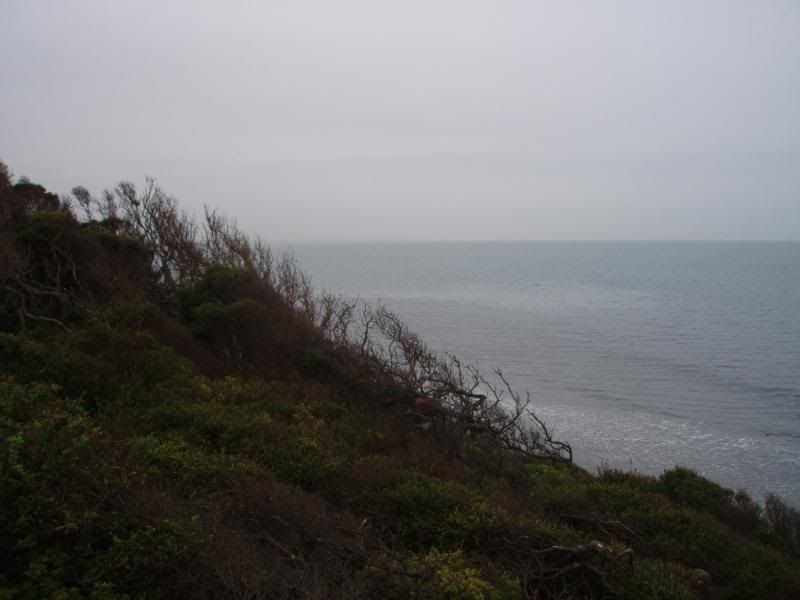
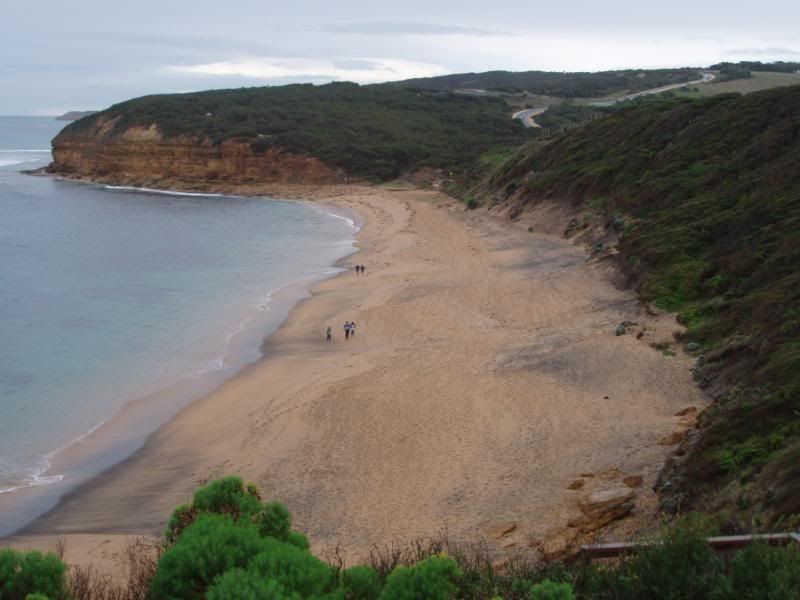
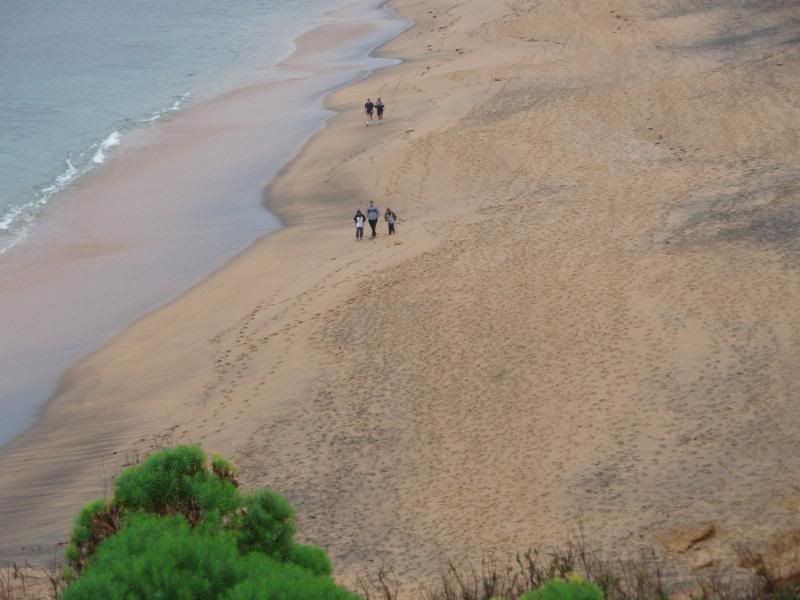
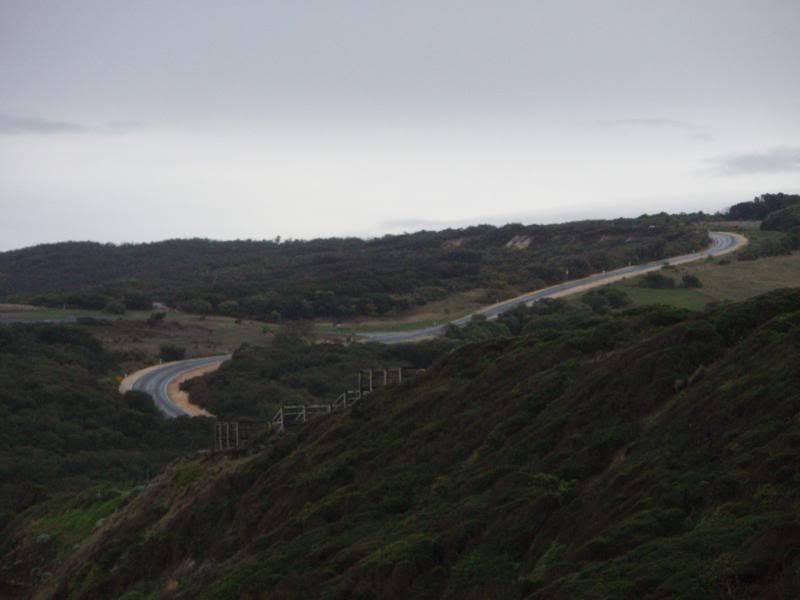
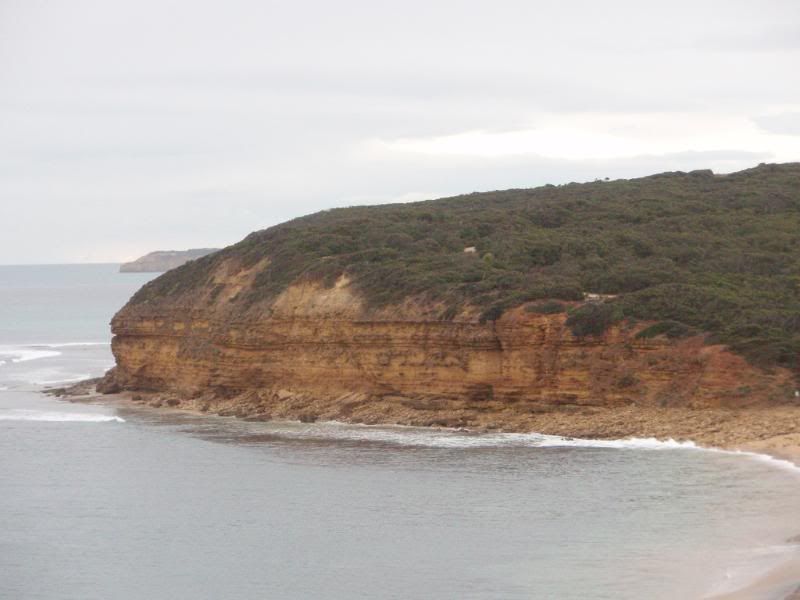
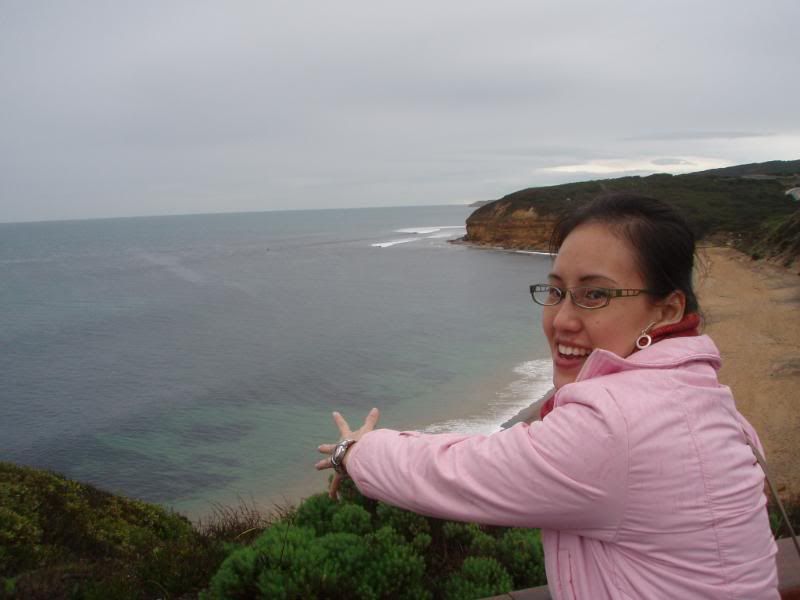

Cape Nelson Lighthouse - South of Portland
Cape Nelson is a pretty desolate location - it's only a short drive from Portland through some bushy scrub, but contains one of those magic moments where you emerge from the greenery to see the lighthouse at the end of a long road. When you get there, you find yourself on a windy, jagged part of the coastline perched on cliffs that rise about 50 meters above the sea. The light at Cape Nelson is still fully operational as a kind of shipping welcome mat for Bass Strait, and as such has to be kept in tip top condition. As has happened at some other lighthouse sites, the old cottages are currently being done up for accomodation, so the whole area is very well maintained.
Work started to build the lighthouse in 1883, finishing in just over a year. Given the big winds which frequent the area, the buildings are incredibly solid, with long white walls around the site acting as windbreaks. A small flaghouse sits in front of the lighthouse - the lighthouse keepers used to watch for ships from there in the day time, and could communicate with them using the international code flags, they could also pass on messages to Melbourne about approaching ships using the new fangled telegraph.
The last lighthouse keeper left Cape Nelson some time in the 1990's but the site is easily accessible, and tours of the lighthouse run regularly. Bob Stone is one of the tour guides, and here he talks a little about the history of the Cape Nelson lighthouse while pointing out some of its features.
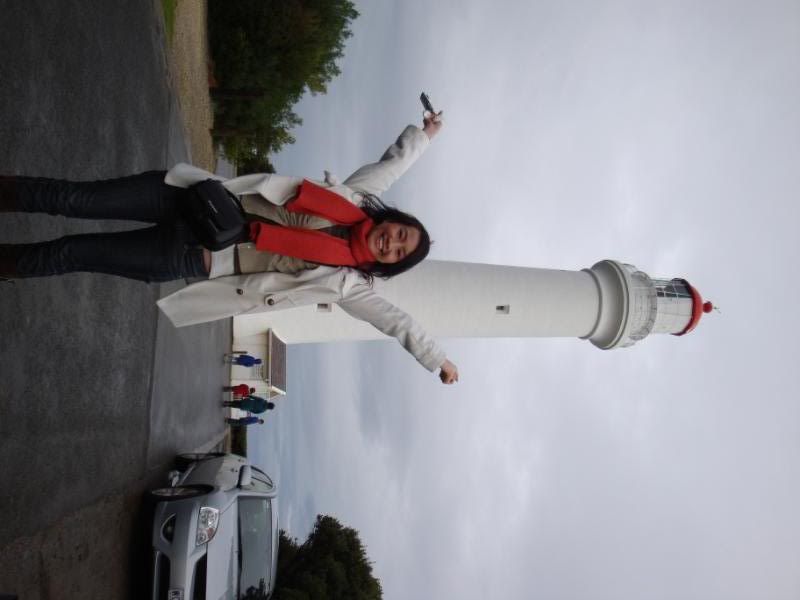
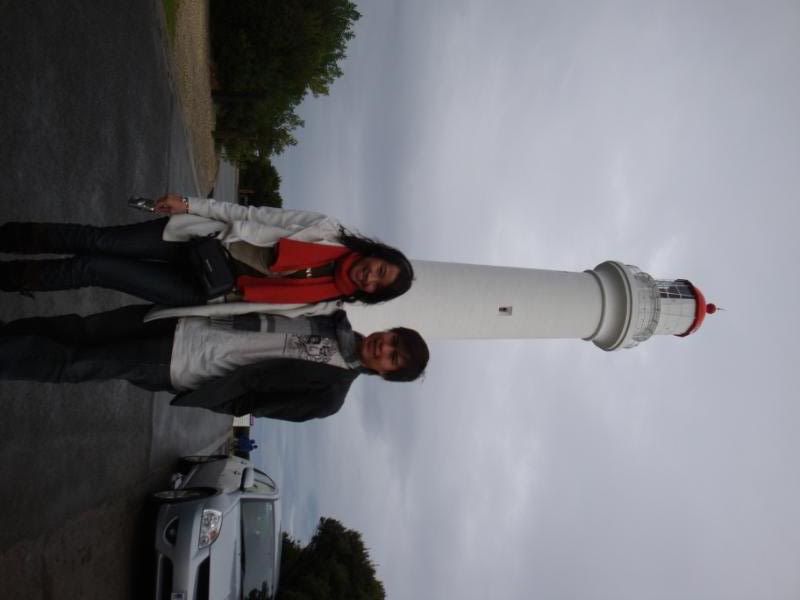
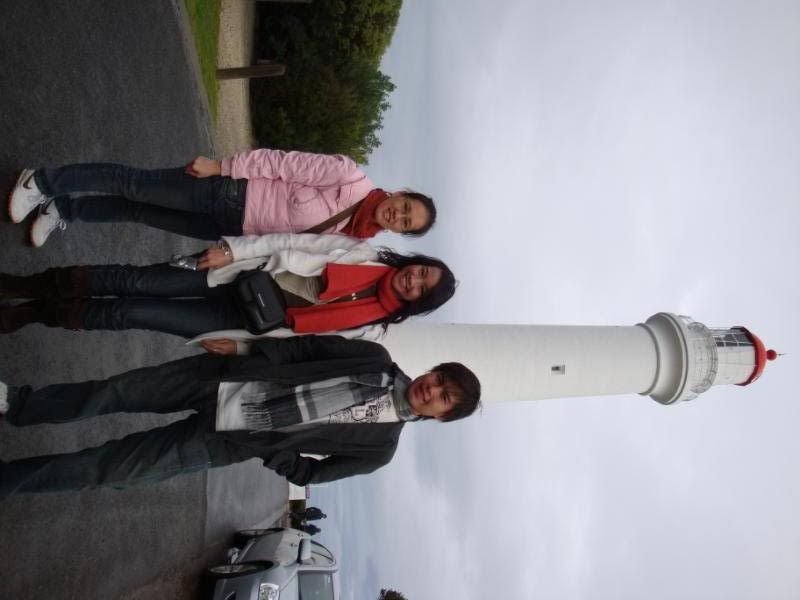
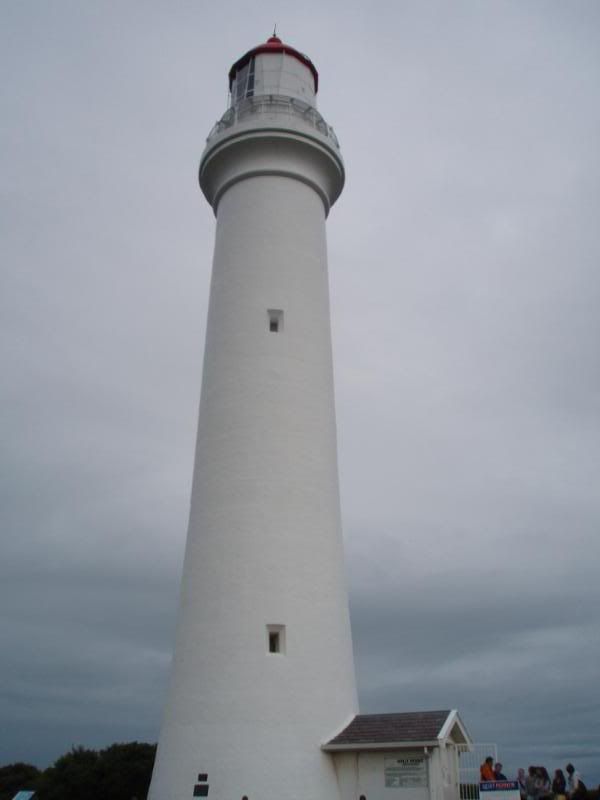
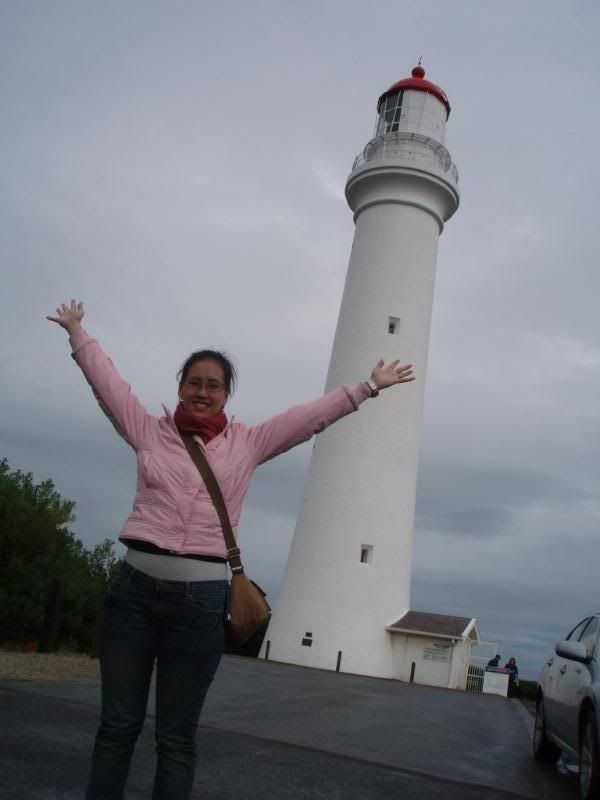
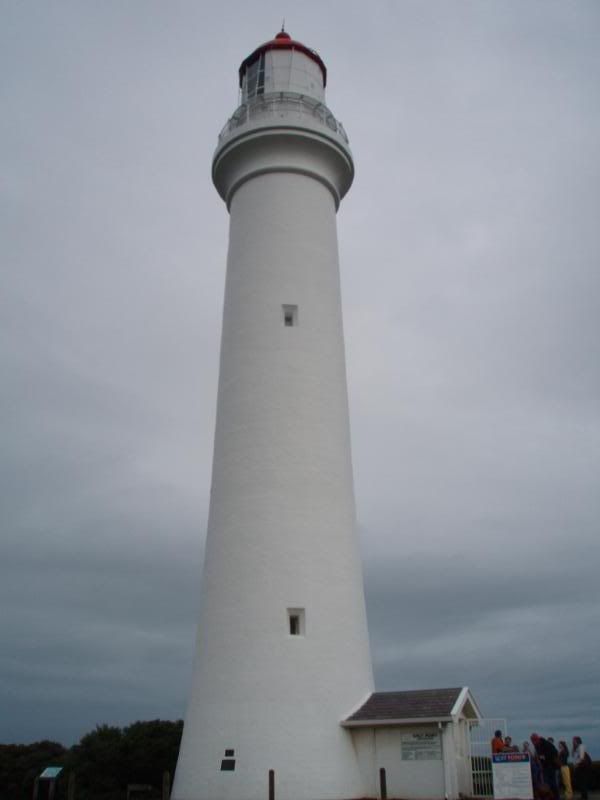
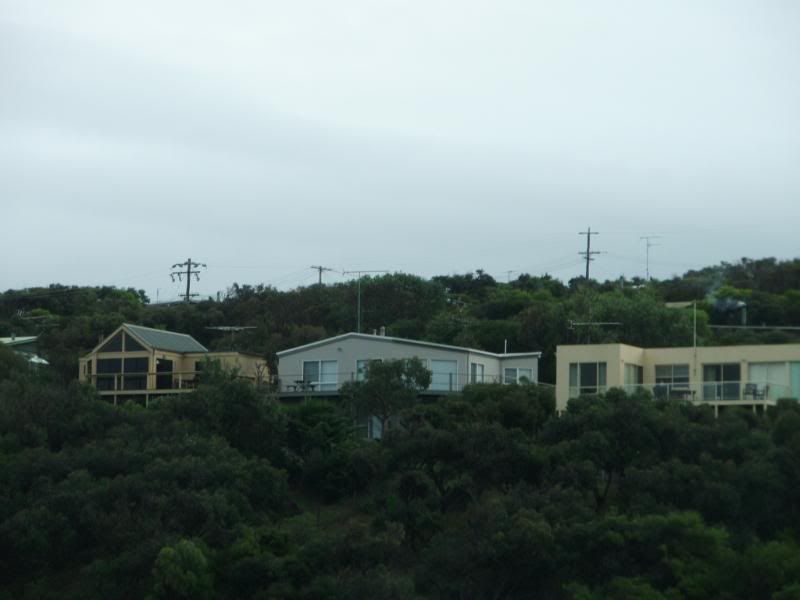
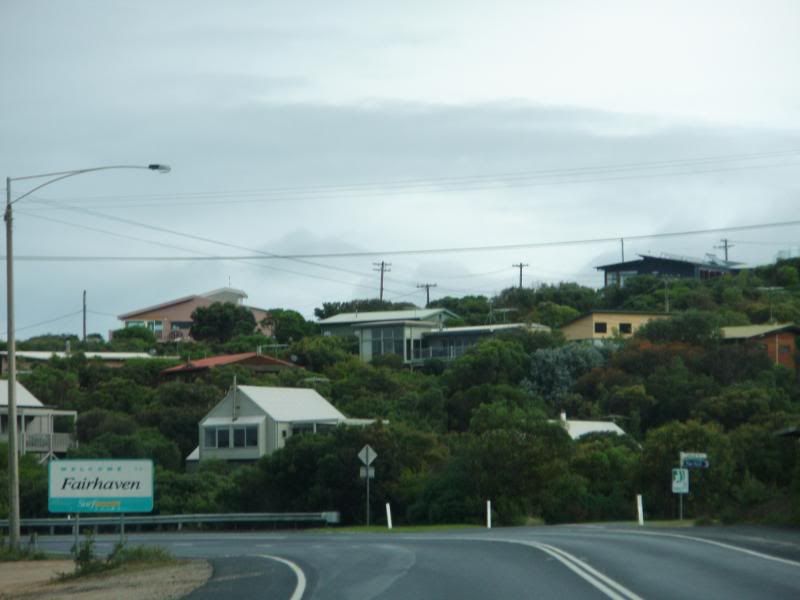
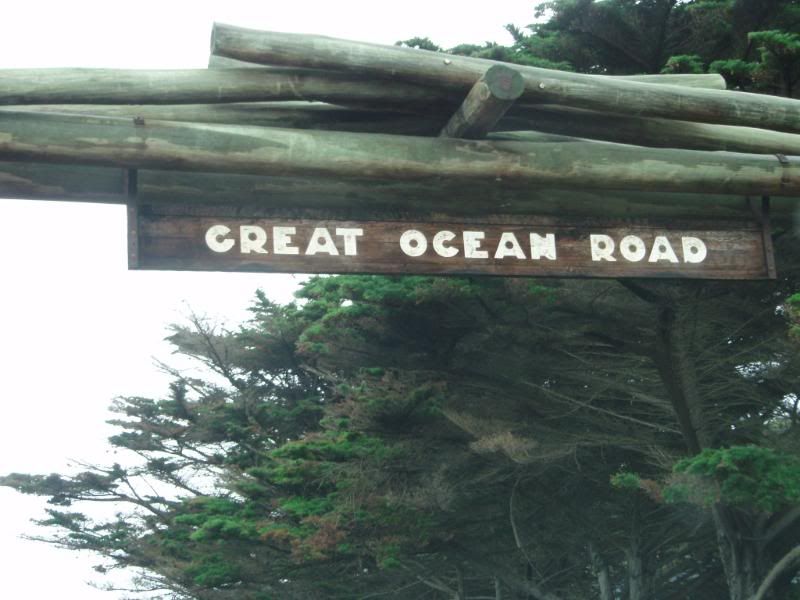
Cinema Point
Spectacular views back towards Eastern View, Fairhaven and Aireys Inlet from one of the road’s highest vantage points. There is a signposted turnout on the Great Ocean Road about 8 kilometres west of Aireys Inlet.
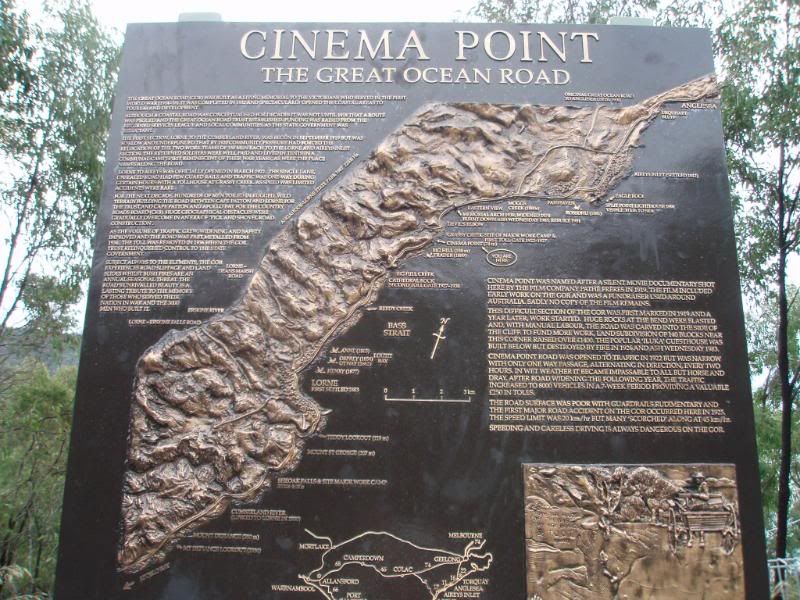
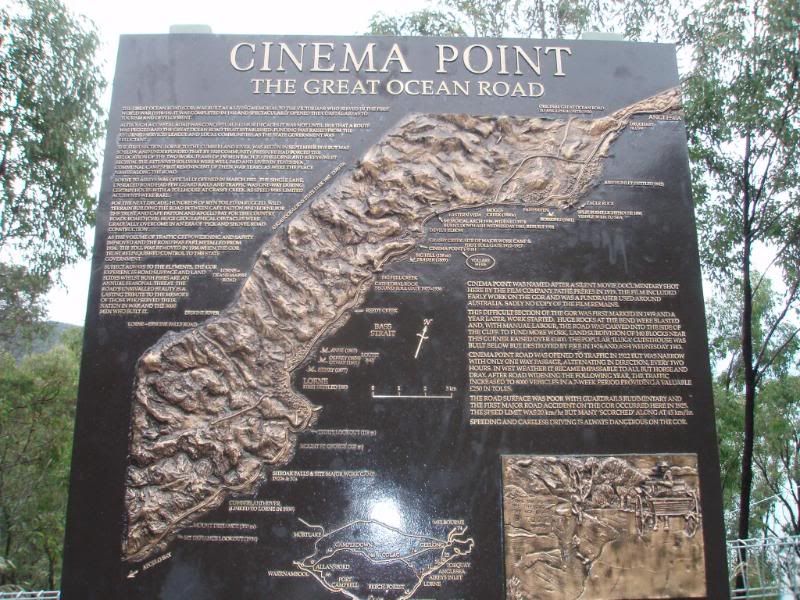
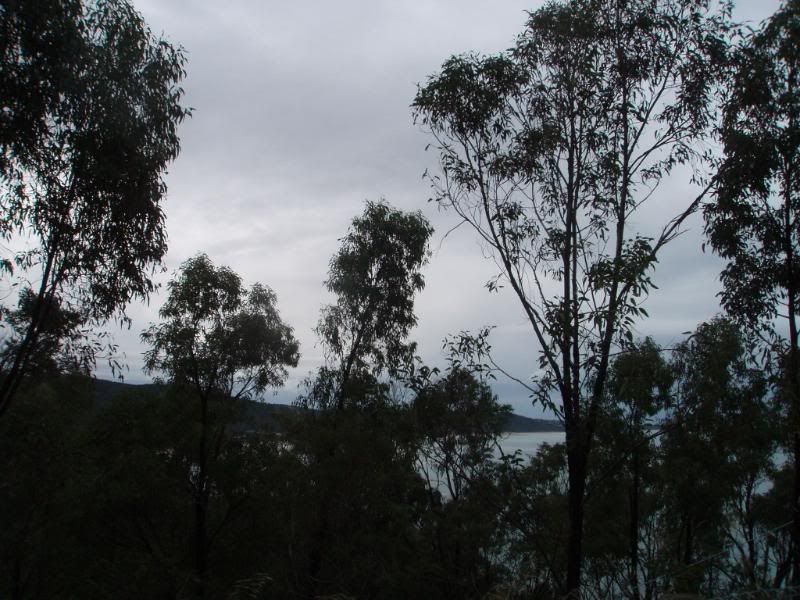
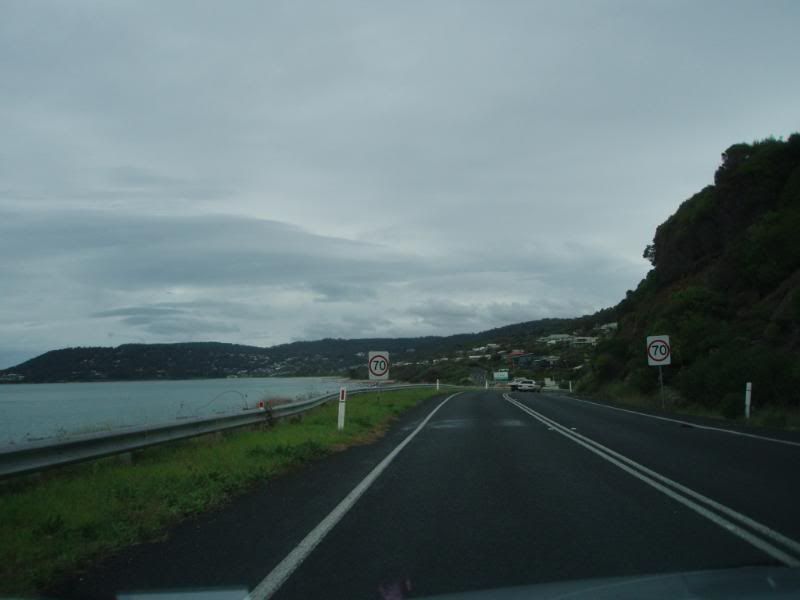
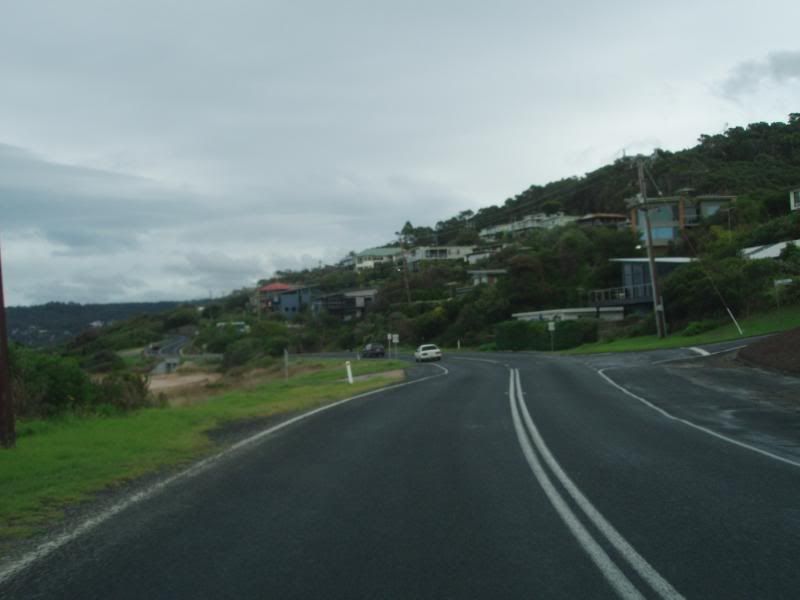
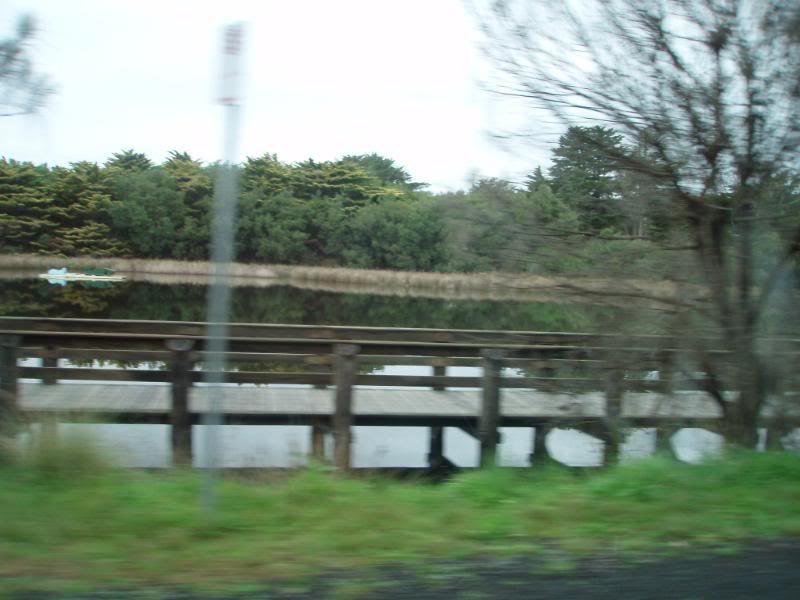


Erskine Falls
Erskine Falls are at the end of Erskine Falls Road 10km north east of Lorne. There is a viewing point above the falls and a walking track, steep in places, leads to the base of the falls. The falls cascade over one of the highest drops in the Otways.
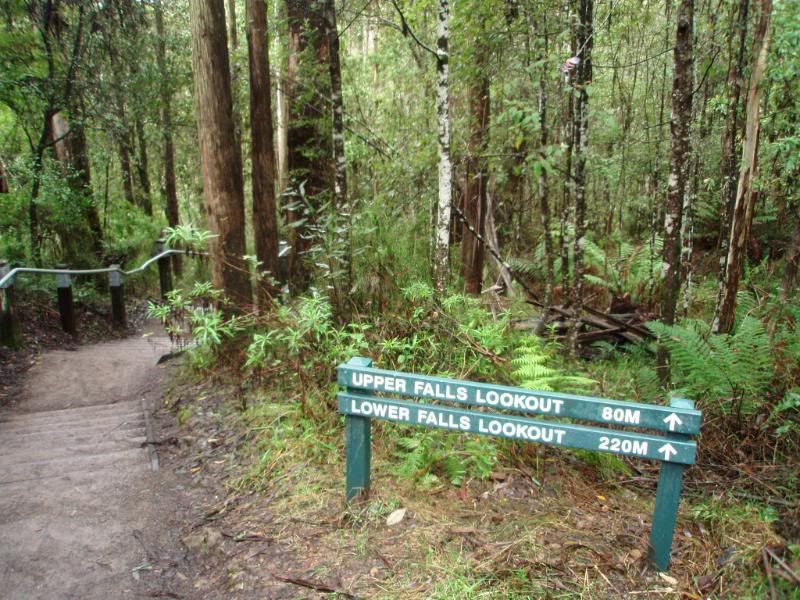

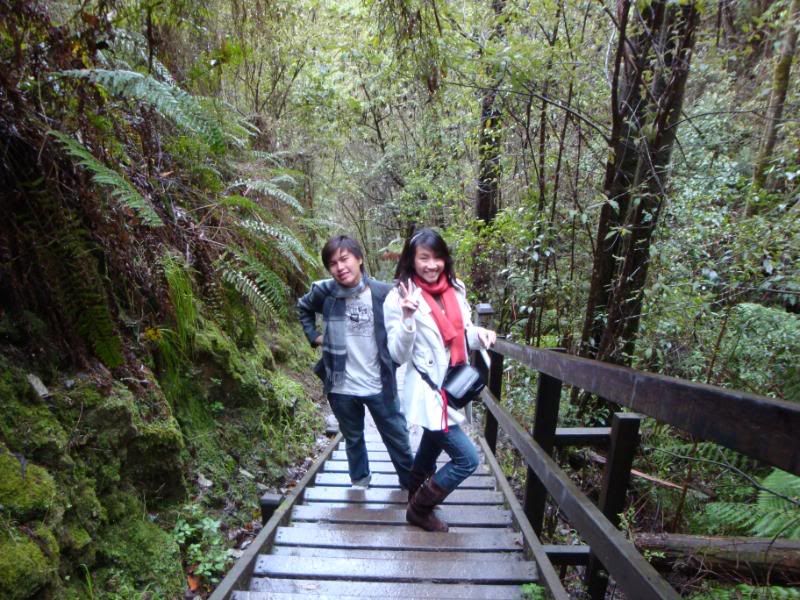
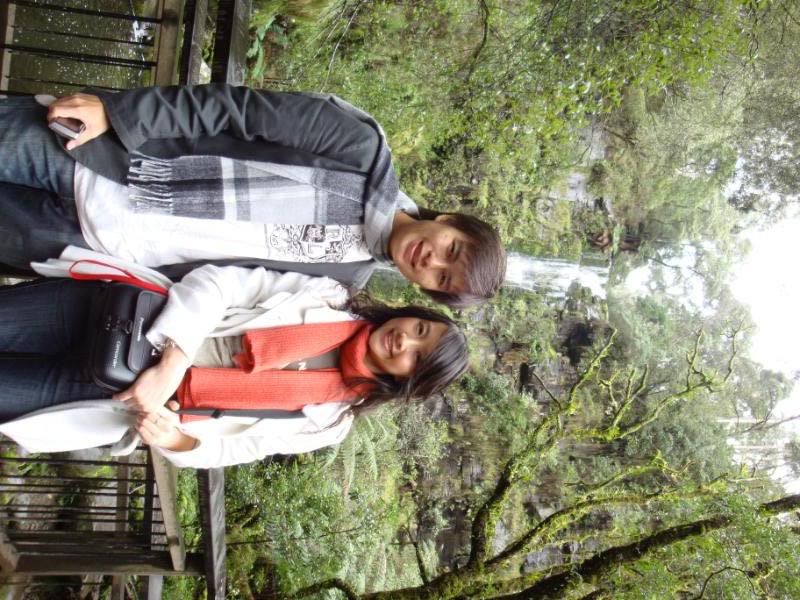
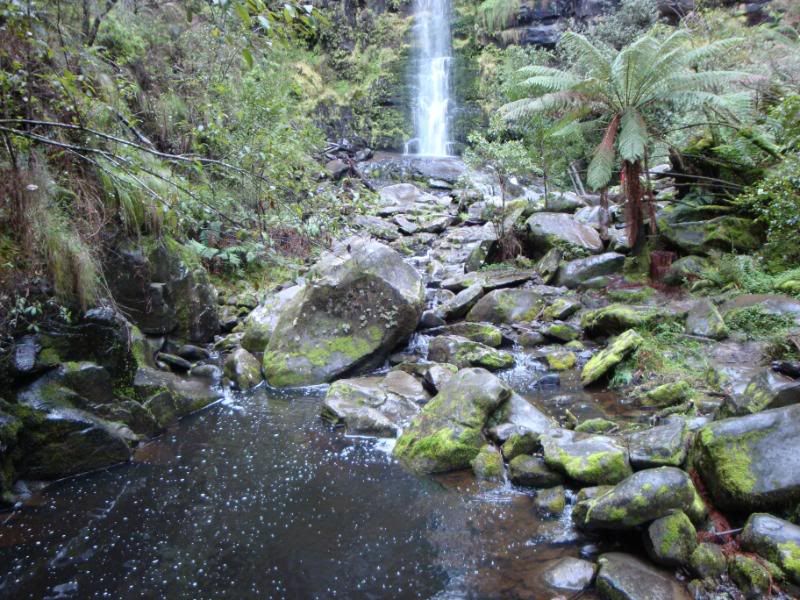

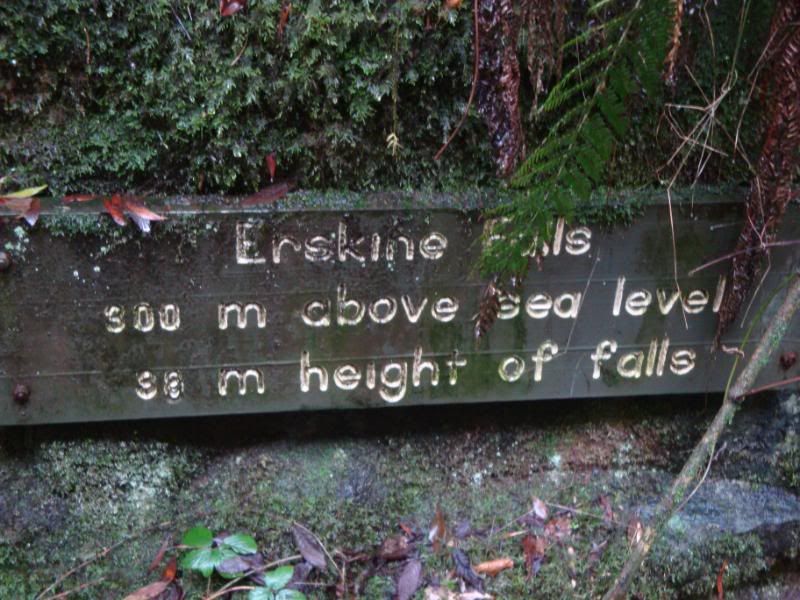
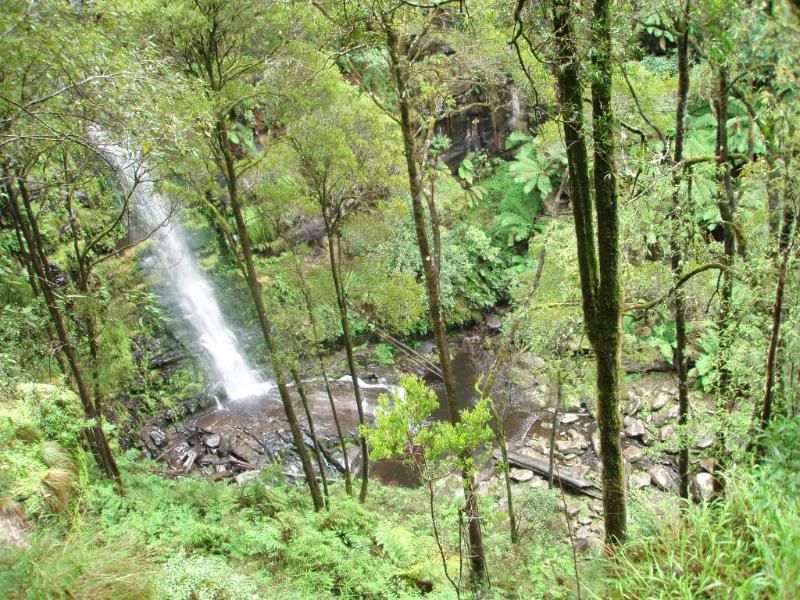

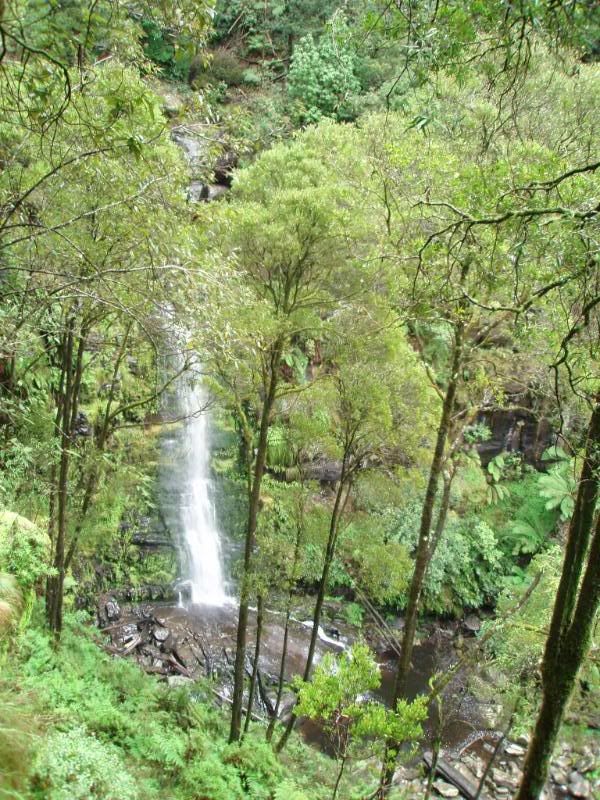
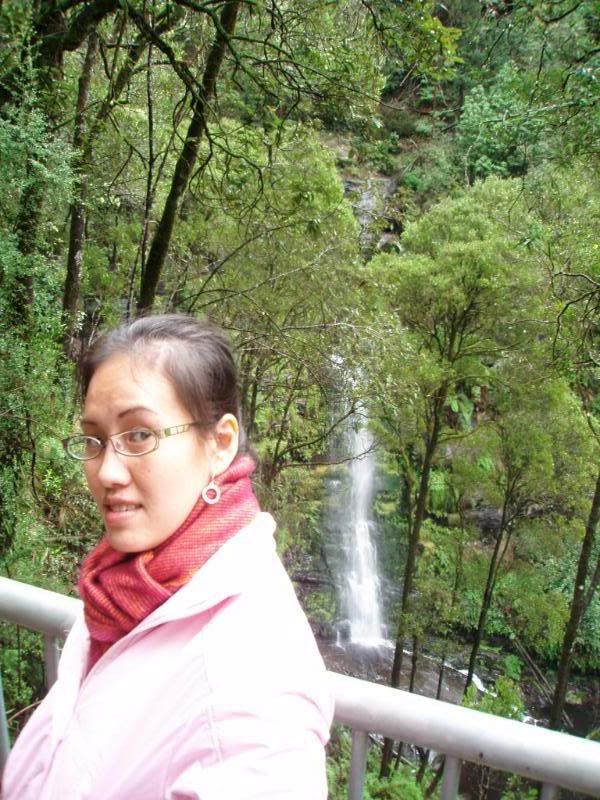
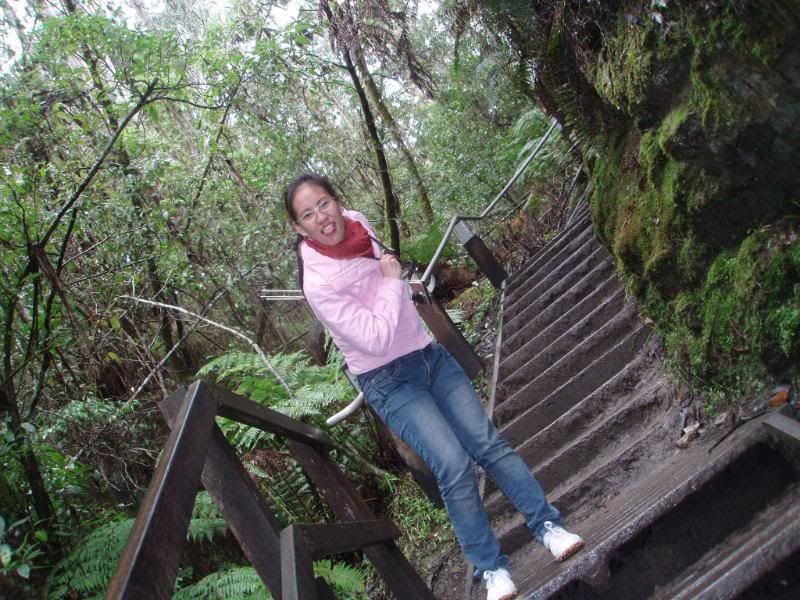

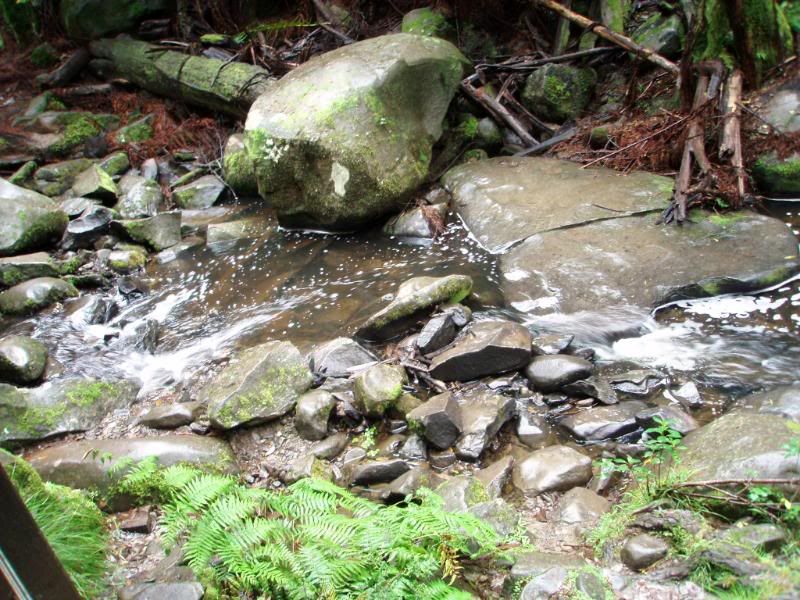
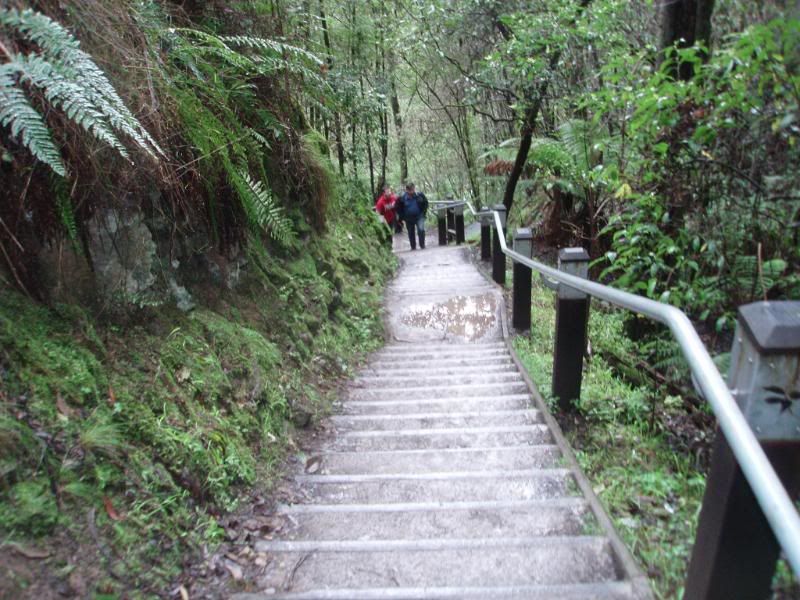
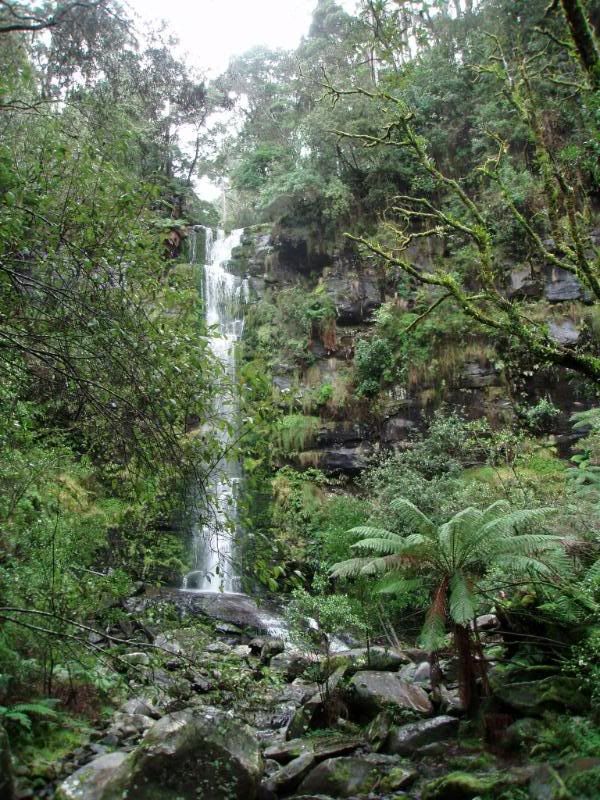
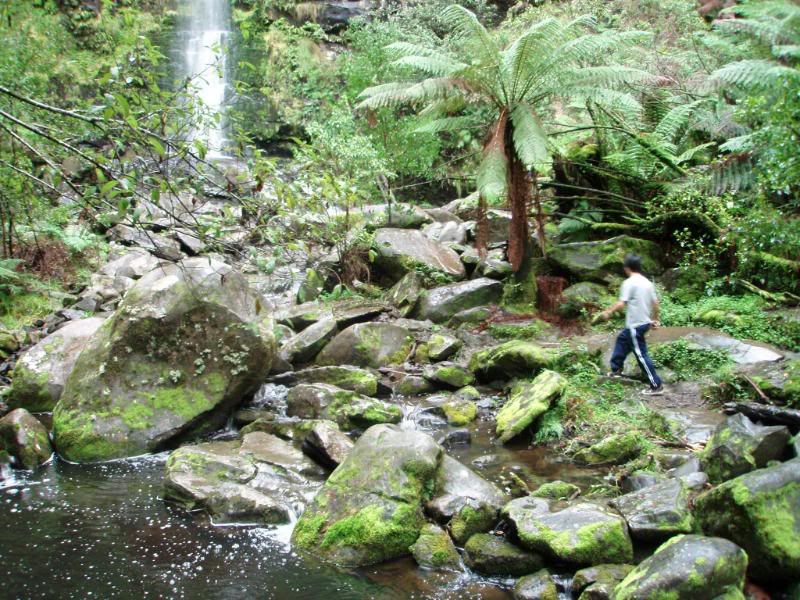
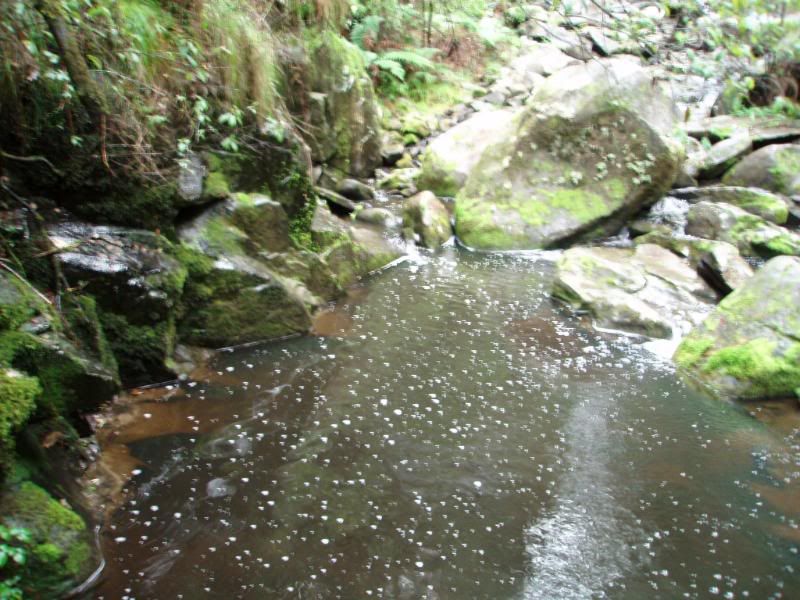
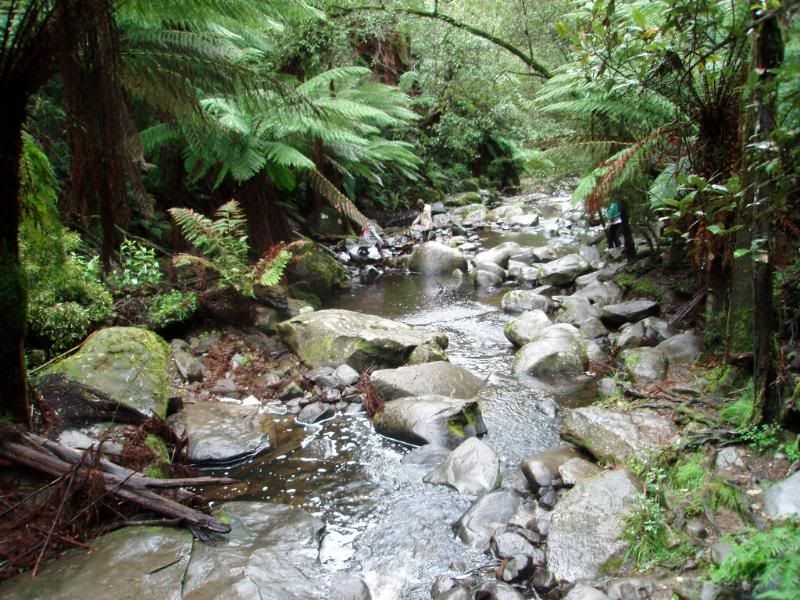

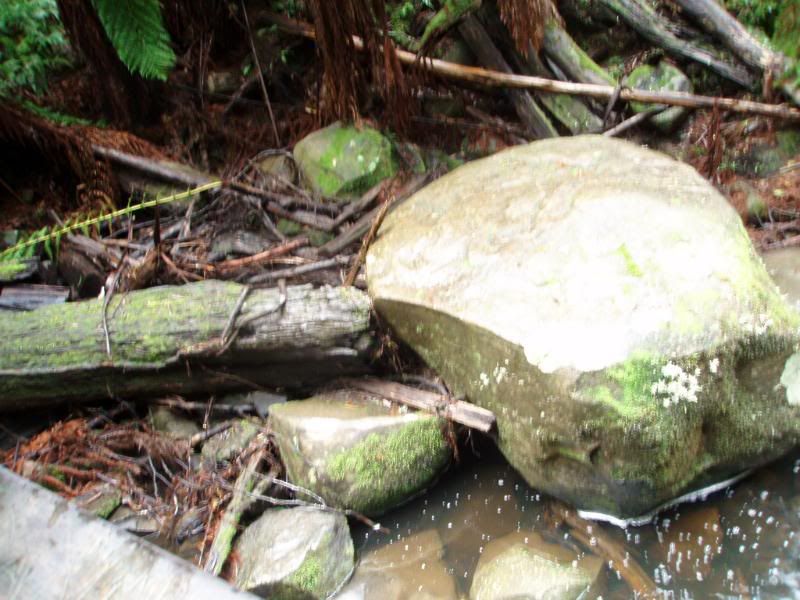


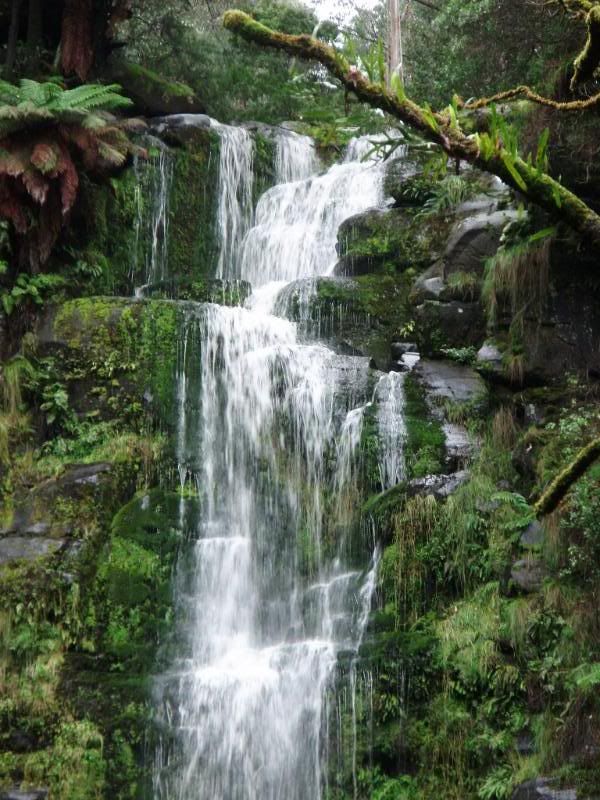
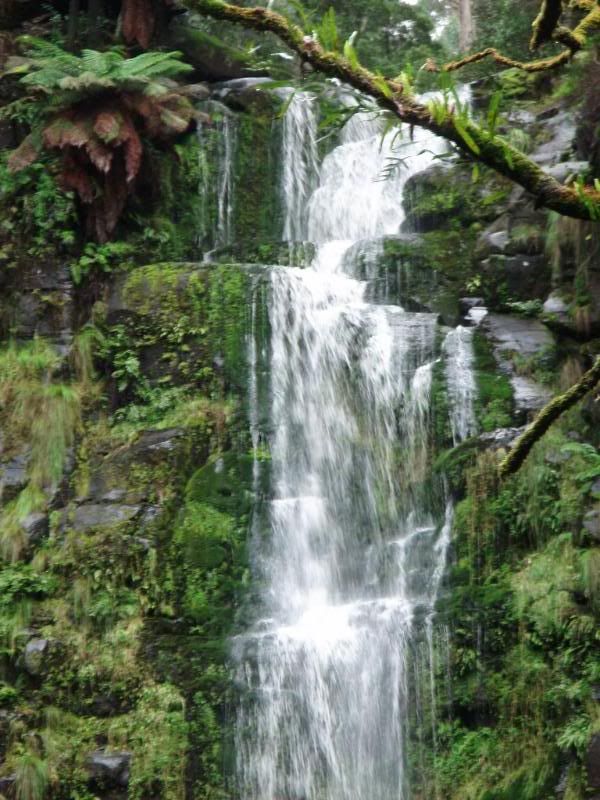

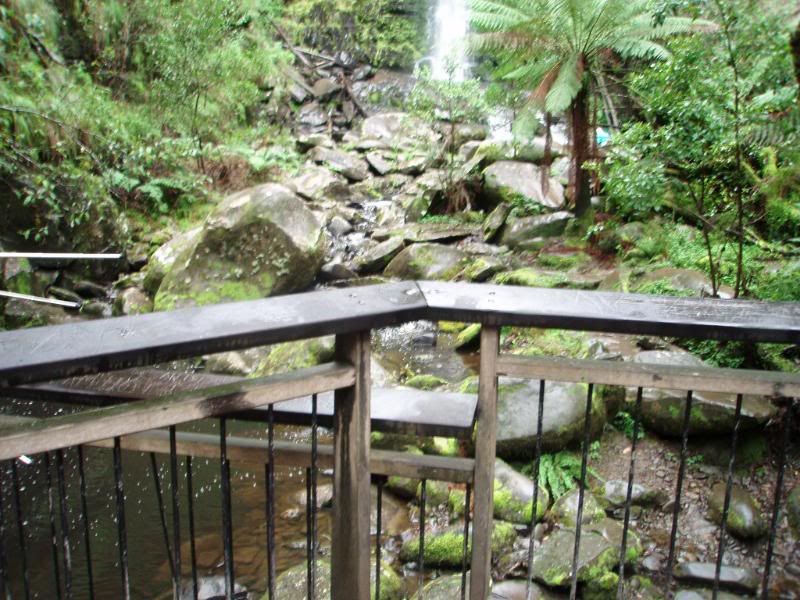
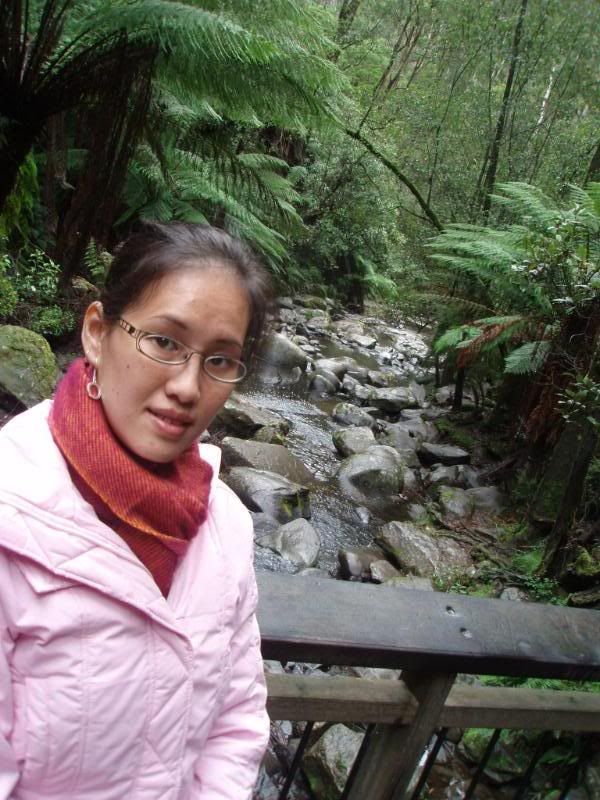
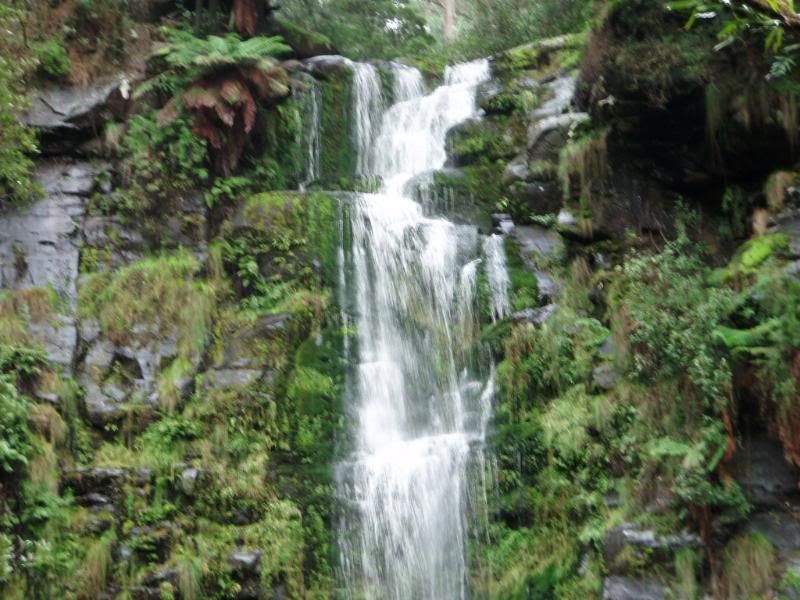
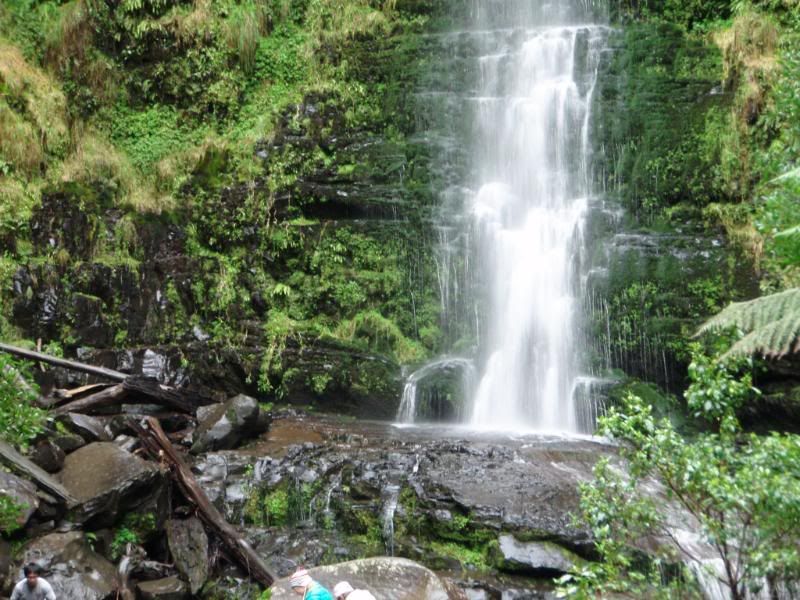


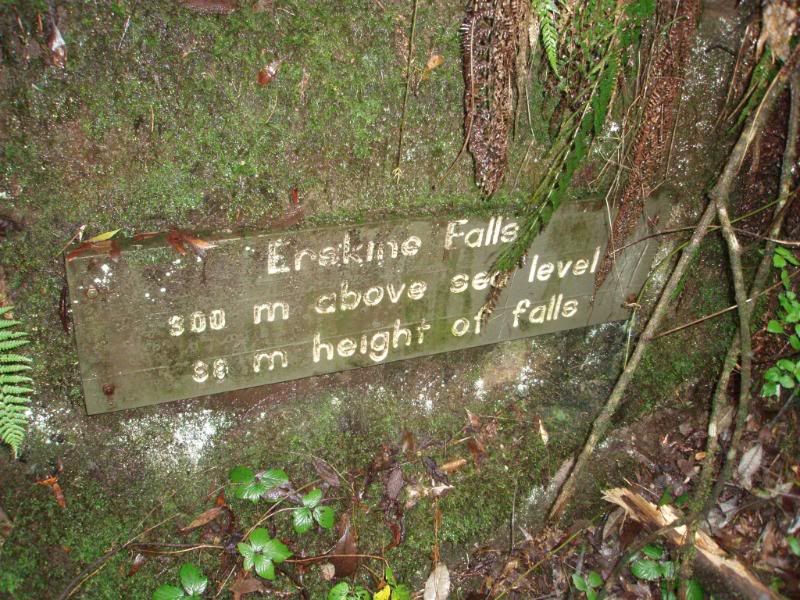
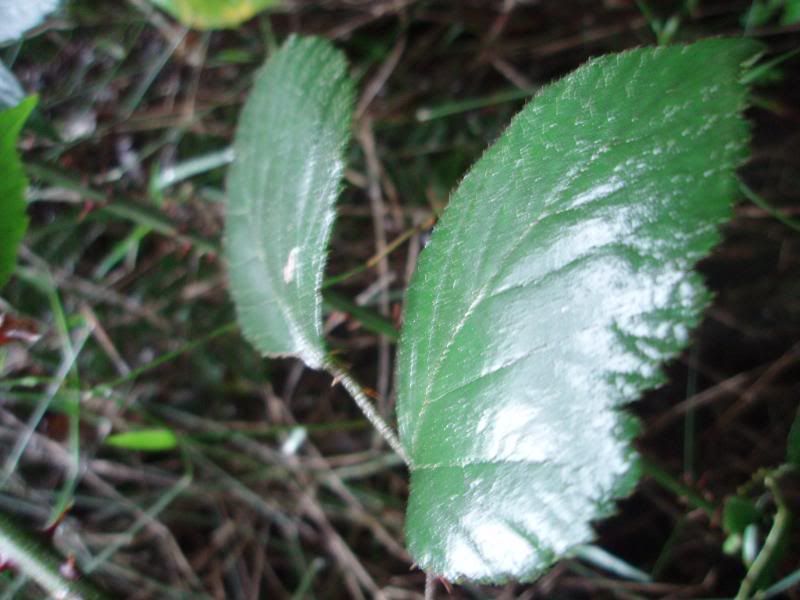
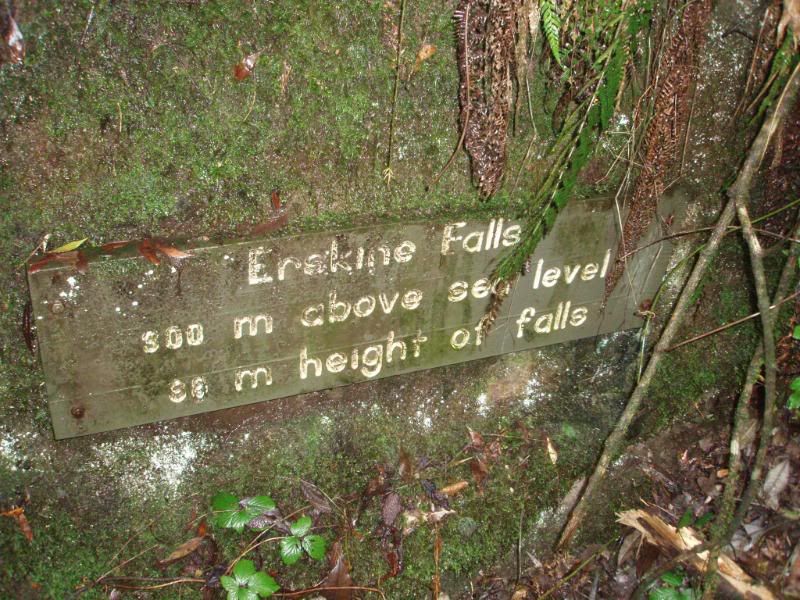
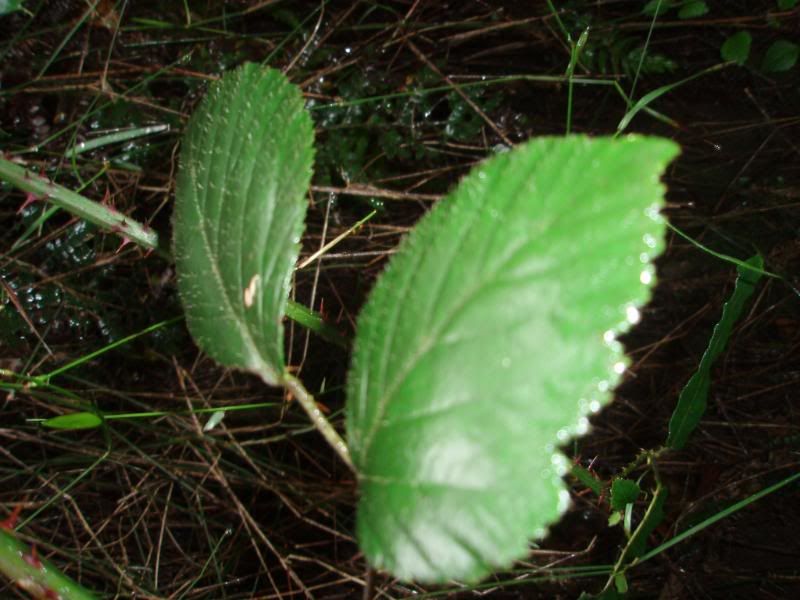
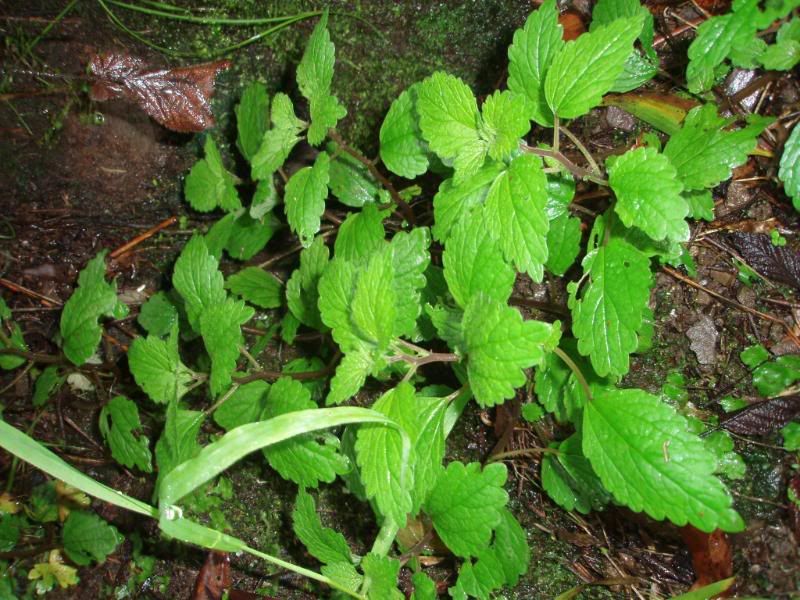

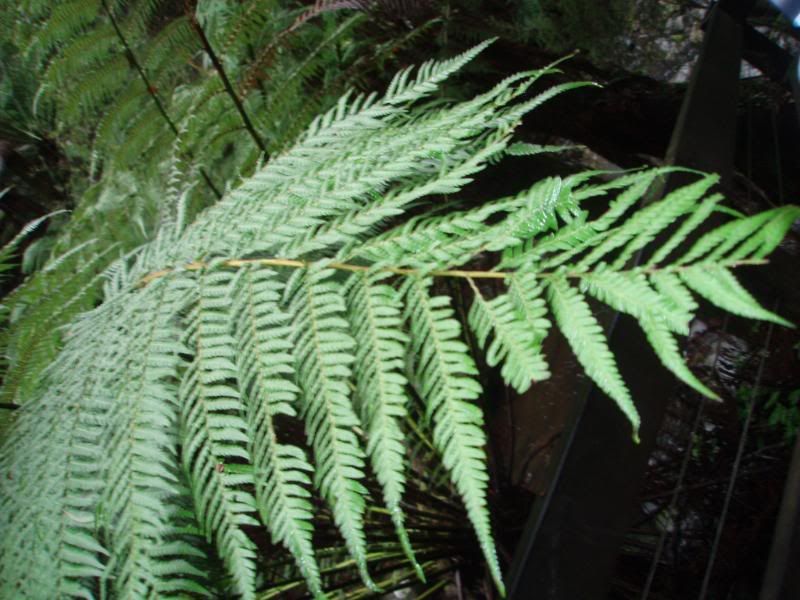
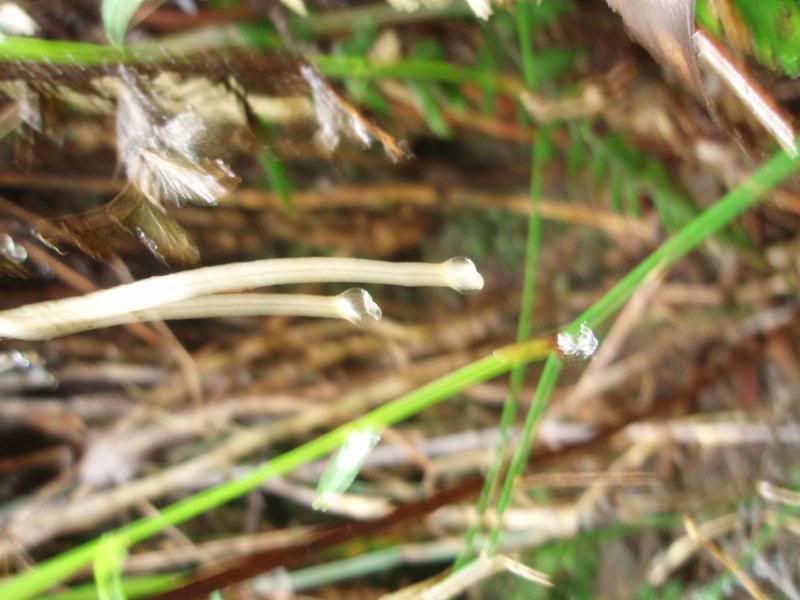
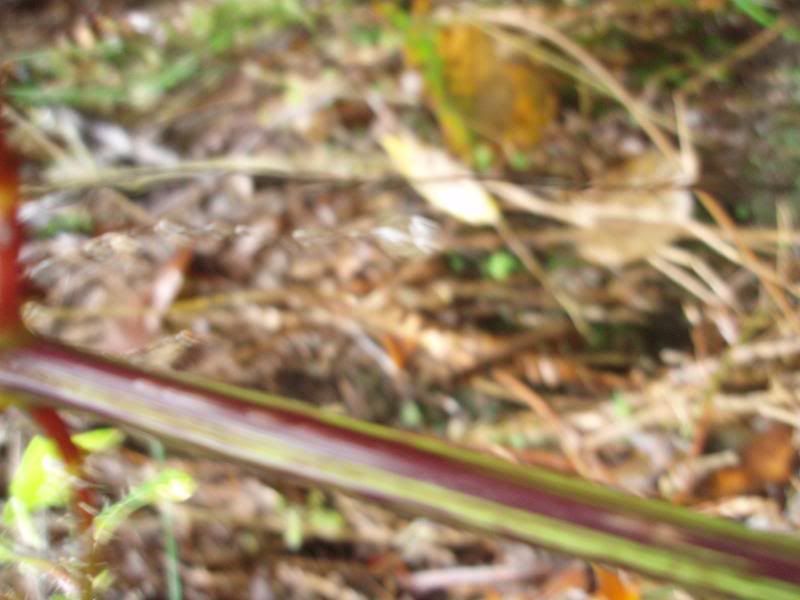



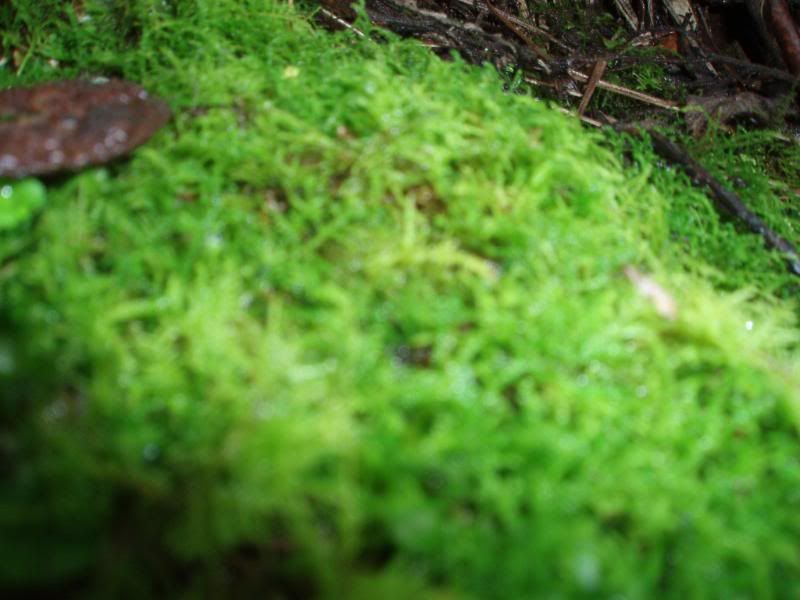

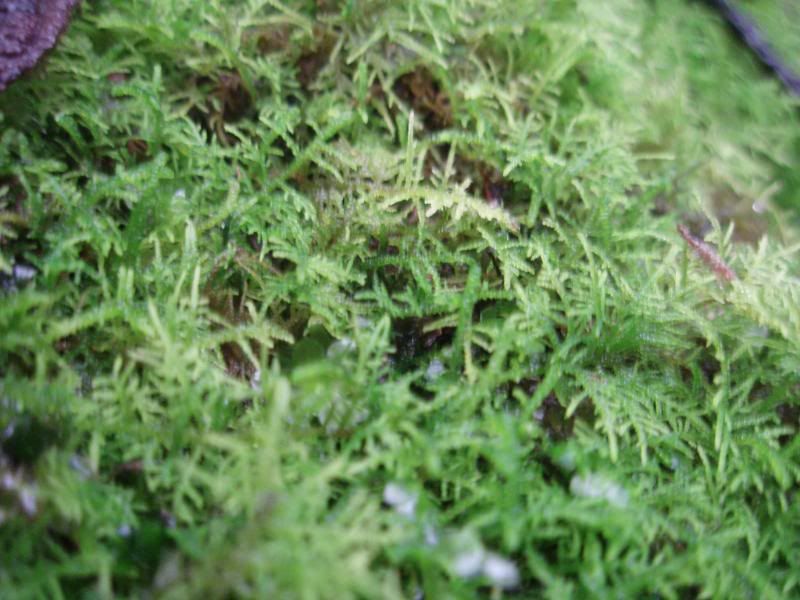

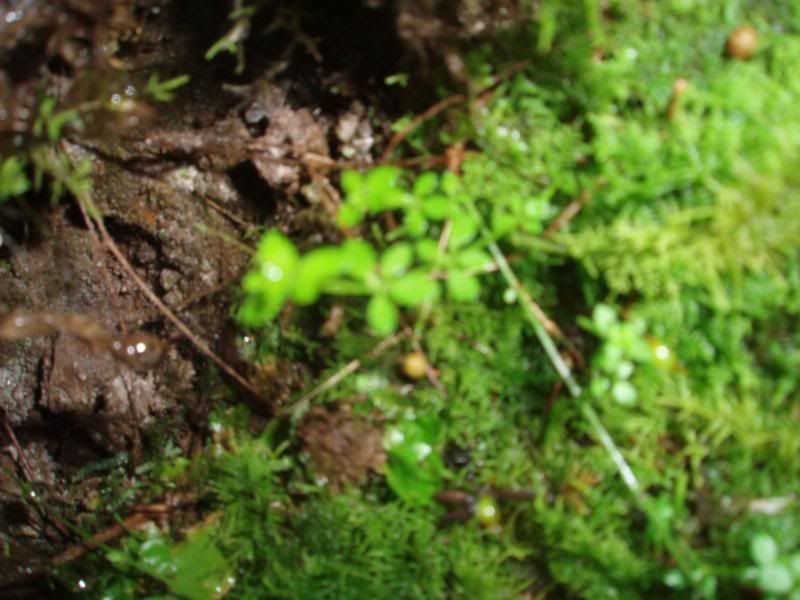

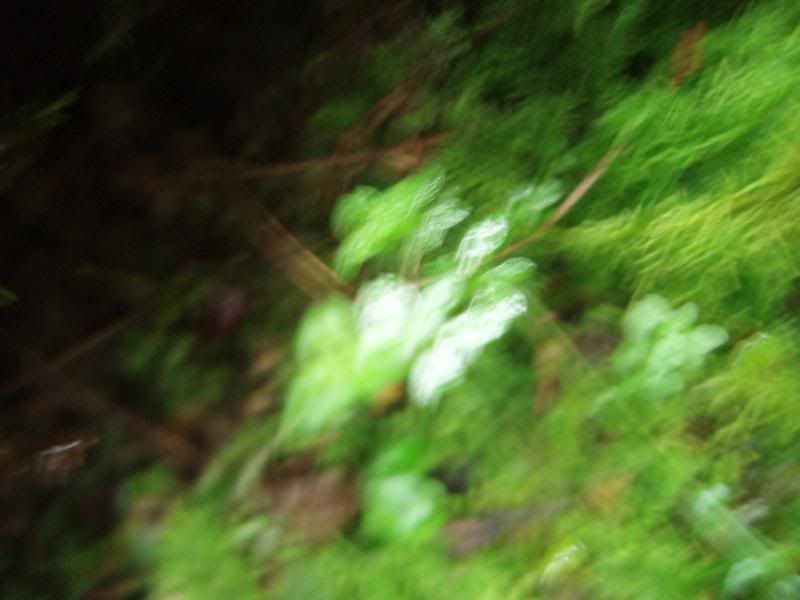
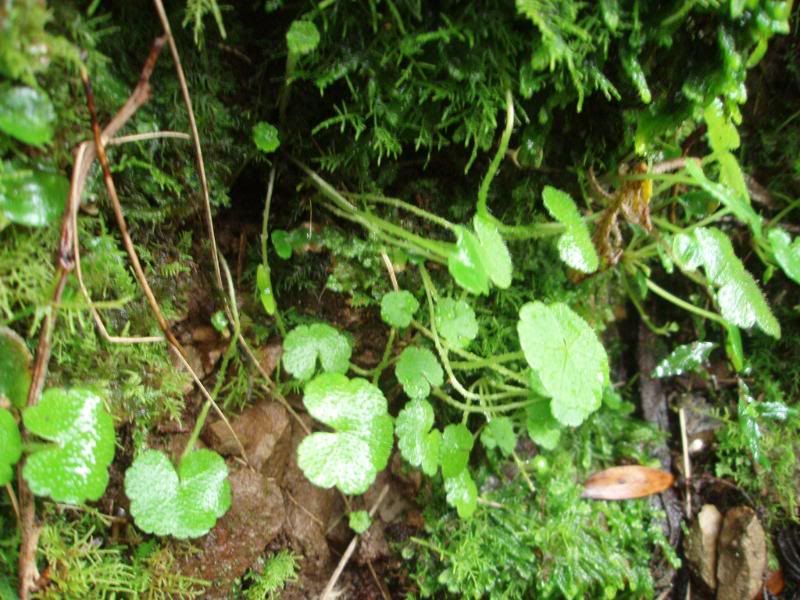

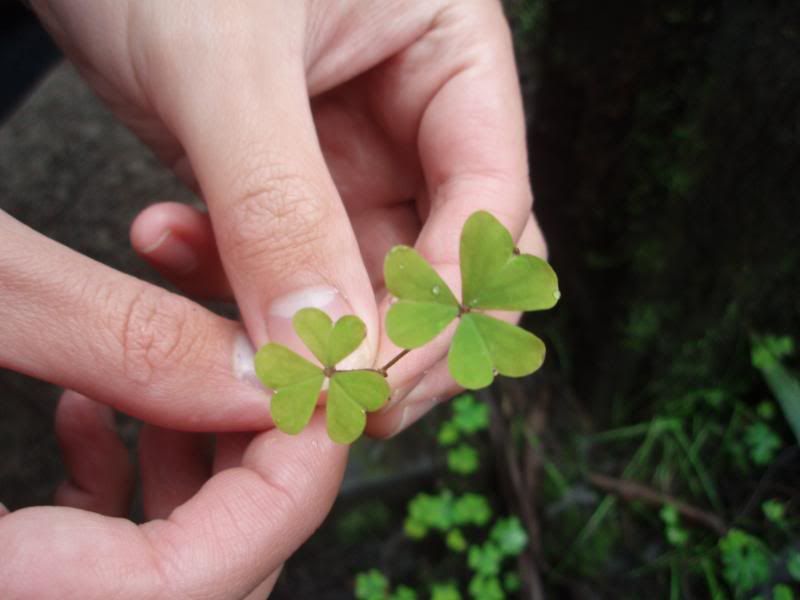
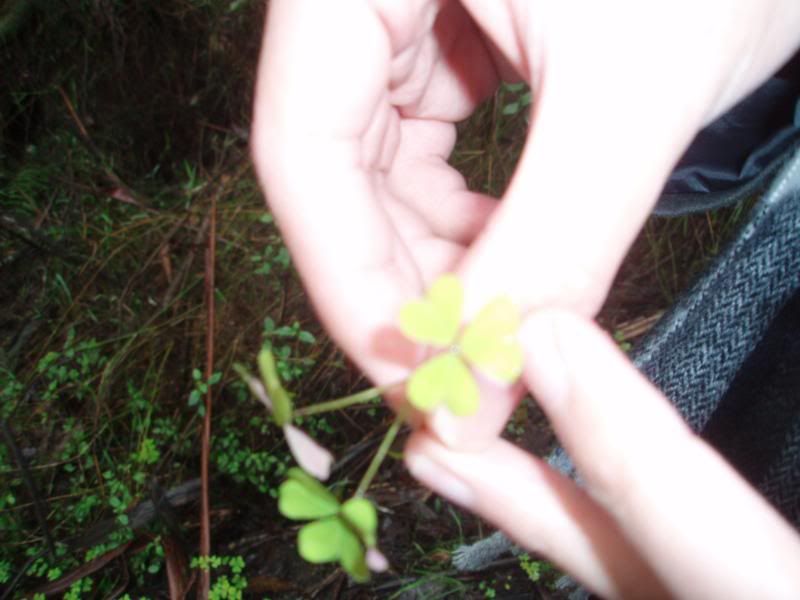

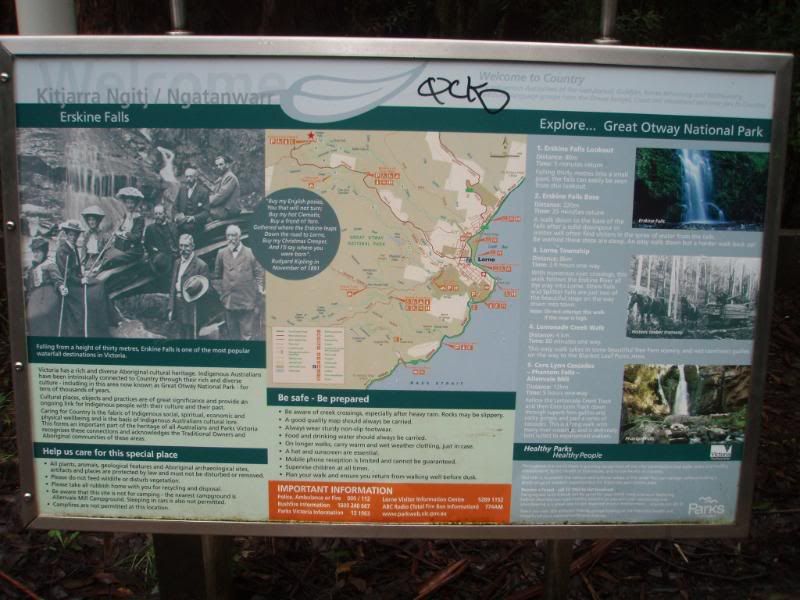
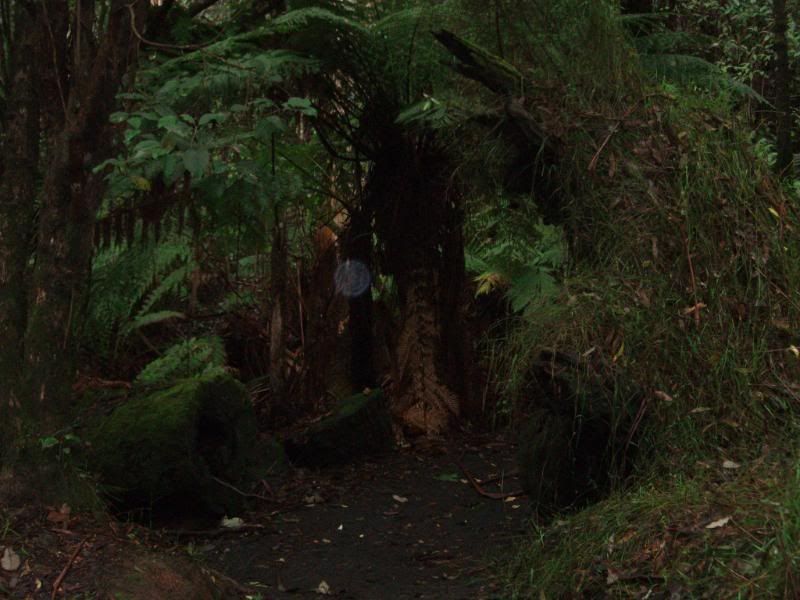

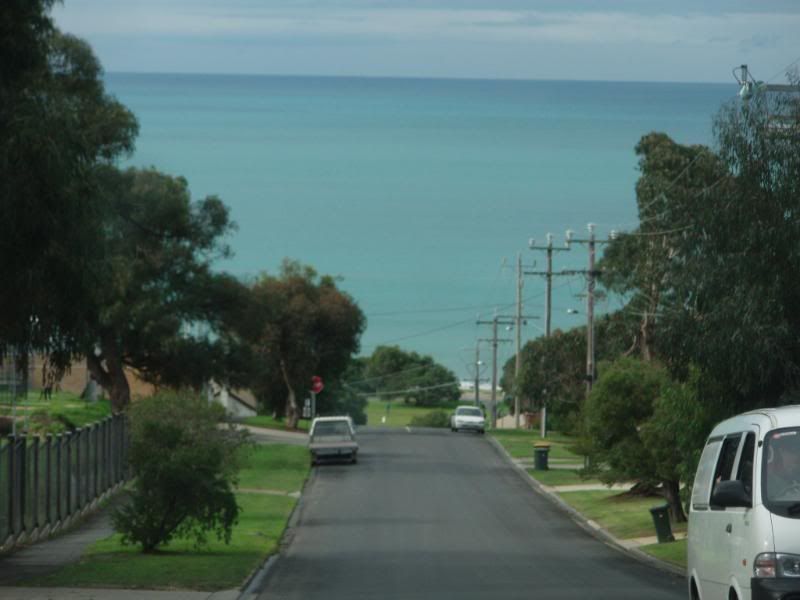

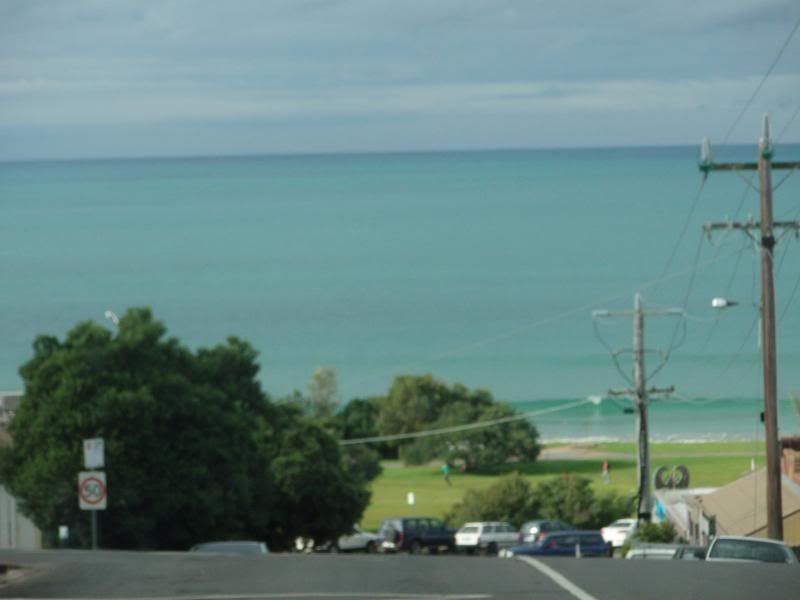
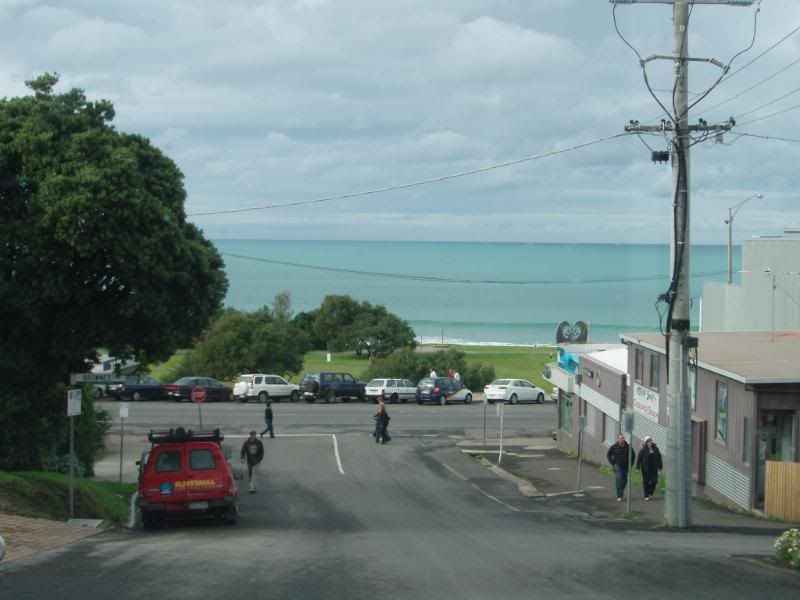
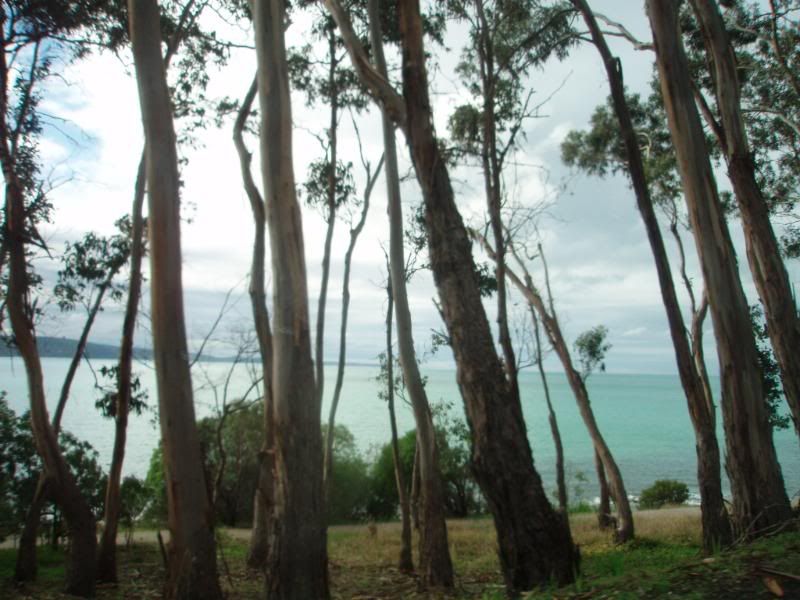
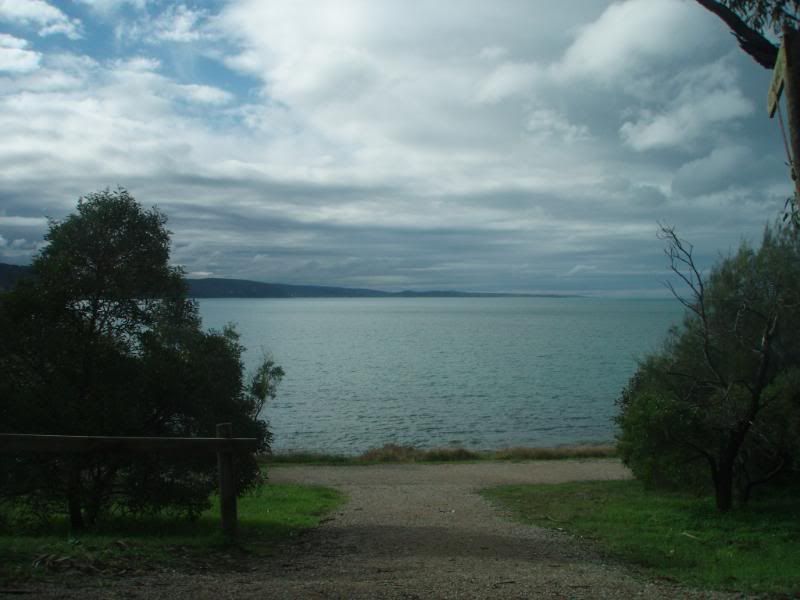
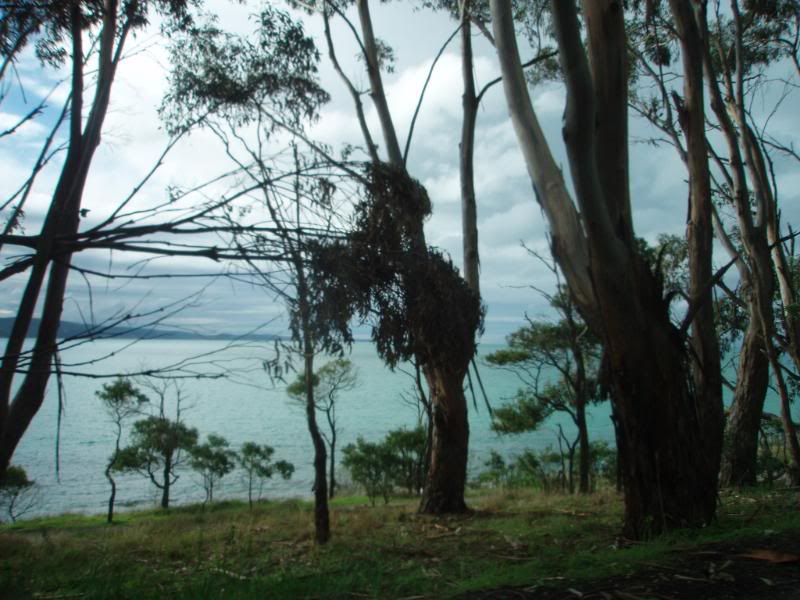

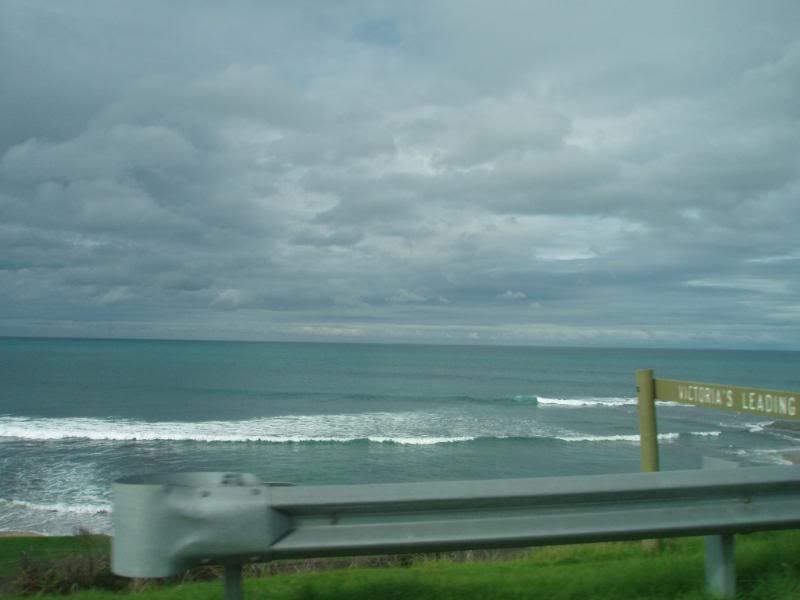
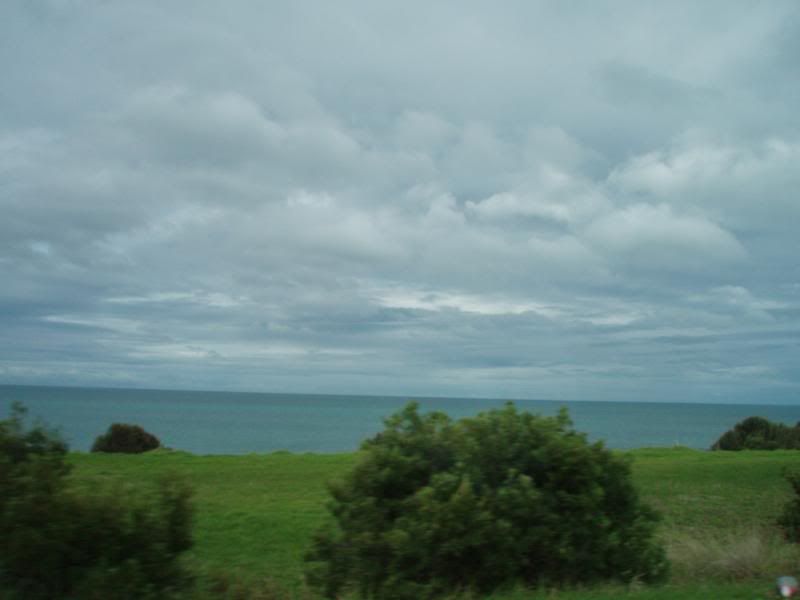

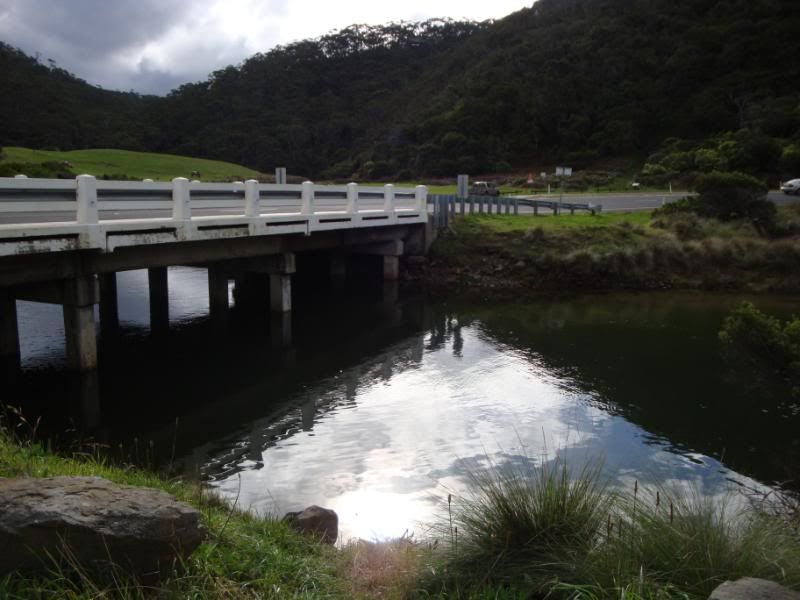
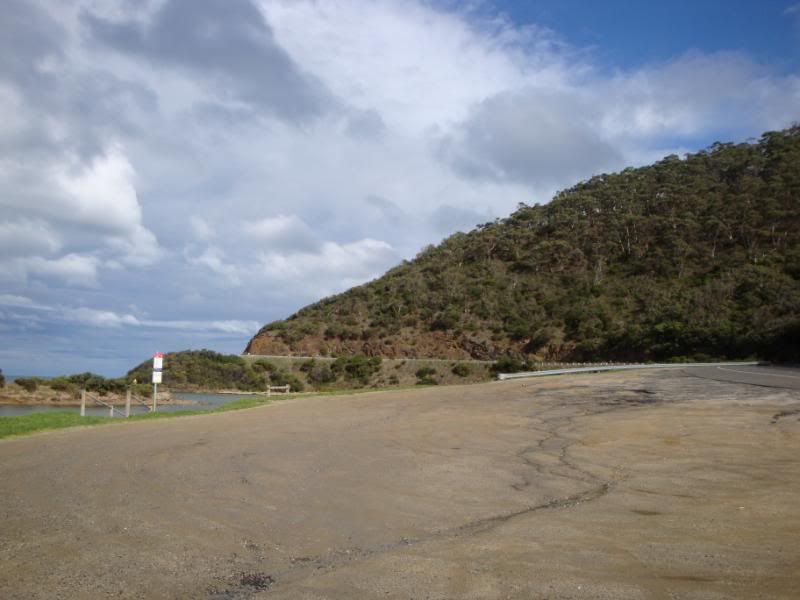
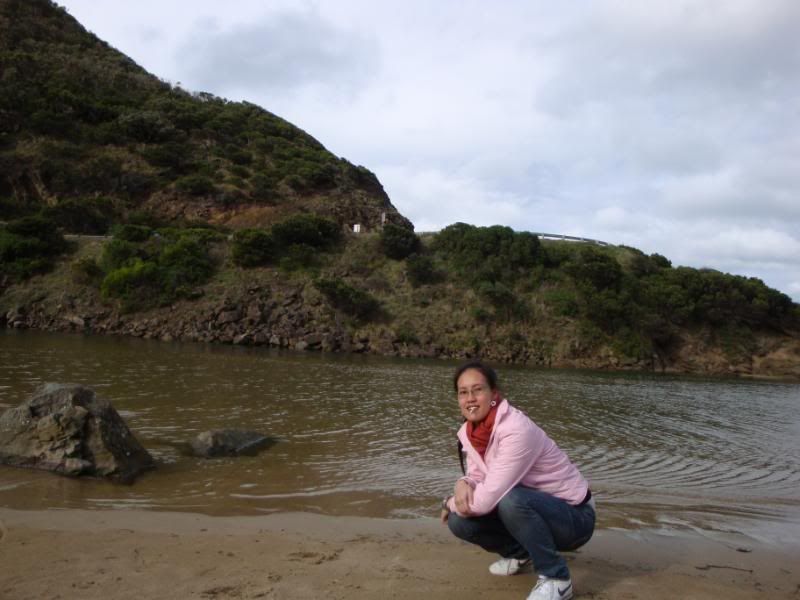


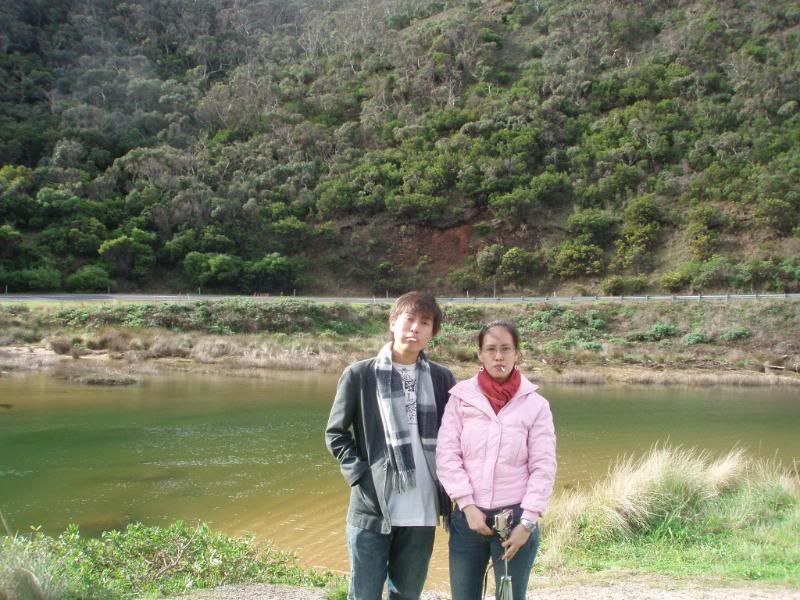
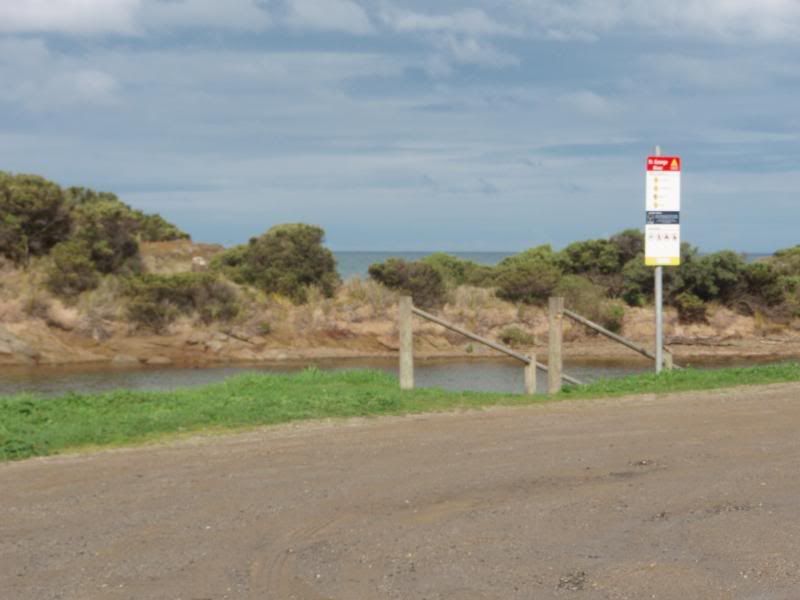

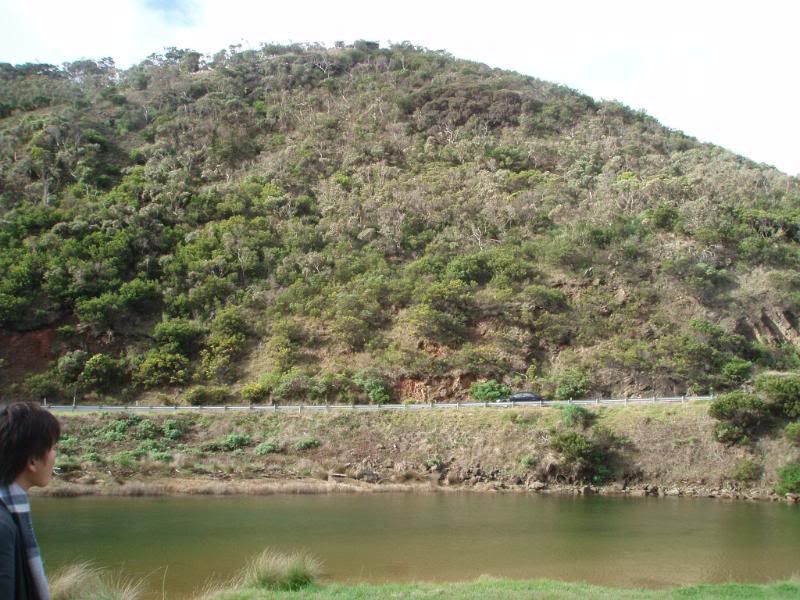
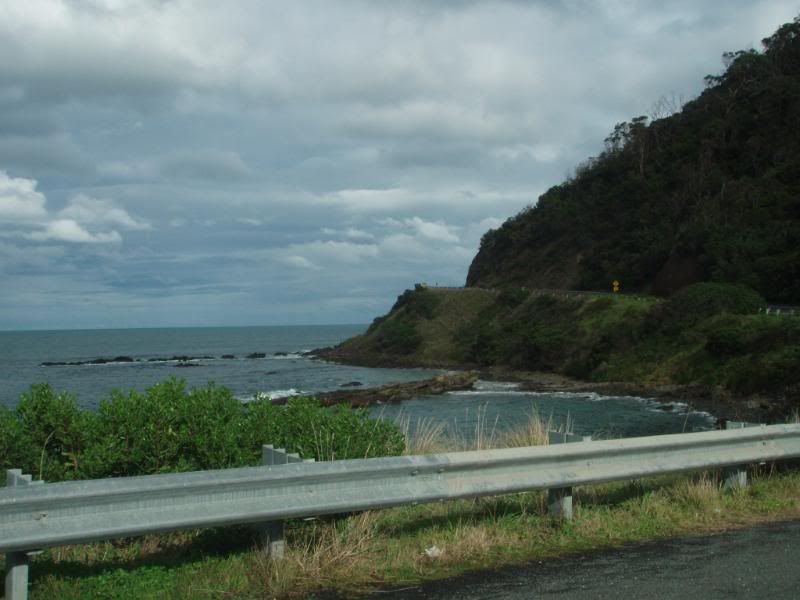

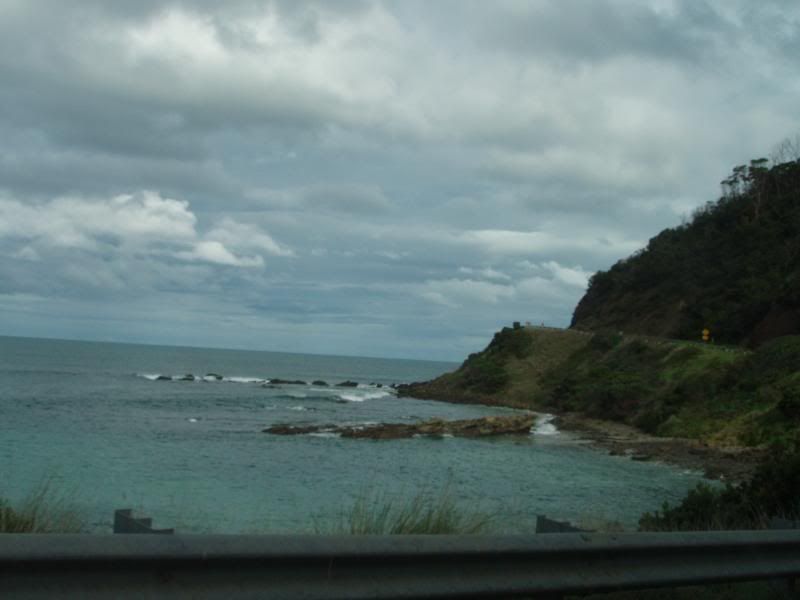
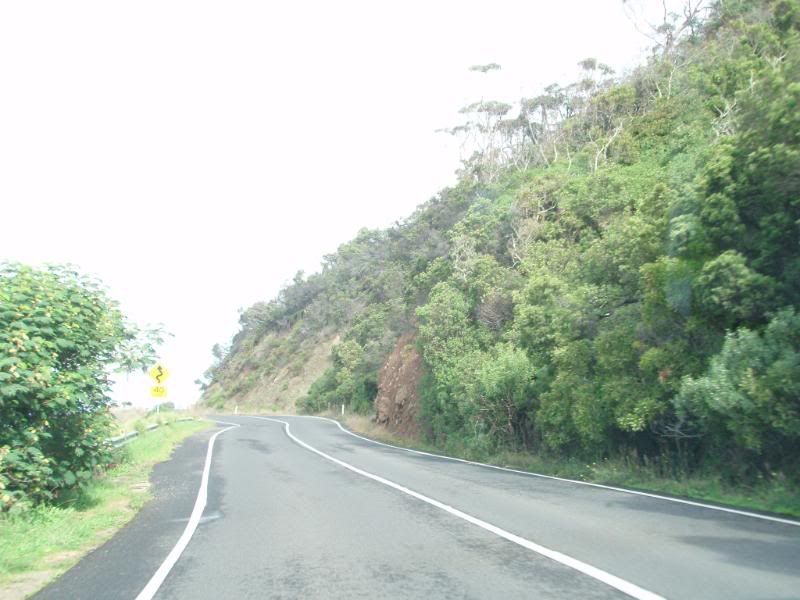
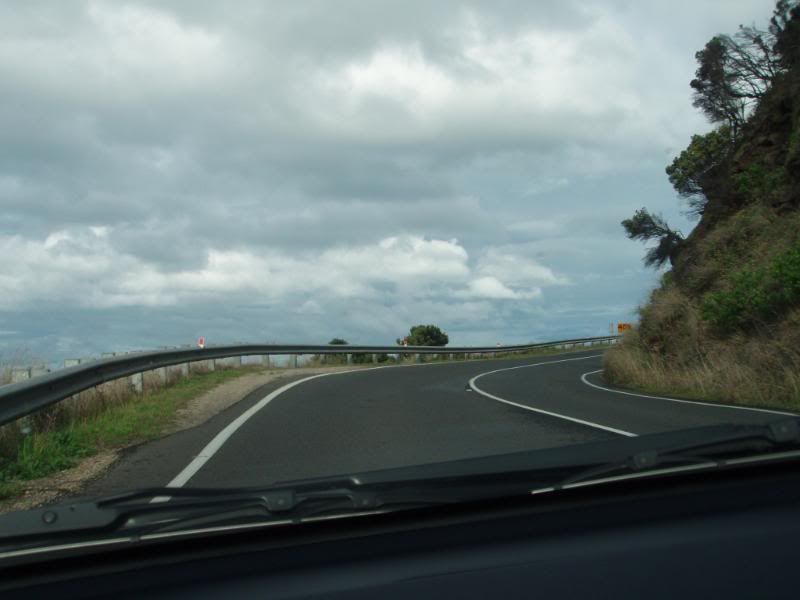
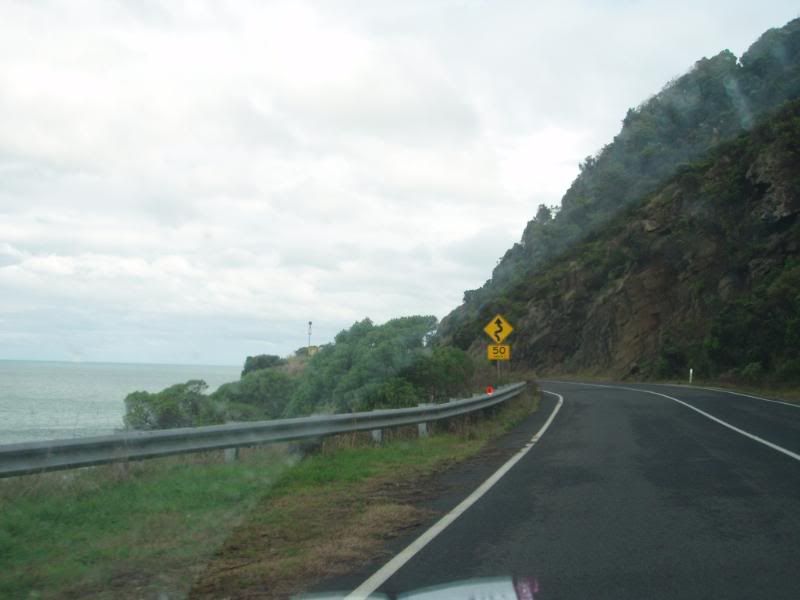
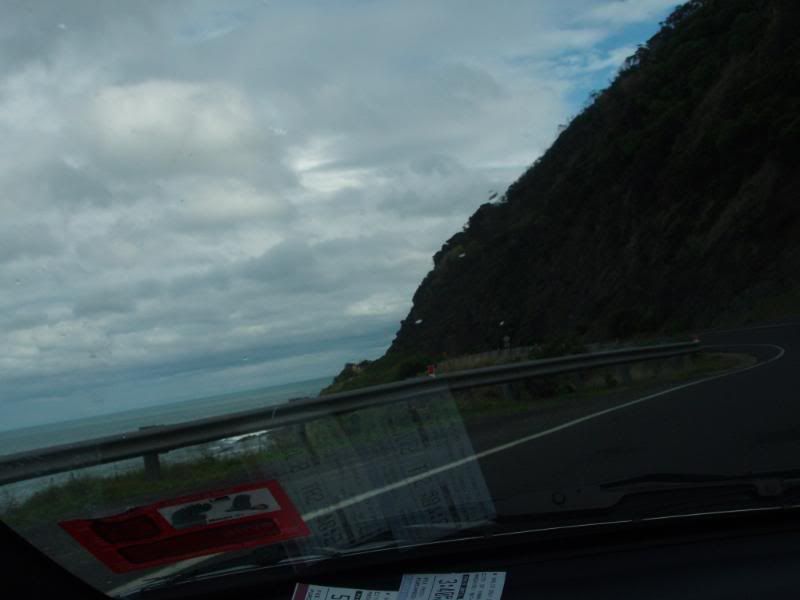
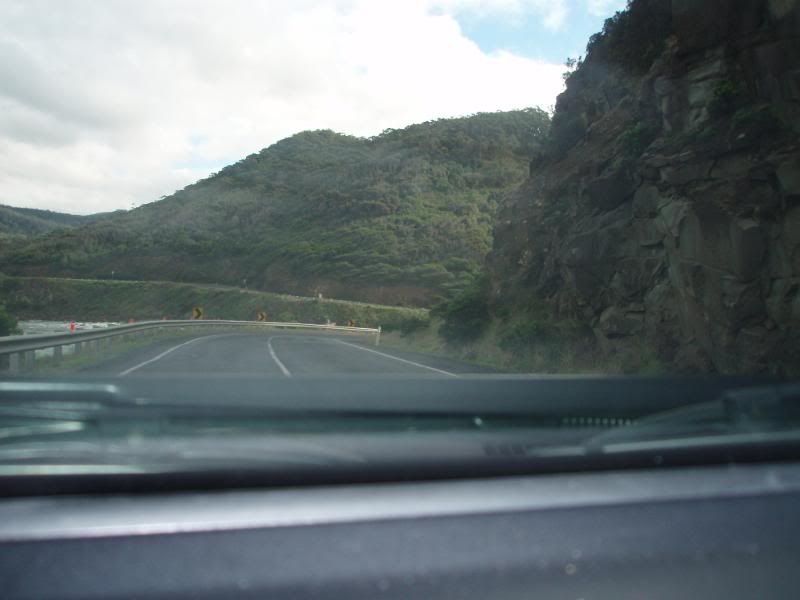
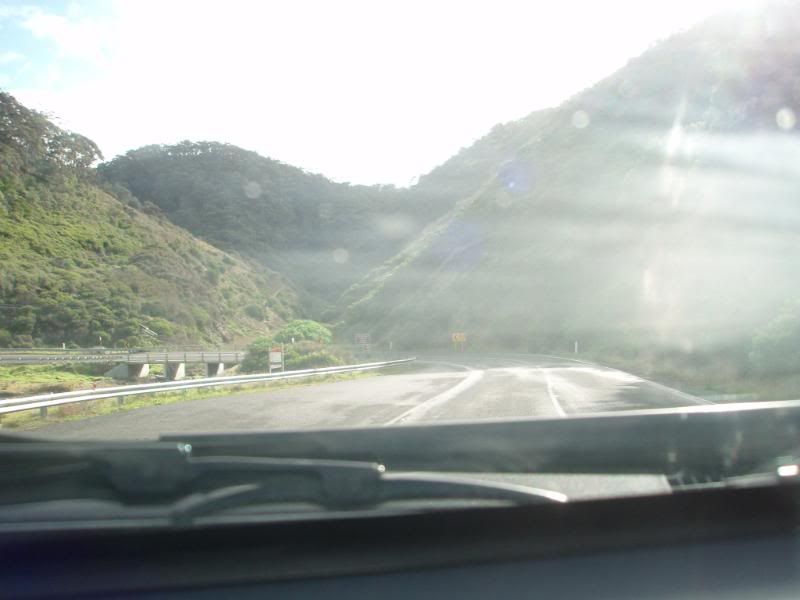
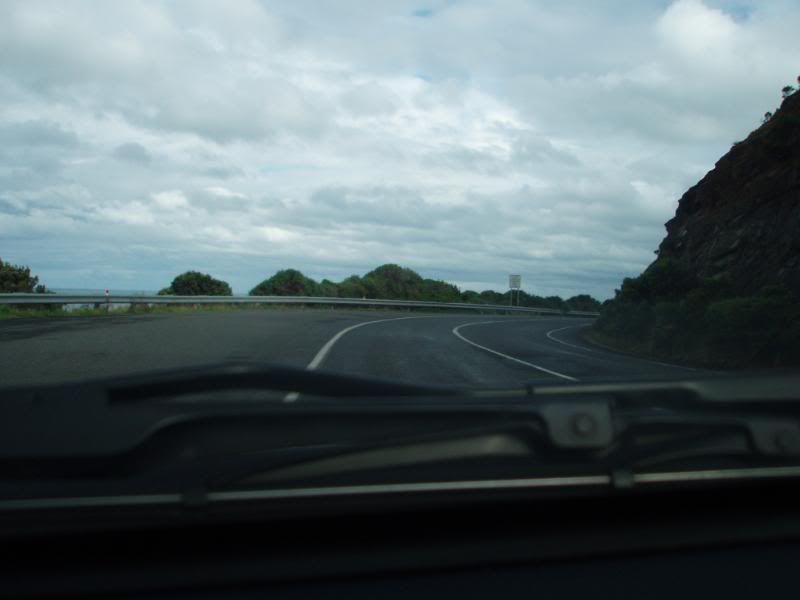
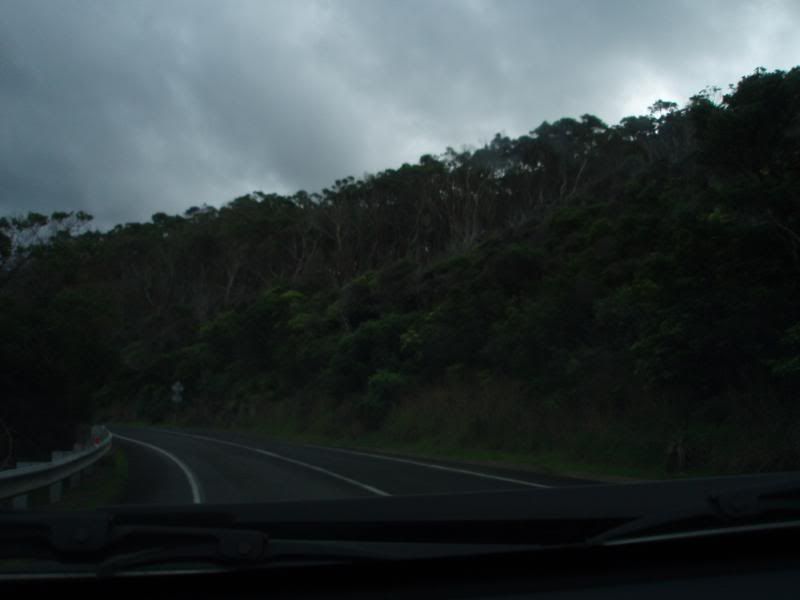
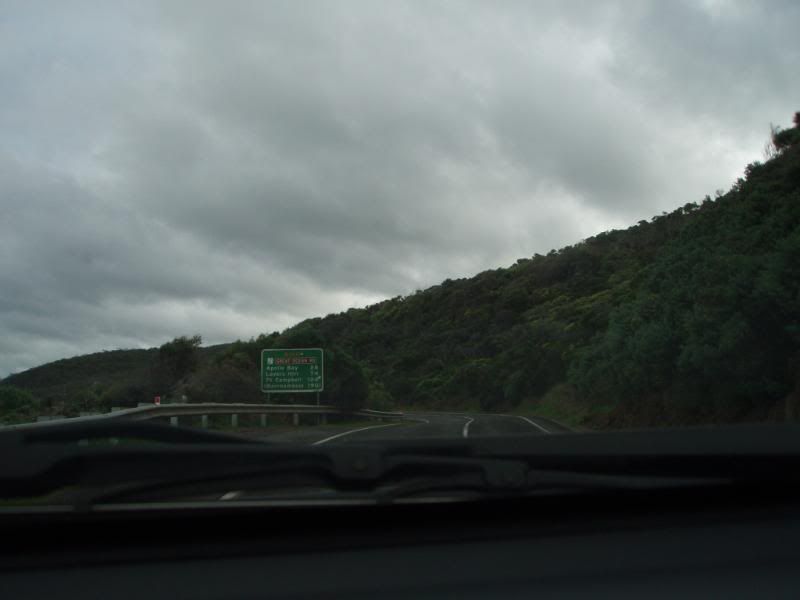
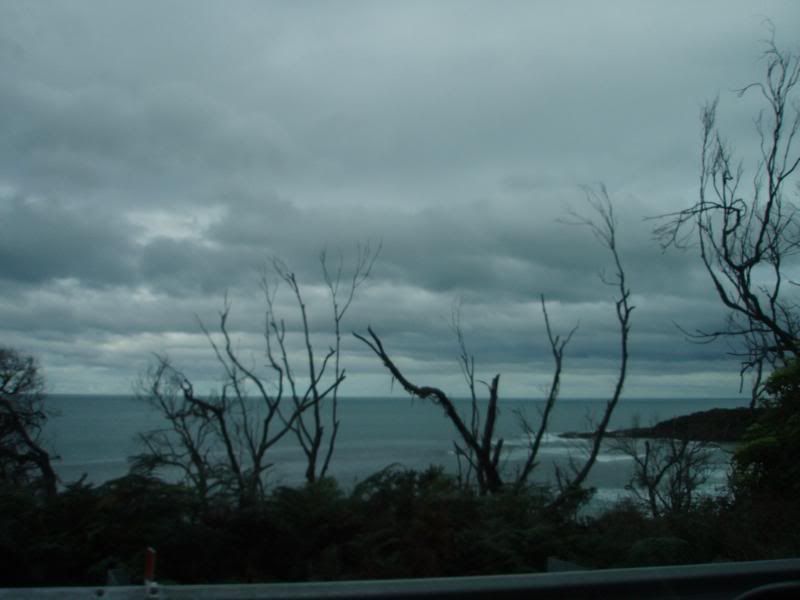
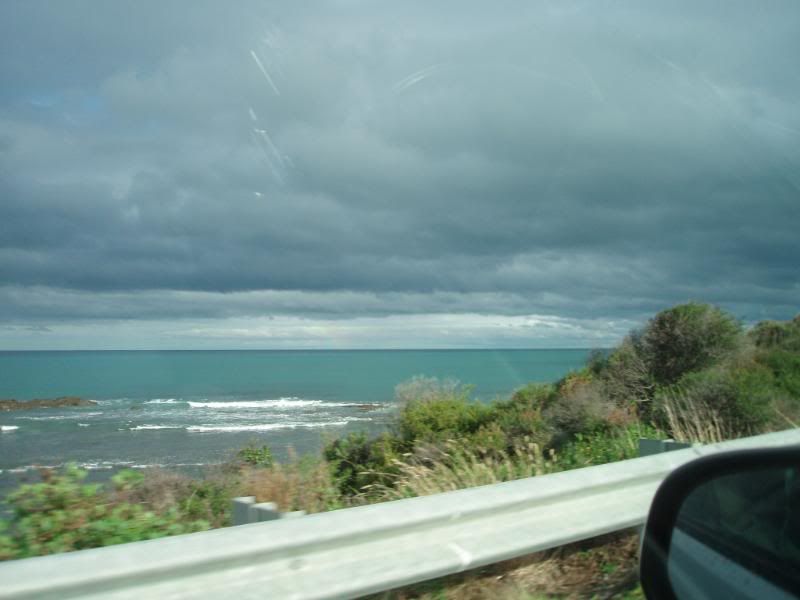


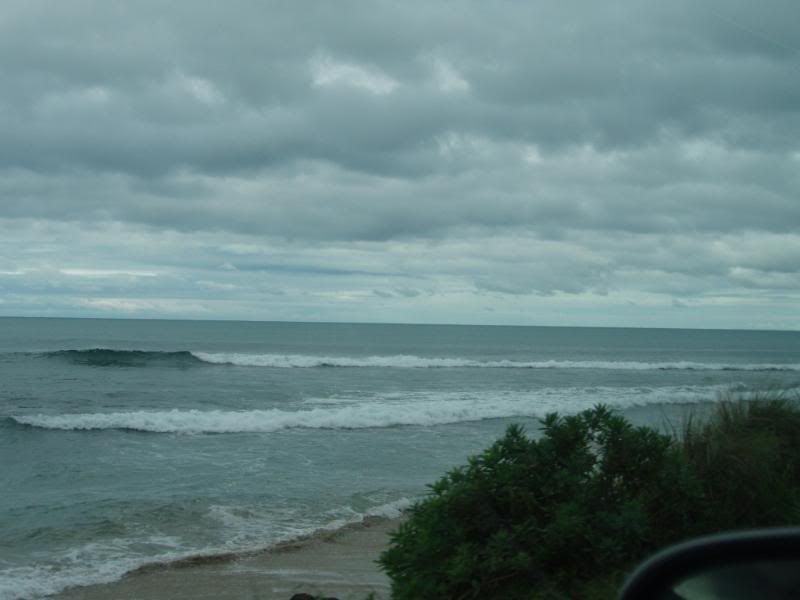
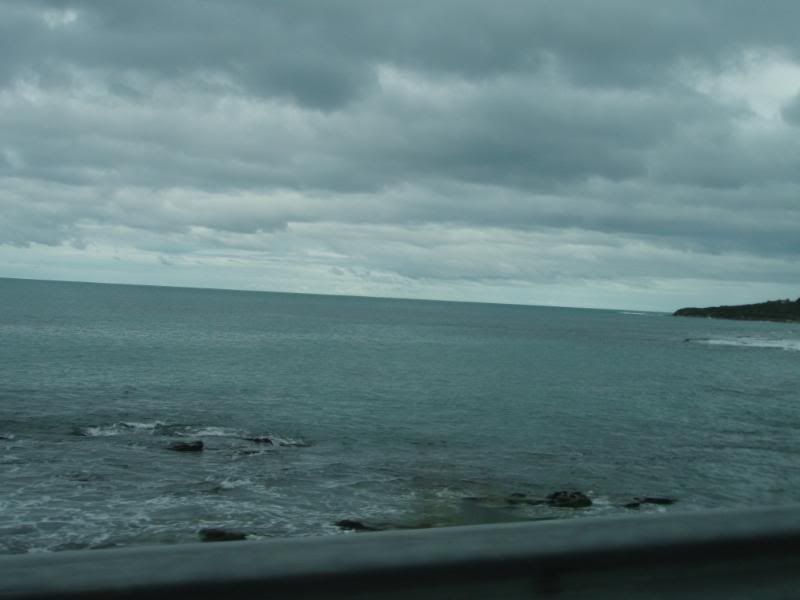
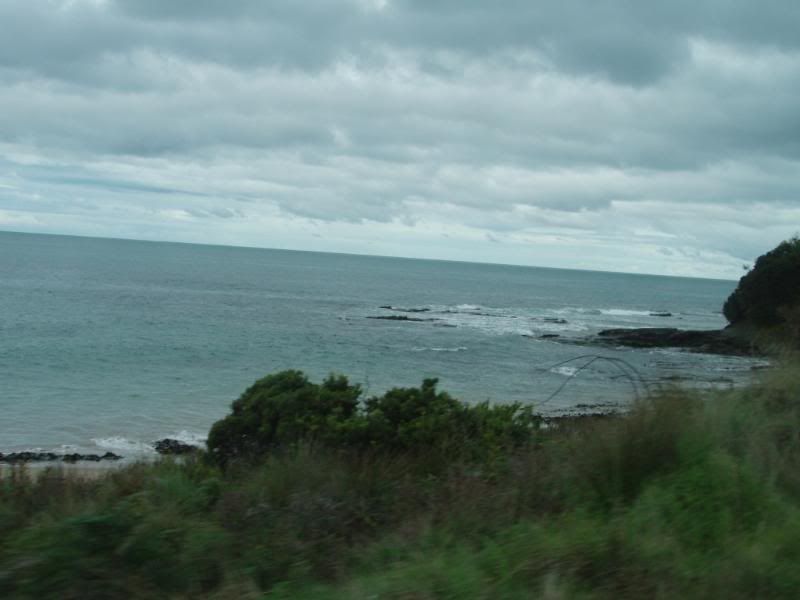
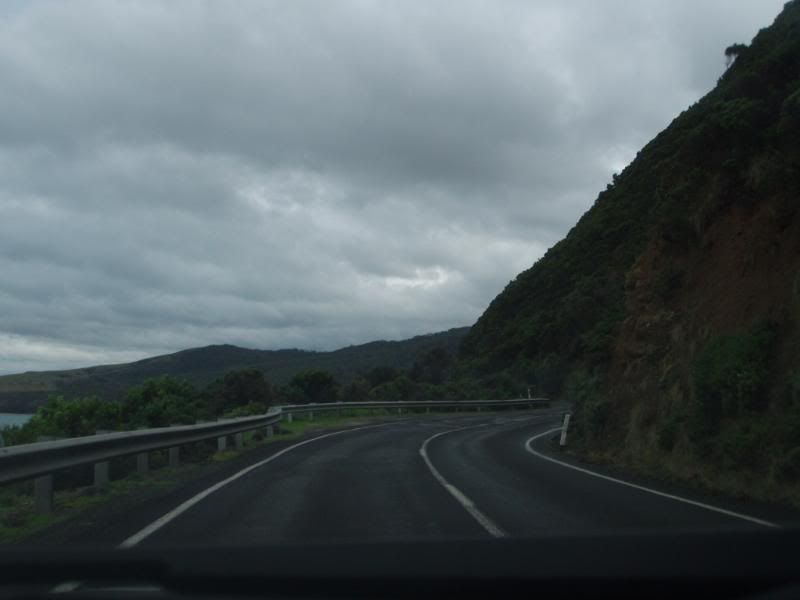
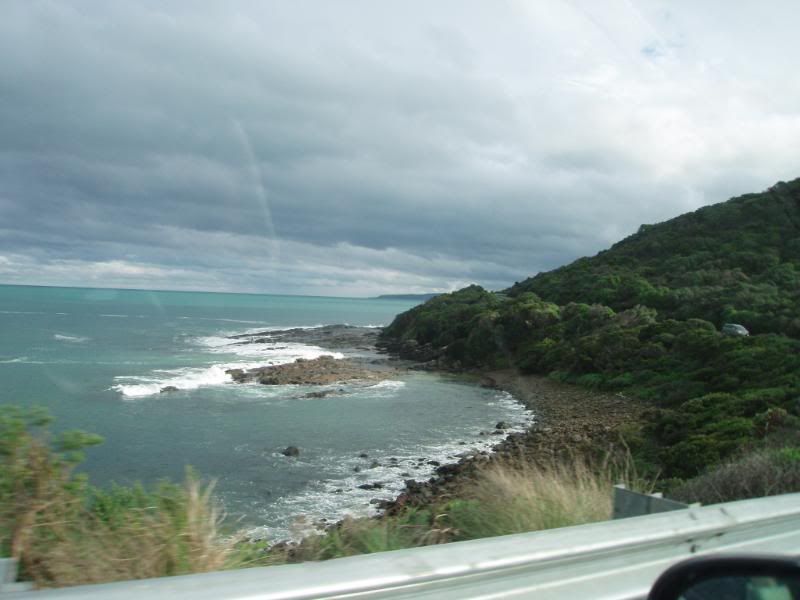
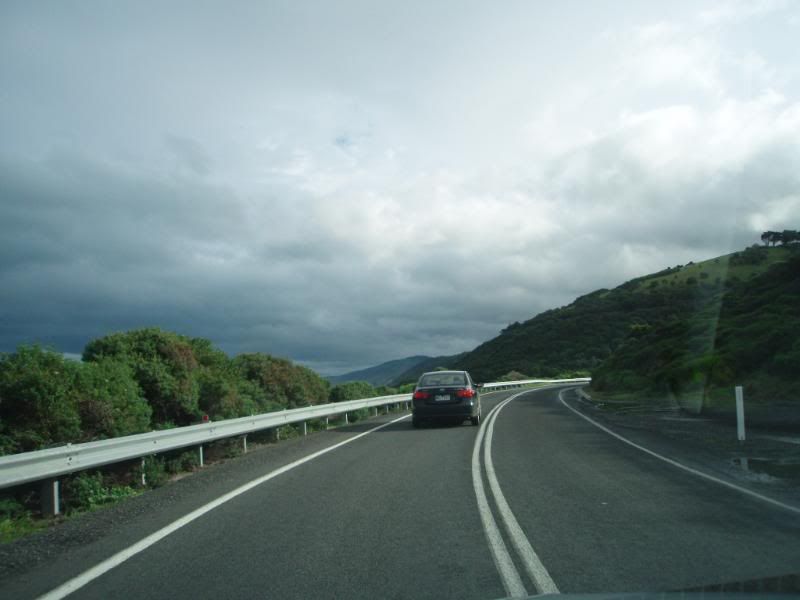
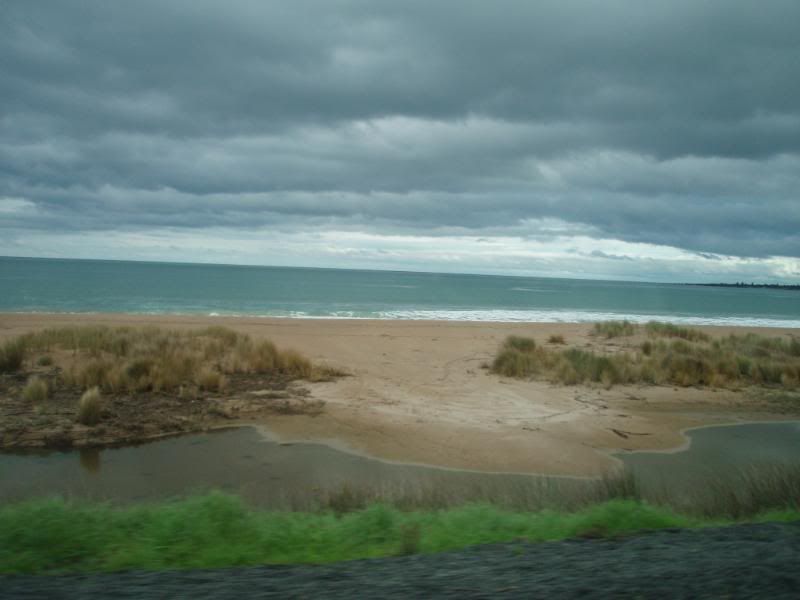
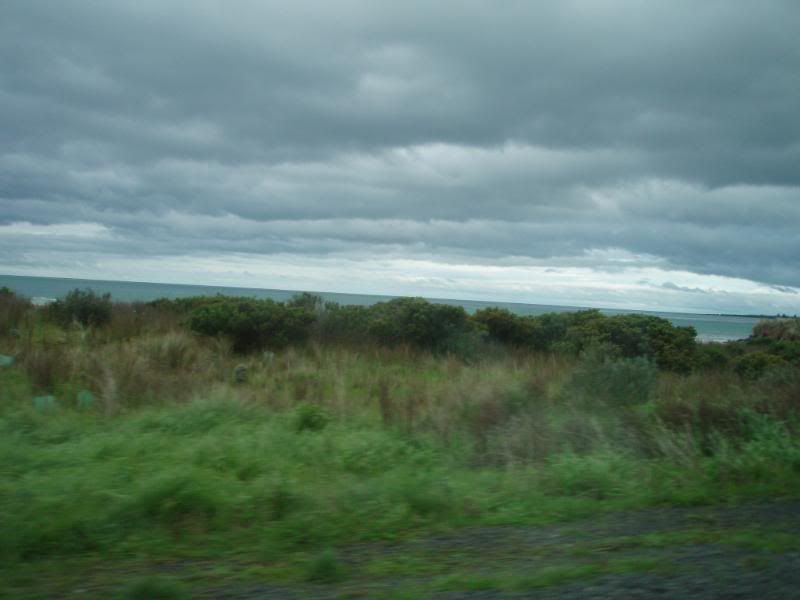
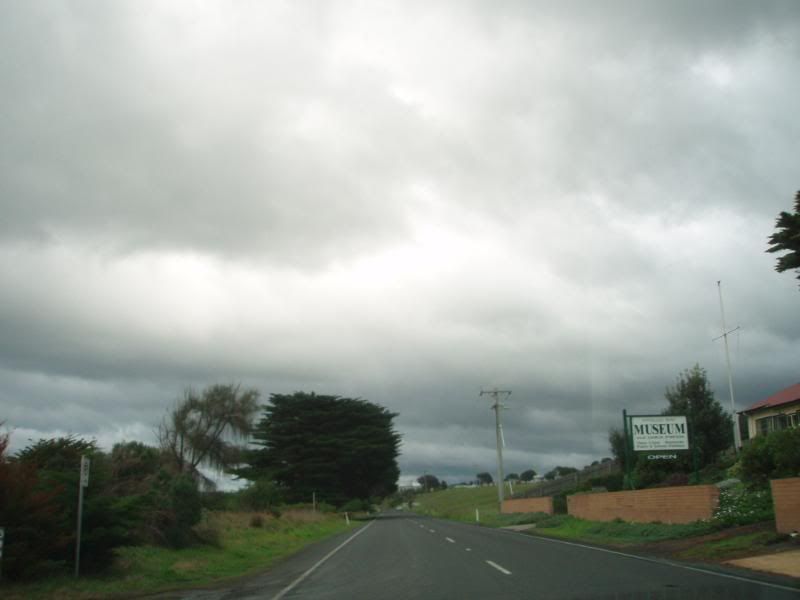
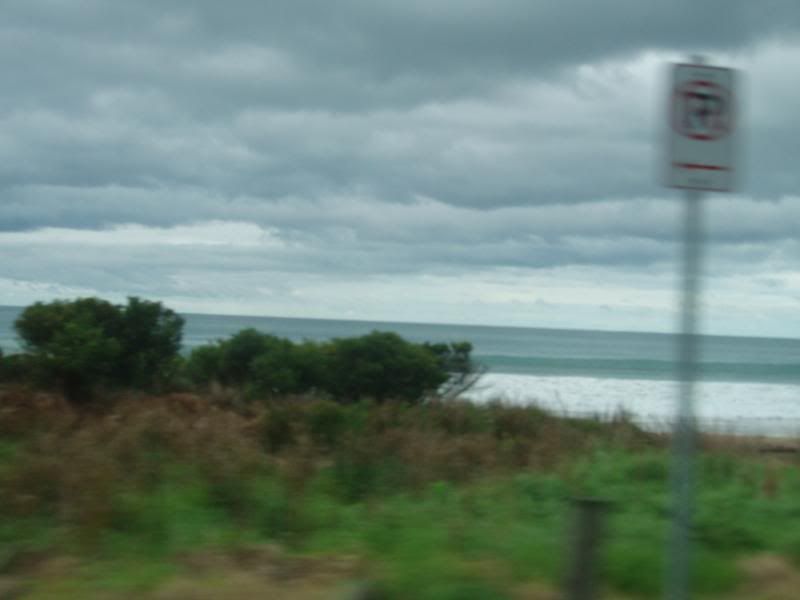
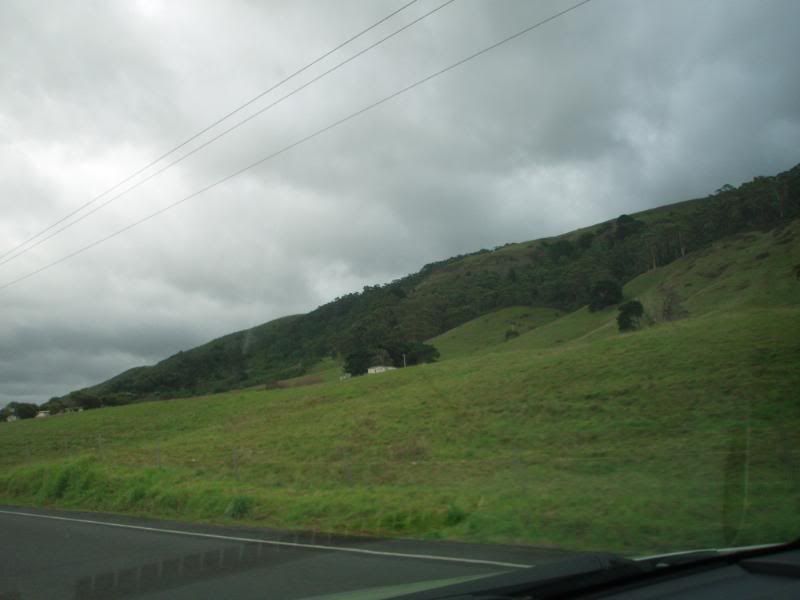
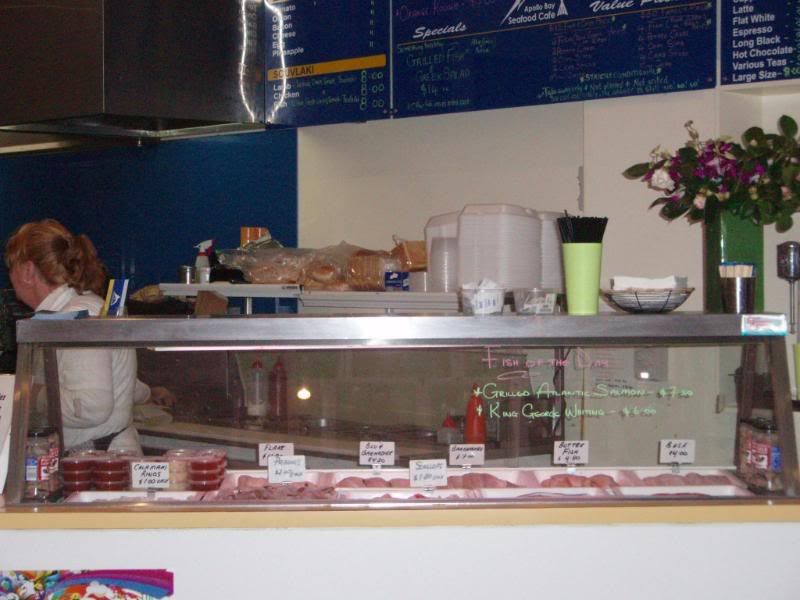
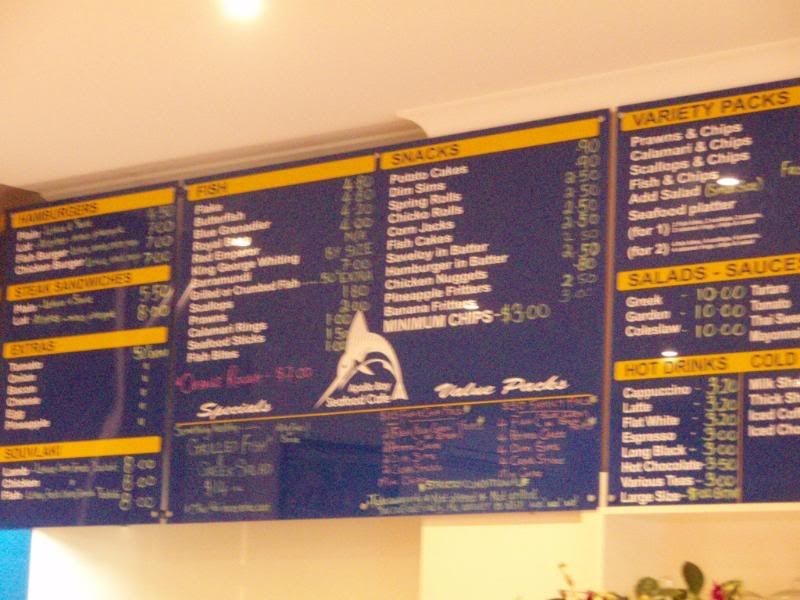
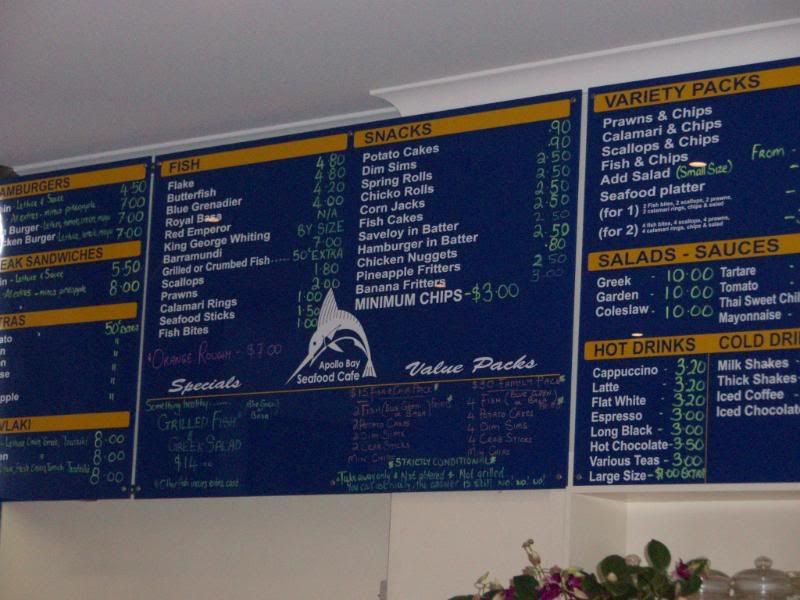

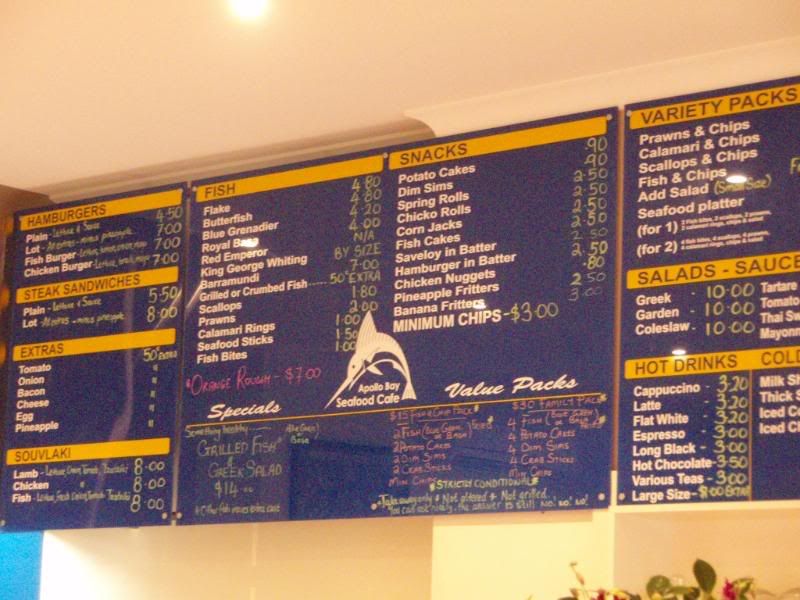
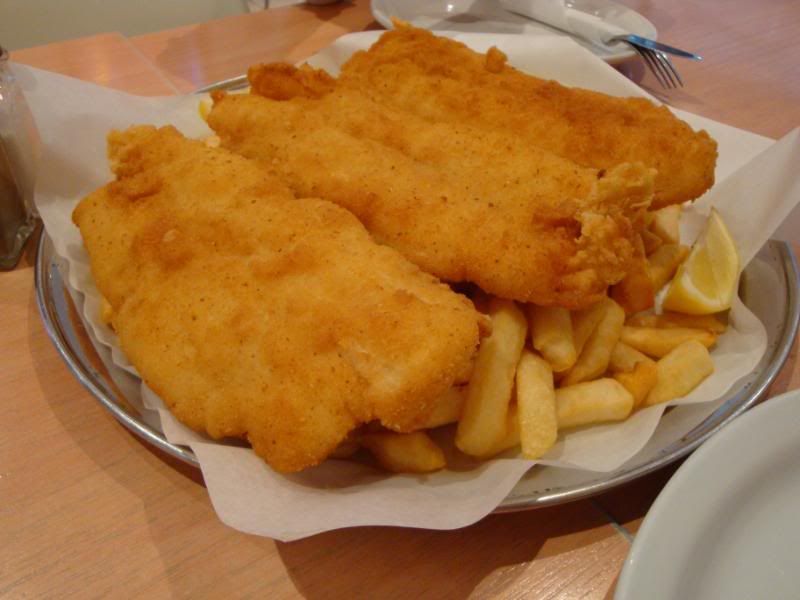
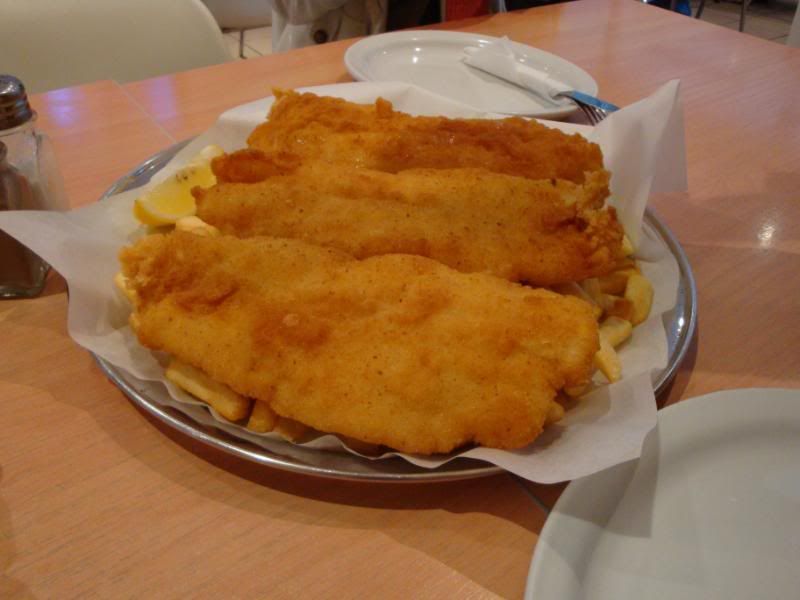
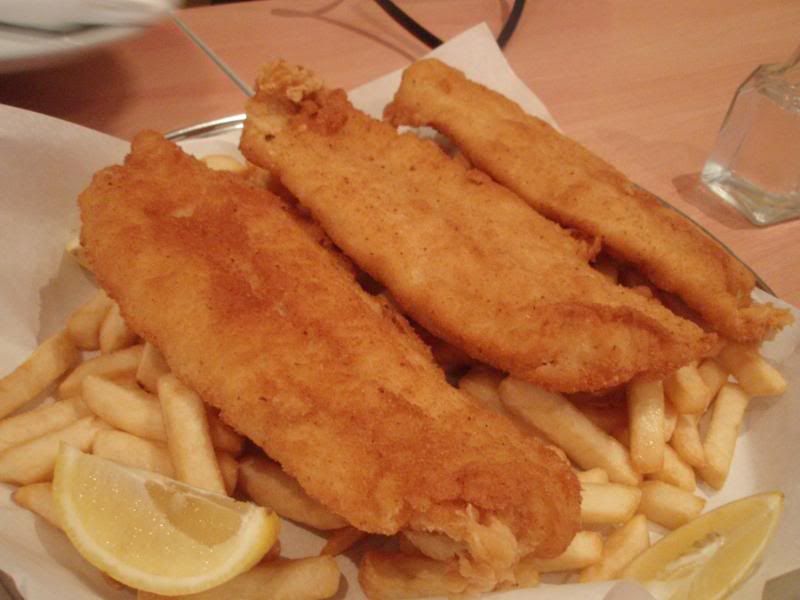
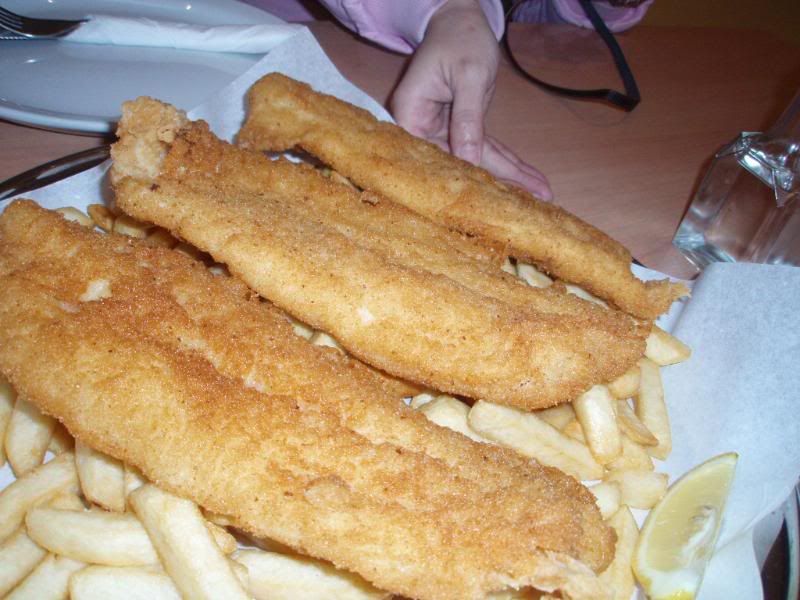
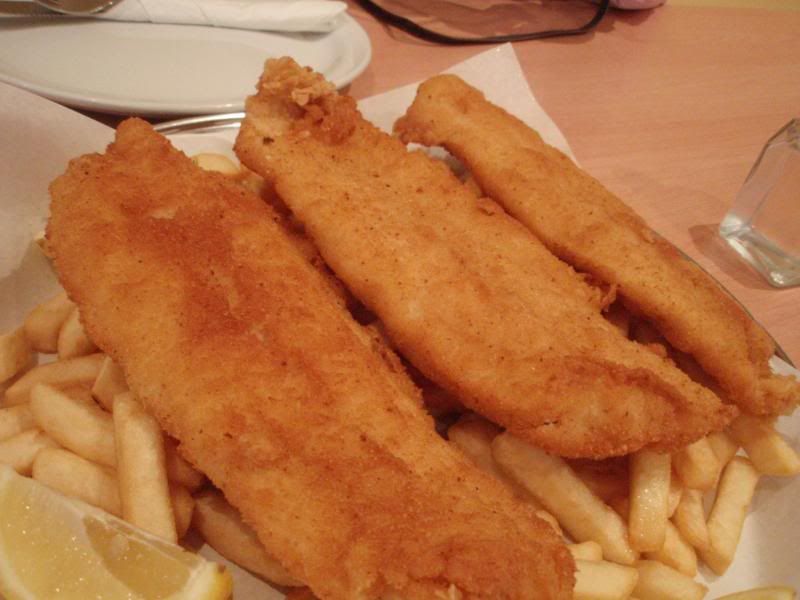


The Twelve Apostles
The Twelve Apostles are between the towns of Port Campbell and Princetown on the Great Ocean Road. In the early 2000s a visitor centre was built on the inland side of the road to allow for easy parking and access to the best viewing area.Helicopter rides around the formations are also available.
Located seven kilometres east of Port Campbell, the Twelve Apostles Marine National Park is Victoria's second largest Marine National Park and covers 7,500 hectares along approximately 17 kilometres of coastline. The park extends out from the renowned Twelve Apostles and includes some of Victoria's most spectacular underwater scenery. There are rich intertidal and subtidal invertebrate communities, dramatic underwater arches, canyons, fissures, gutters and deep sloping reefs.
The Great Ocean Road region hugs the contours of Victoria's rugged south west coast and offers visitors one of Australia's greatest and most spectacular coastal drives.
Start your journey in Geelong and the Bellarine Peninsula and discover beautiful beaches, great eateries, a fascinating heritage and an enormous range of recreational opportunities from fishing and golfing to diving and surfing. Take in the colourful and lively ambience of bayside Geelong, Victoria's second largest city, or visit quaint Queenscliff and discover the town's rich maritime history, excellent restaurants and heritage hotels.
Along the coast, seaside resort towns such as Lorne and Apollo Bay are the perfect base for a seaside escape. They offer stunning beaches and water sports as well as some of Australia's best rainforest scenery in the nearby Otway Ranges.
One of the most visited stretches of the road is Port Campbell. Buffeted by wild seas and fierce winds, the coastline around Port Campbell has been sculpted over millions of years to form a series of striking rock stacks that rise out of the Southern Ocean. Known as the Twelve Apostles, they are one of the most spectacular natural attractions in Victoria.
The Great Ocean Road region also has a rich maritime past. Historic towns such as Warrnambool, Port Fairy and Portland allow you to enjoy seafaring village life, with their fishing wharves, beautifully preserved colonial buildings and maritime museums recounting the stories of ships that have foundered off the rugged shipwreck coast.
The Twelve Apostles are a collection of natural limestone stacks standing just off shore in the Port Campbell National Park, on the Great Ocean Road in Victoria, Australia. Their proximity to one another has made the site a popular tourist attraction. Originally the site was called the Sow and Piglets. Muttonbird Island near Loch And Gorge was the ‘Sow’ and the smaller rock stacks the ‘Piglets.’ The name was changed in the 1950s to the more majestic "The Twelve Apostles" to lure more visitors even though there were only nine left.
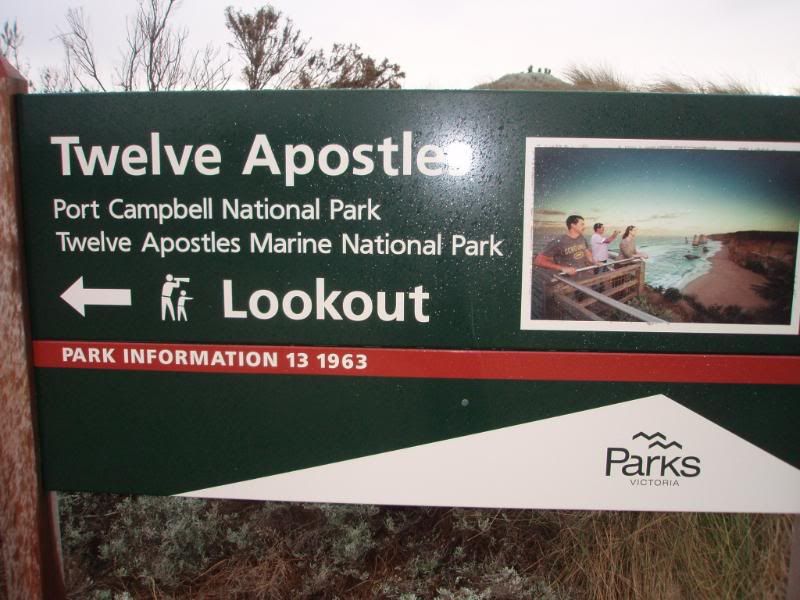
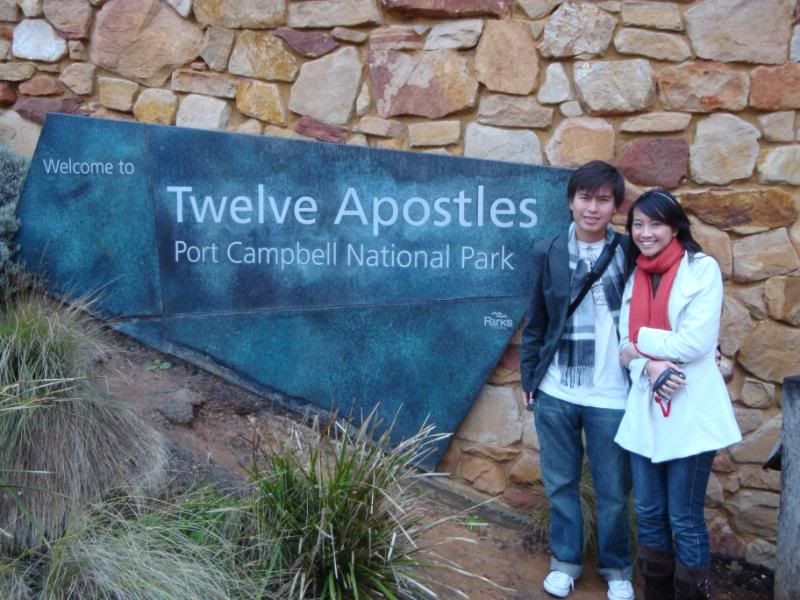
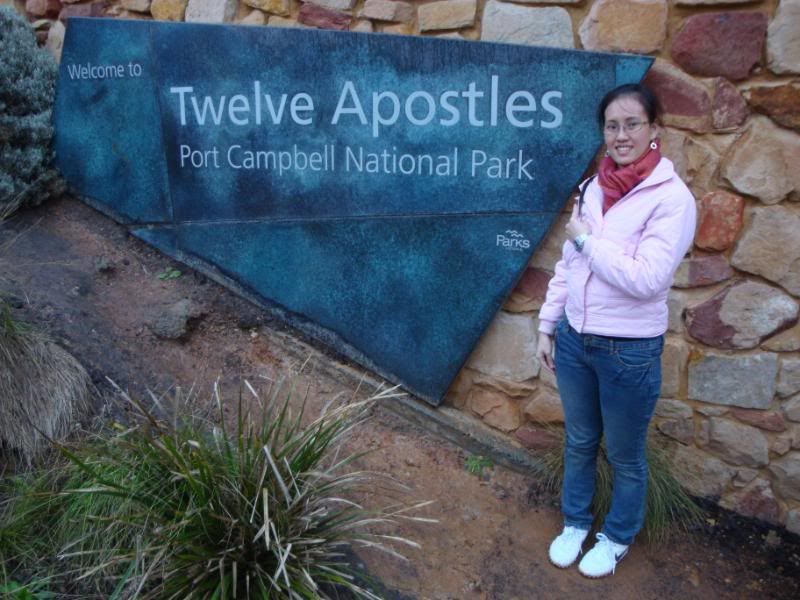
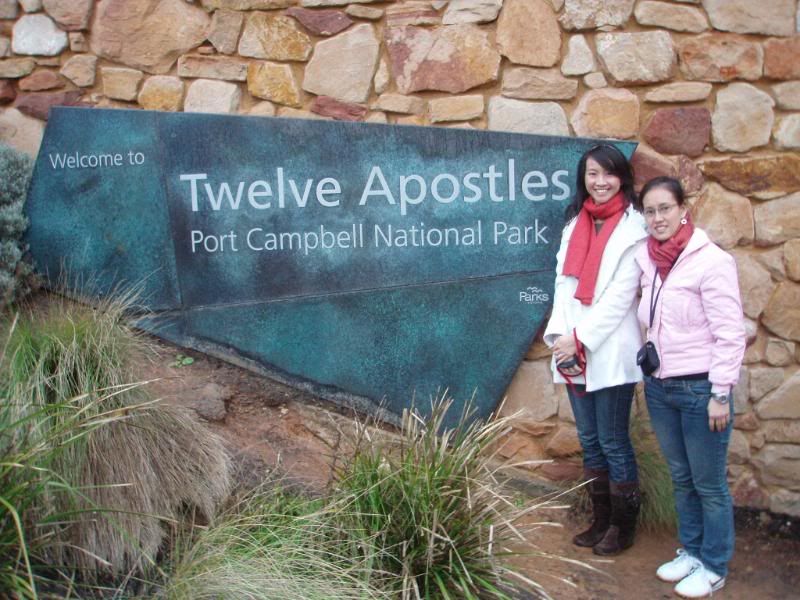

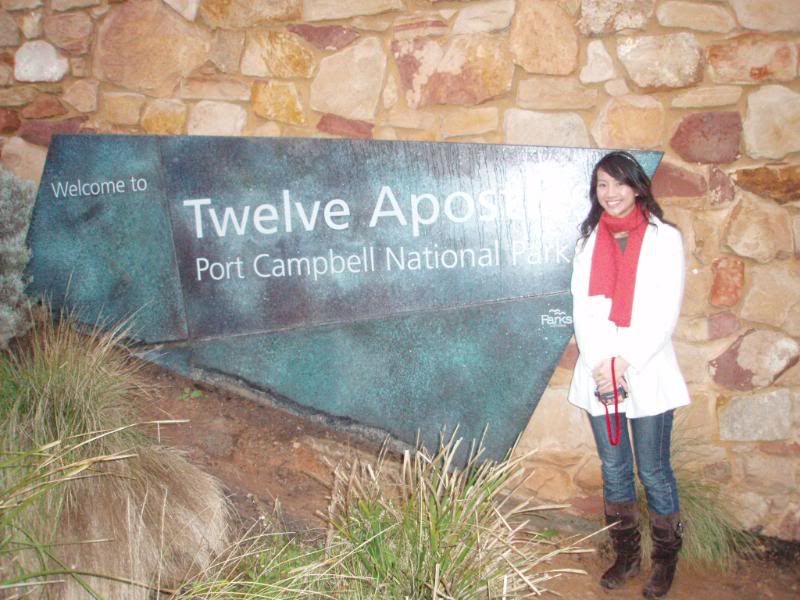
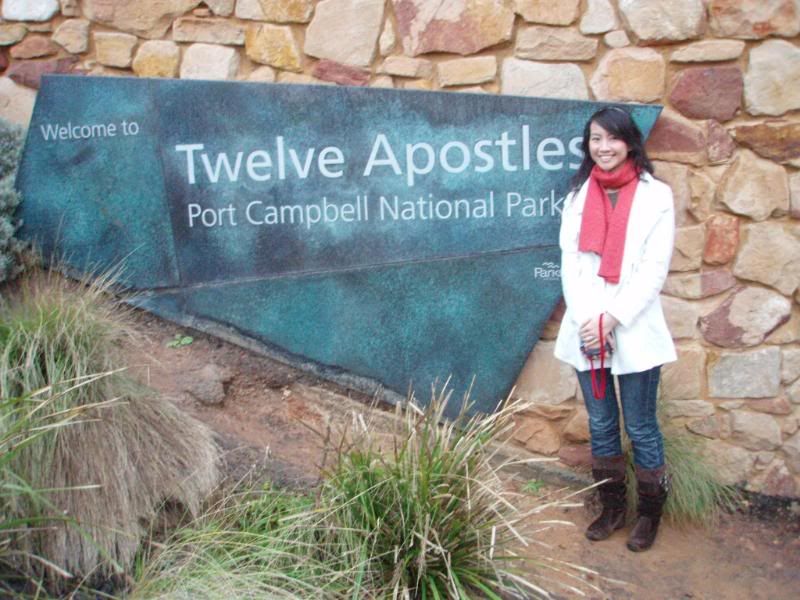
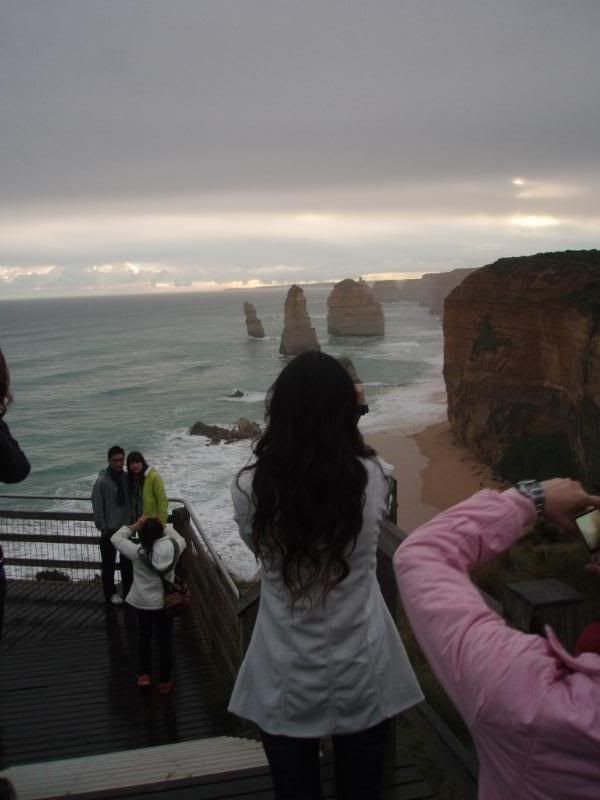
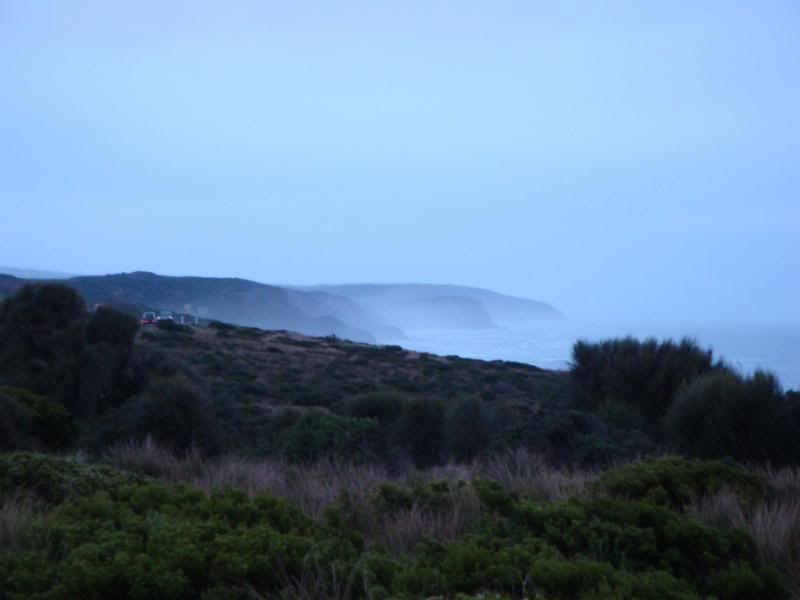
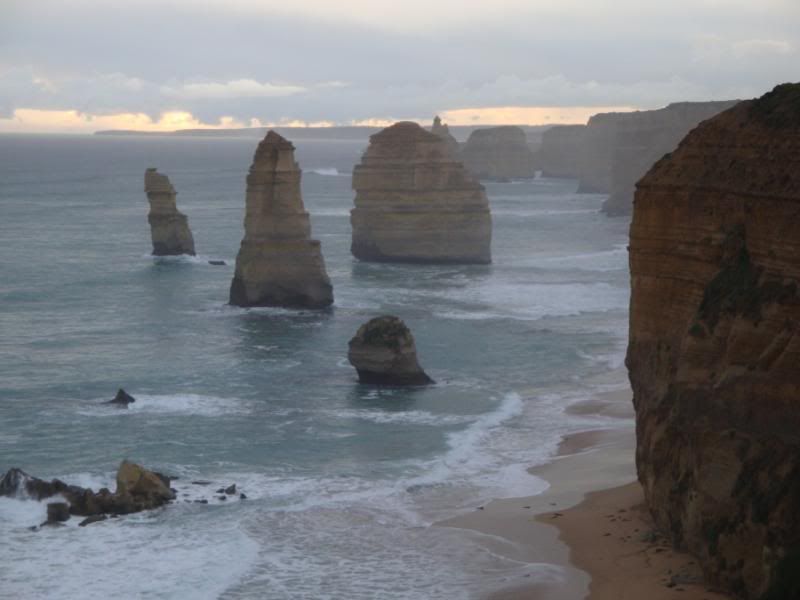

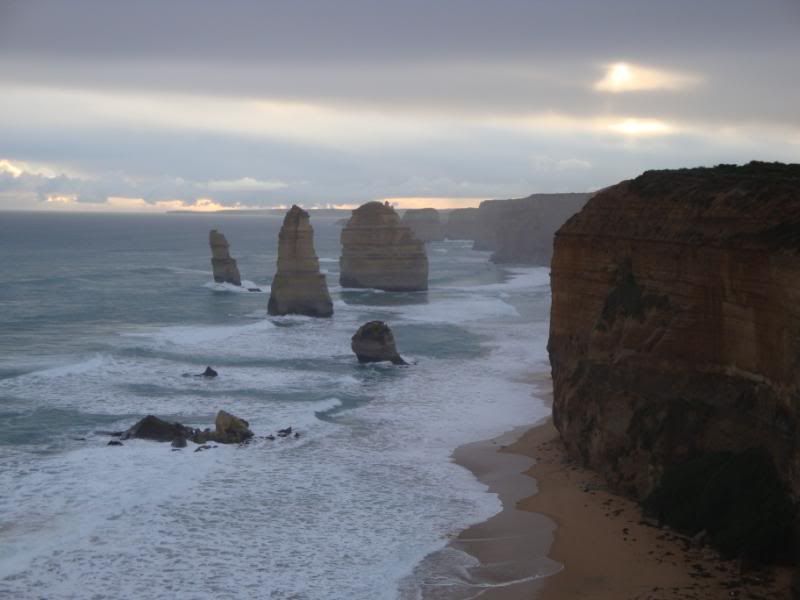

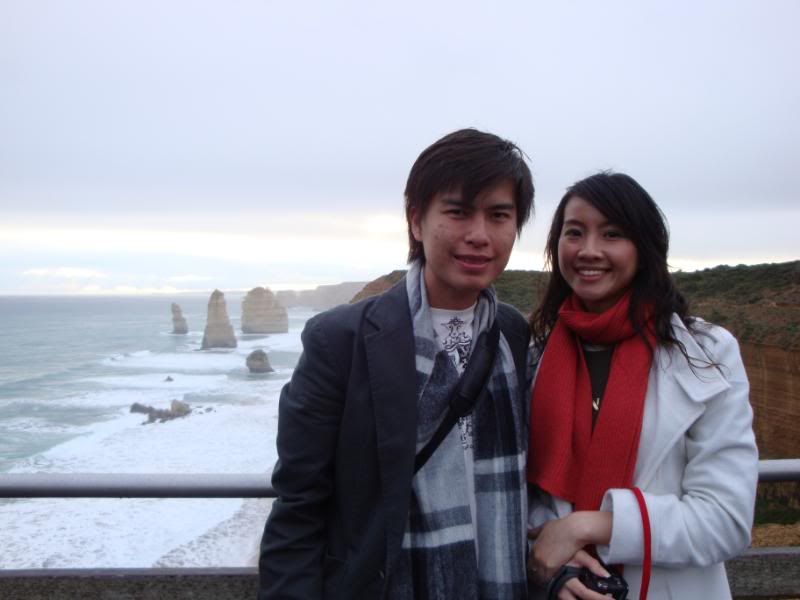

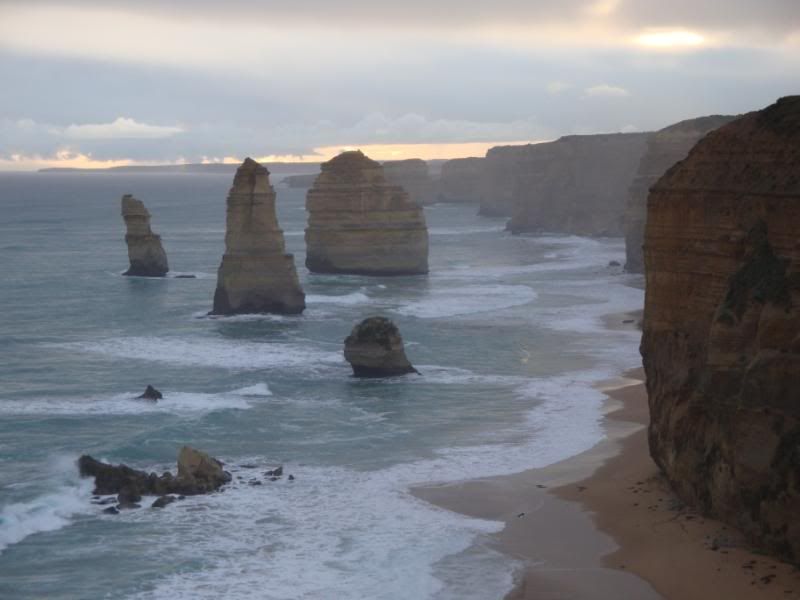

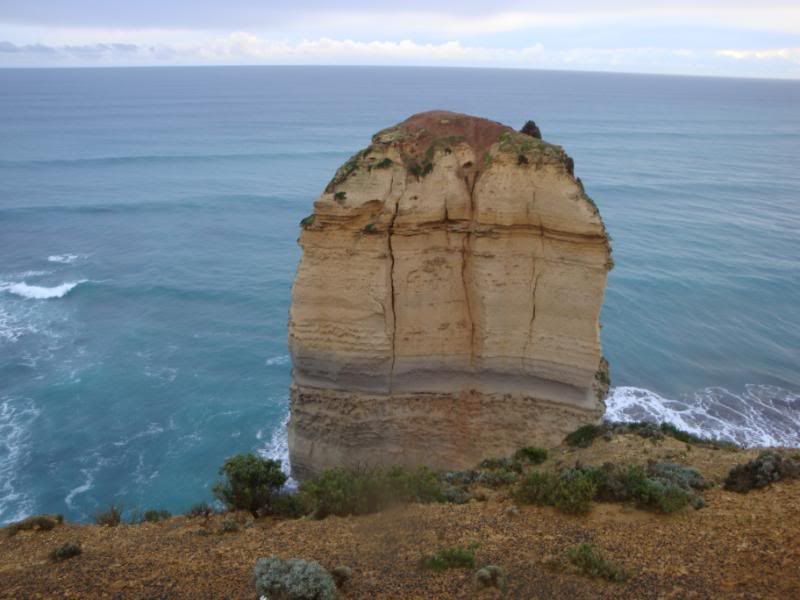
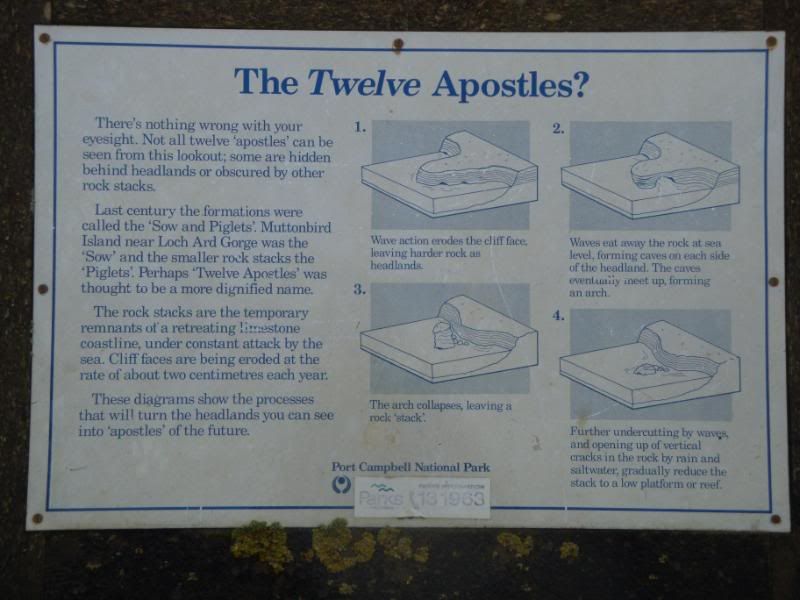
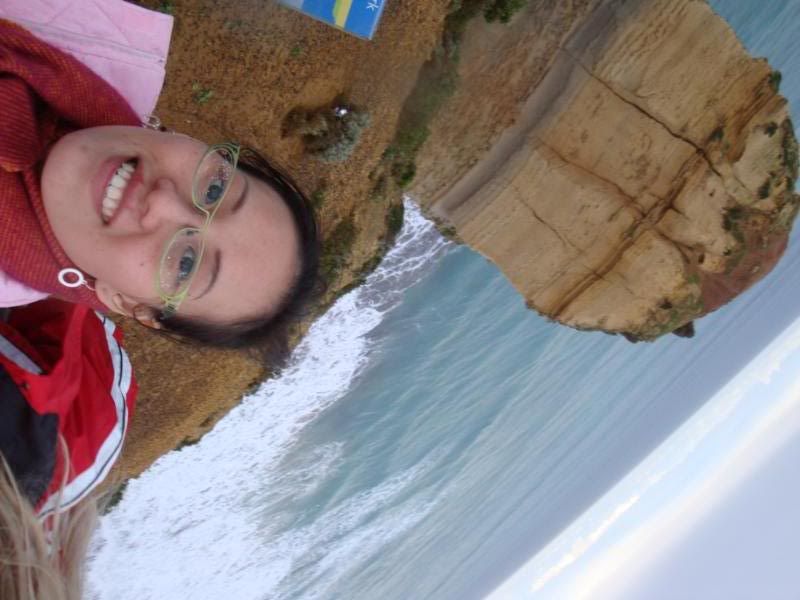


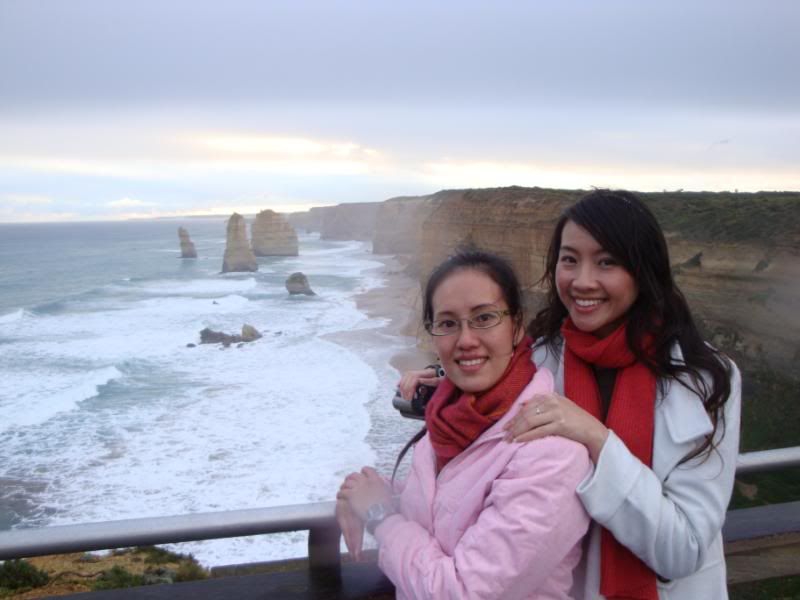
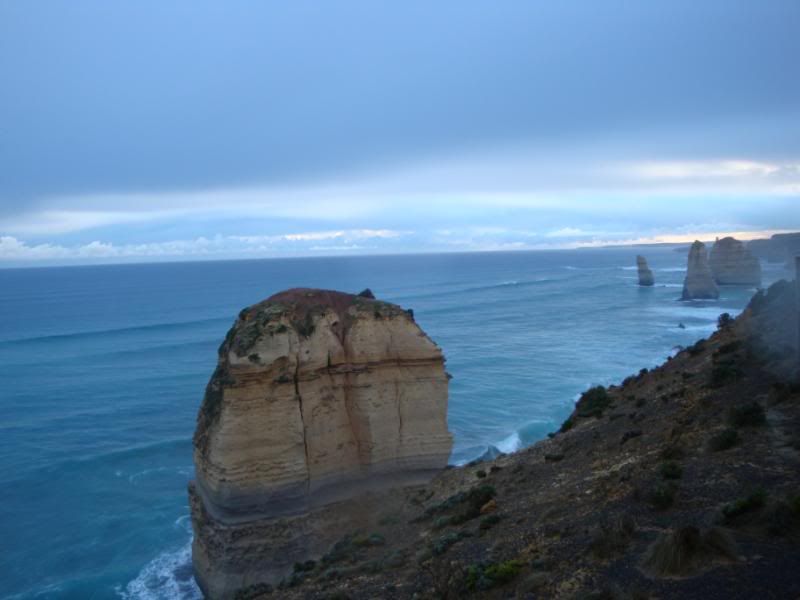
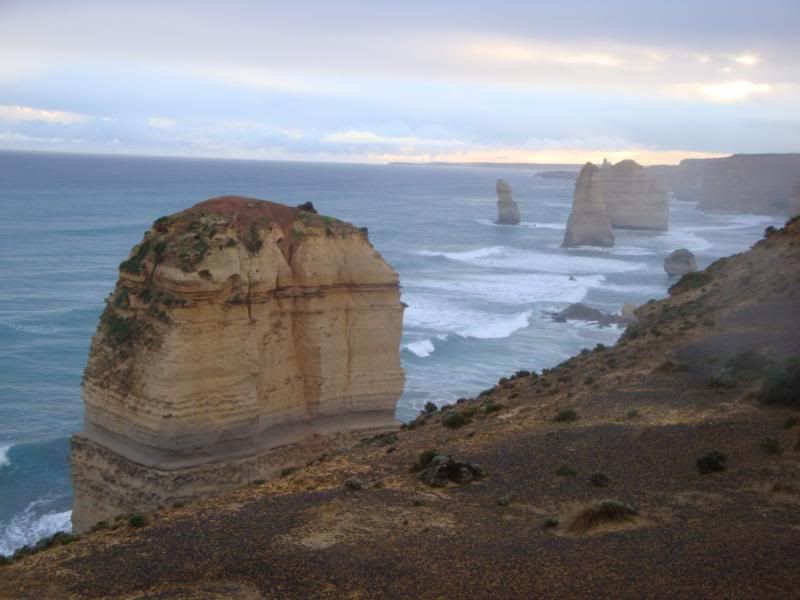
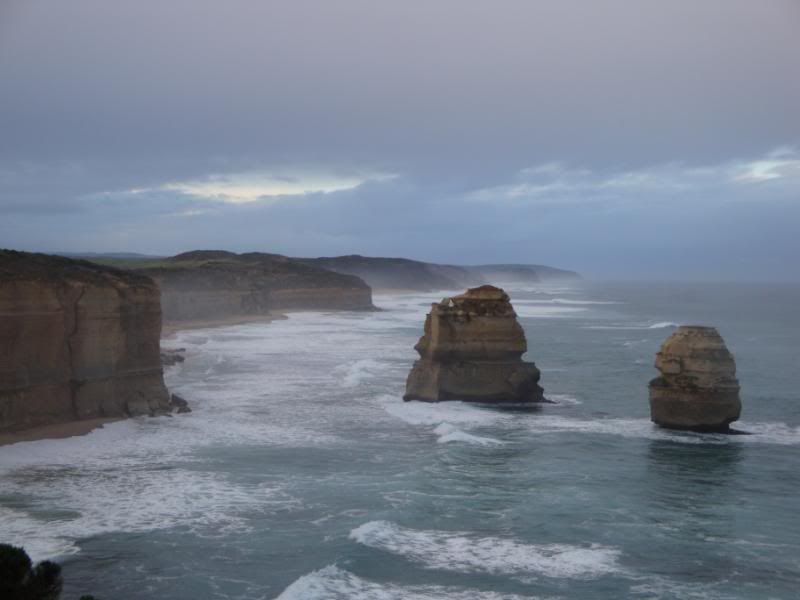
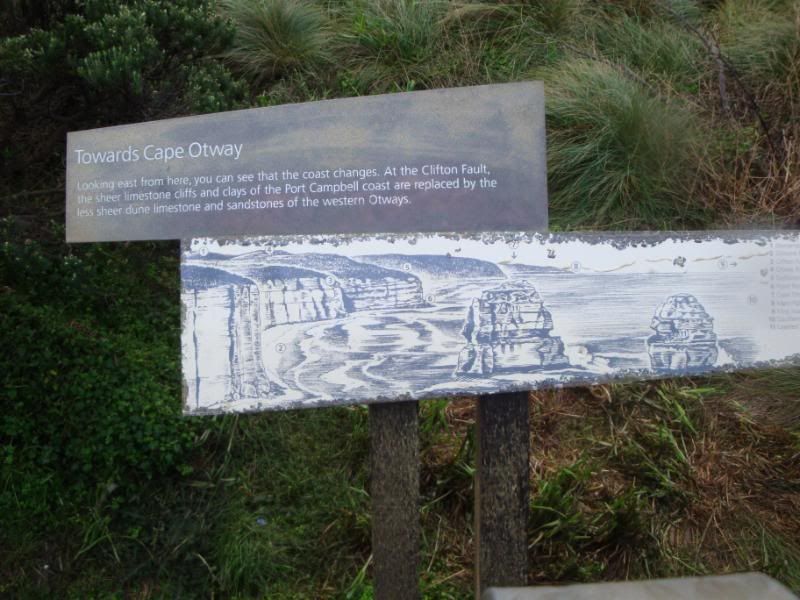


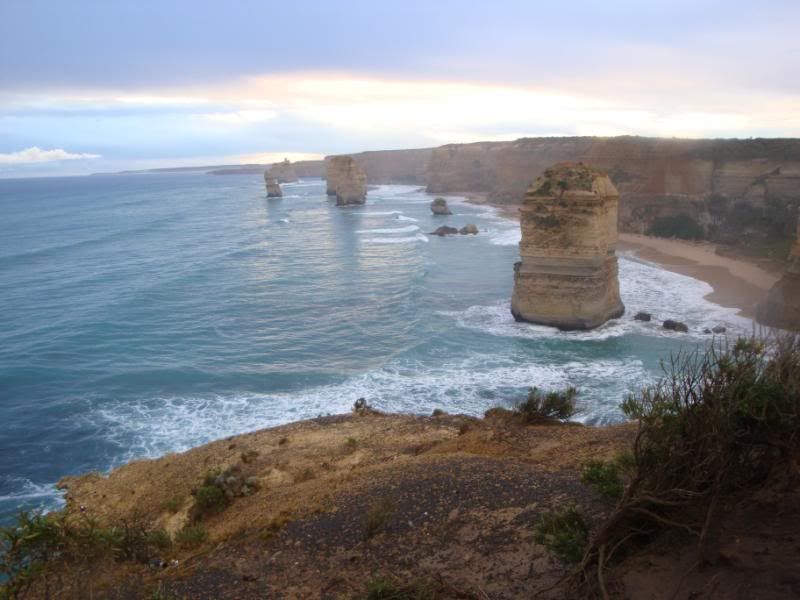
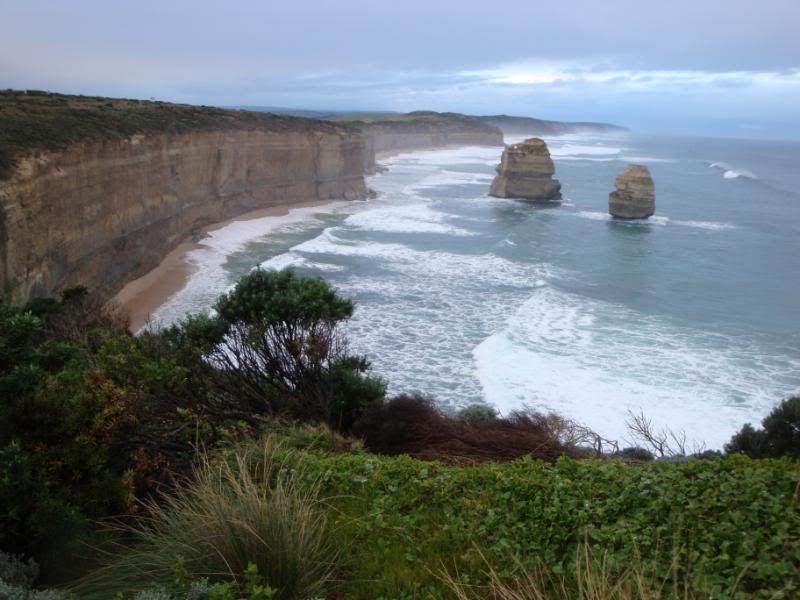
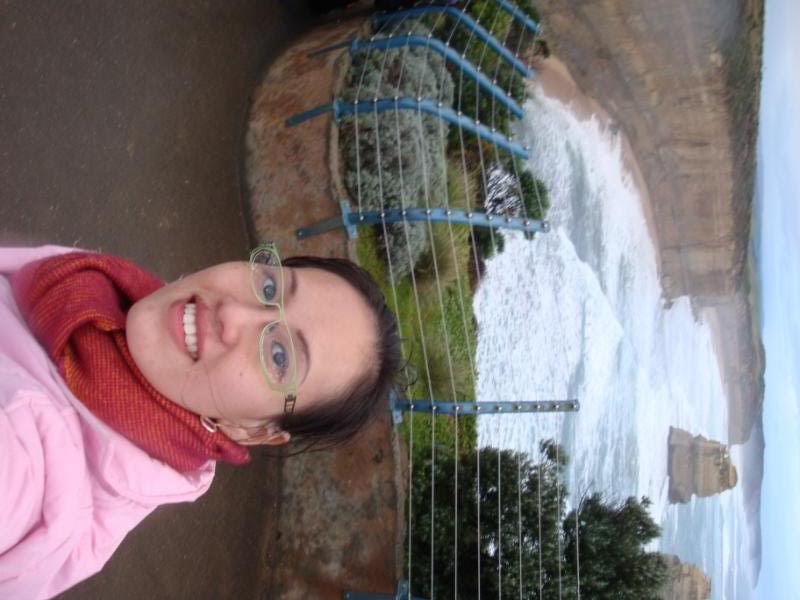


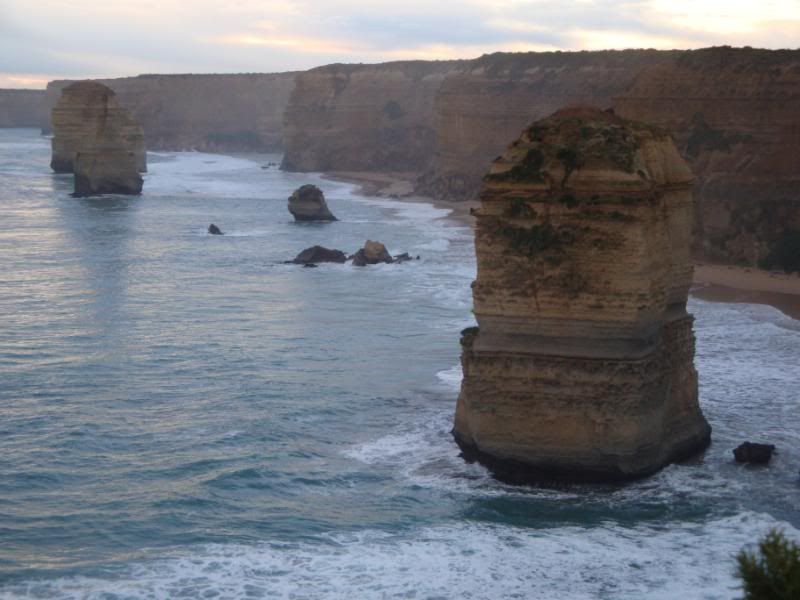
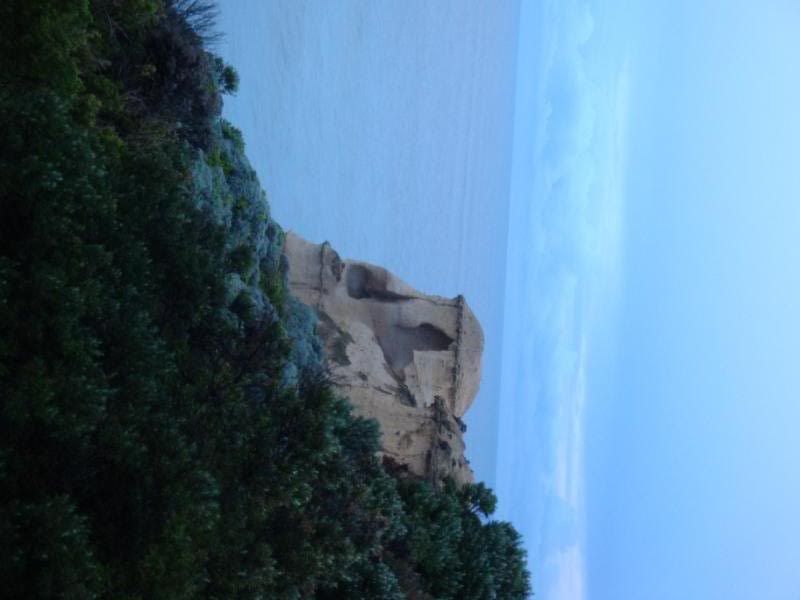
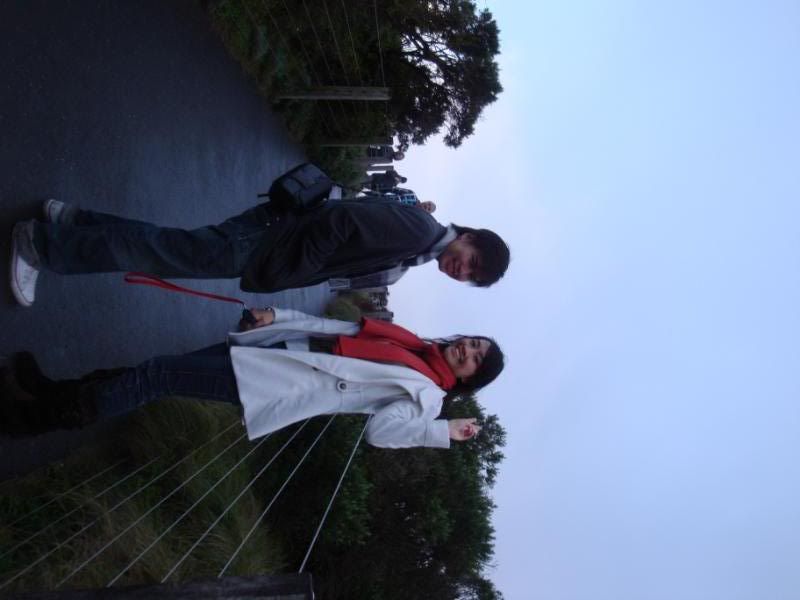

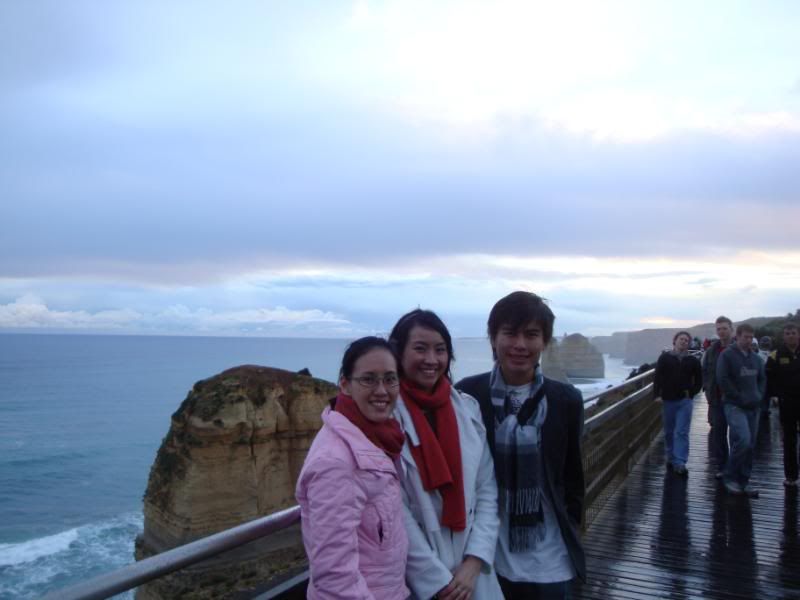
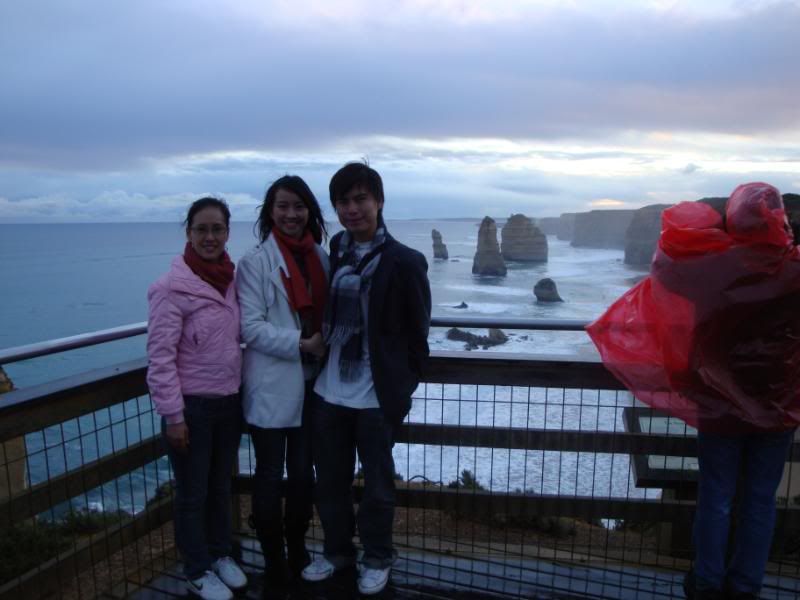
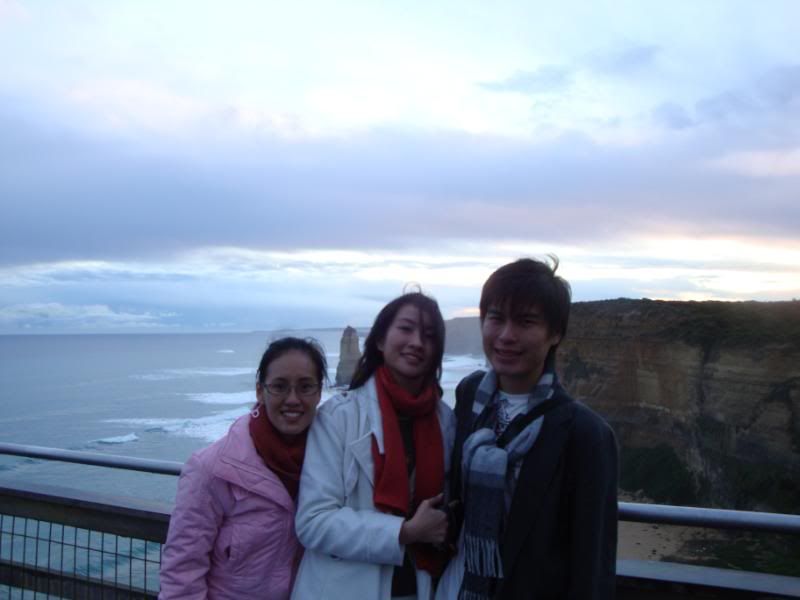
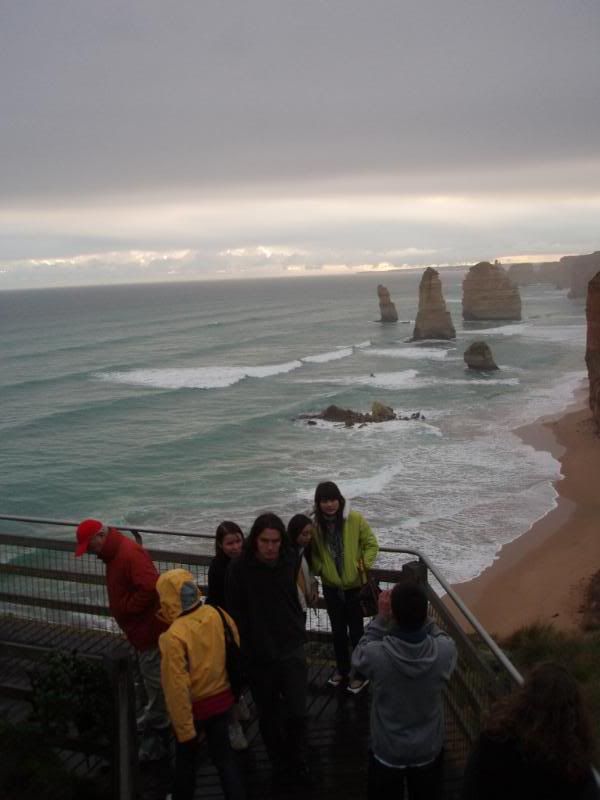

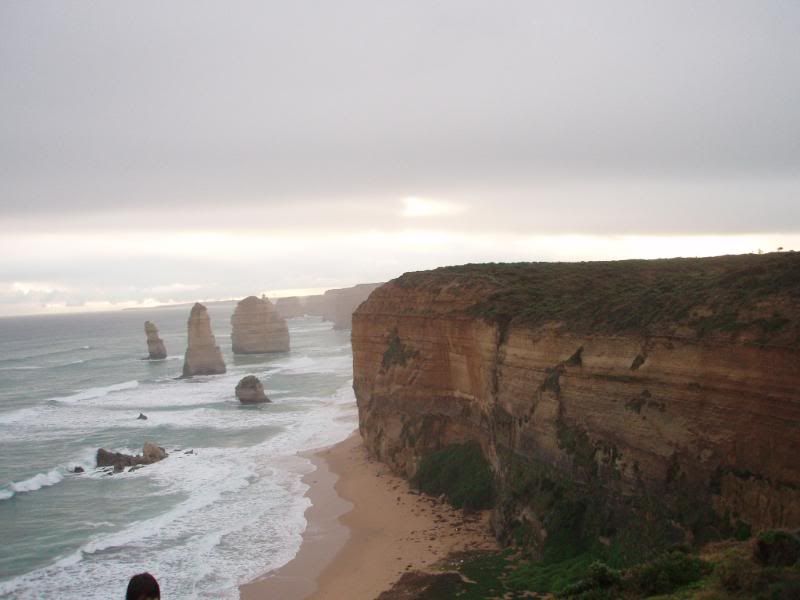
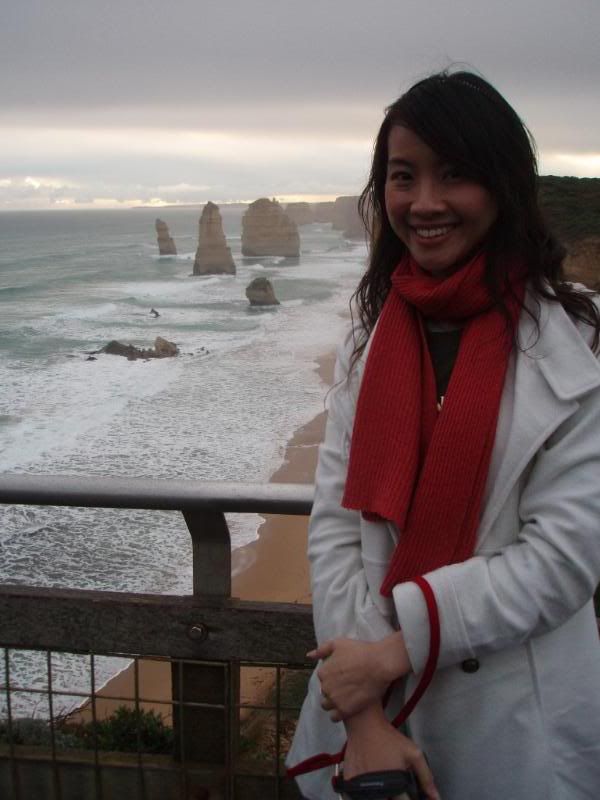

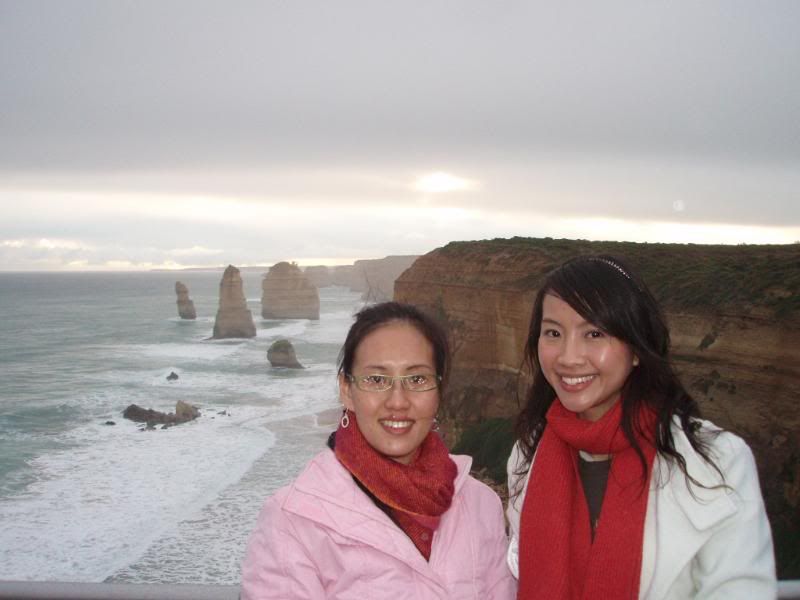
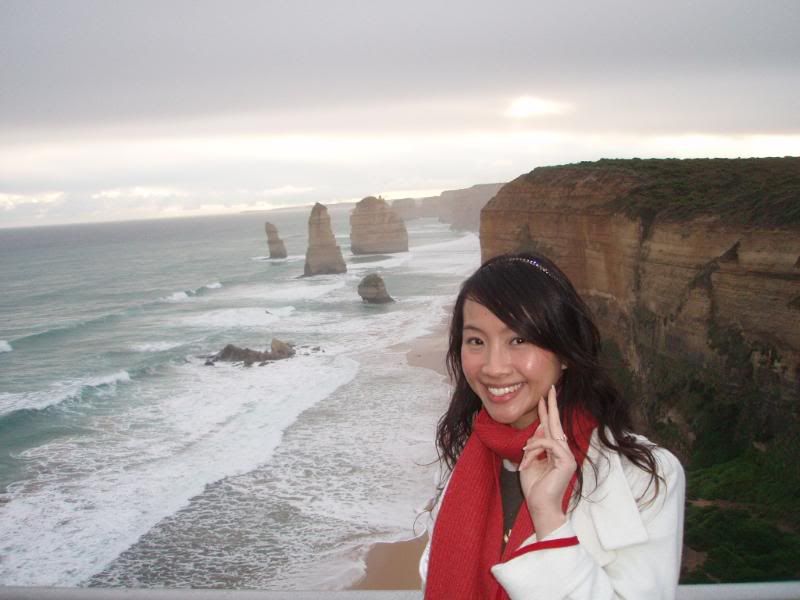
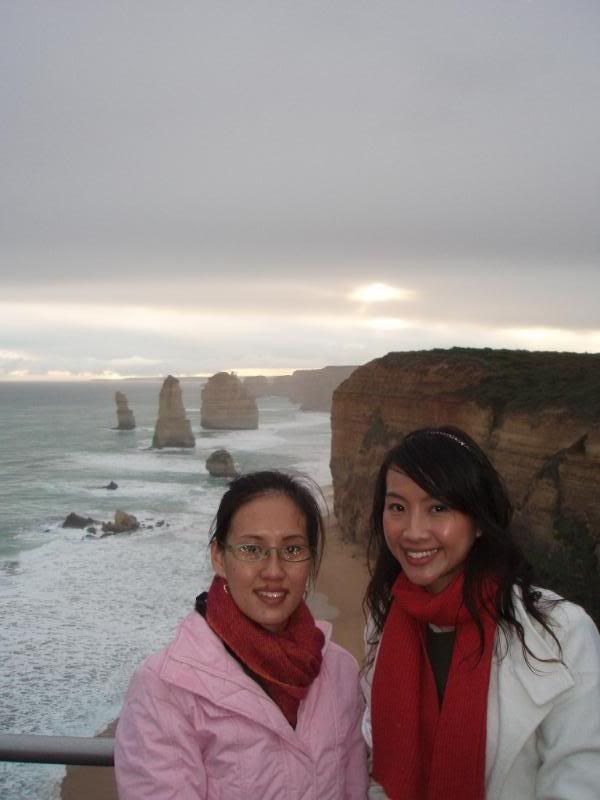
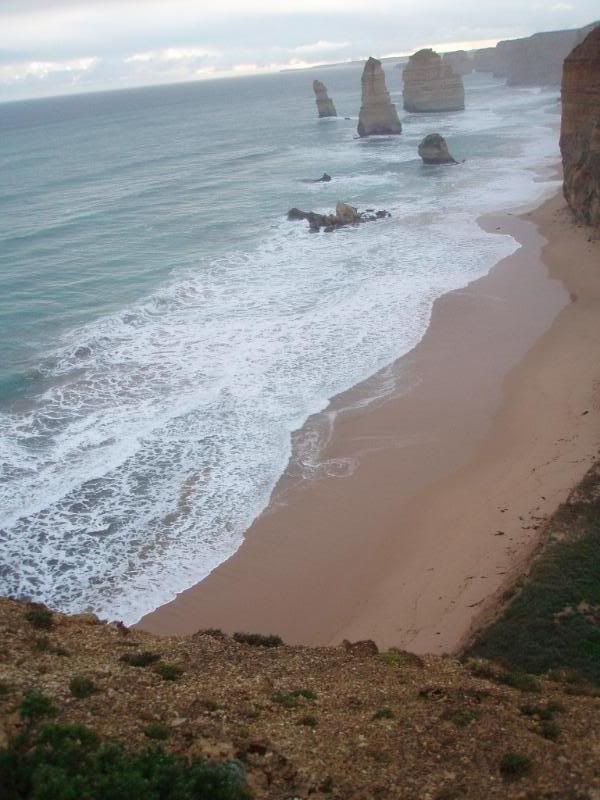
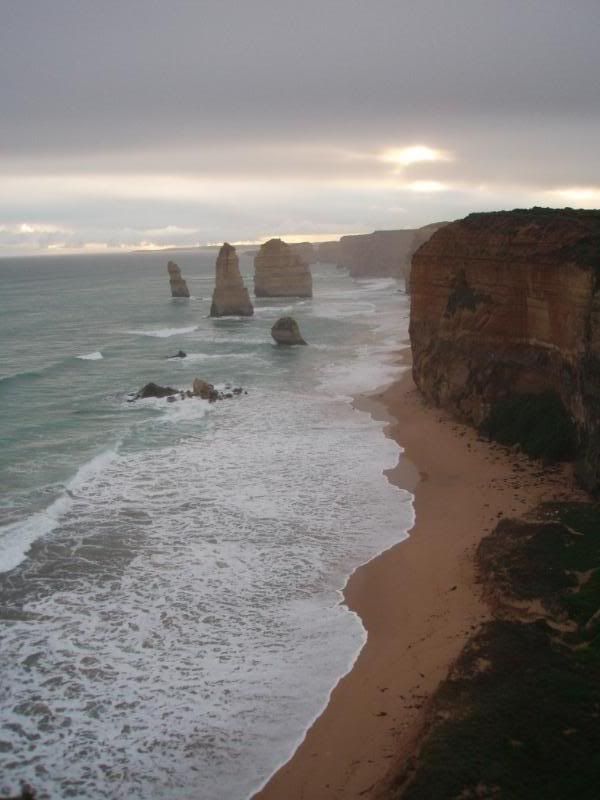
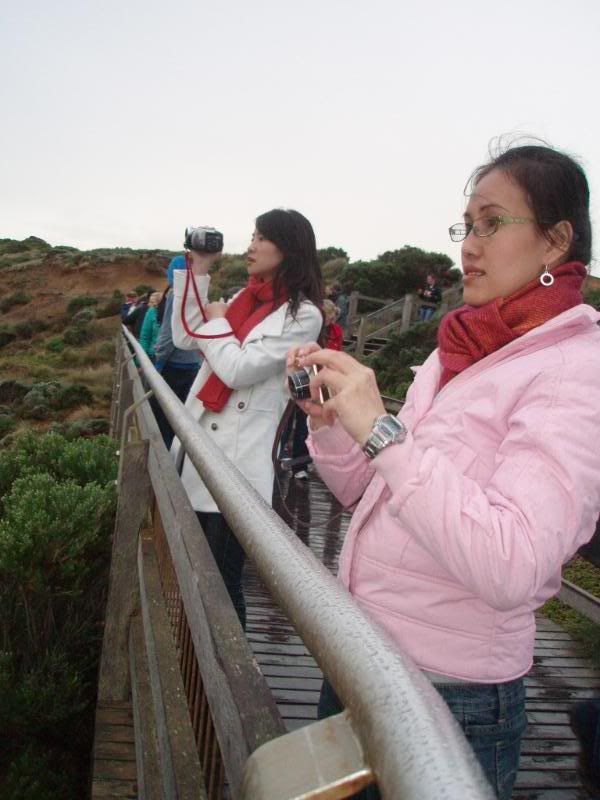

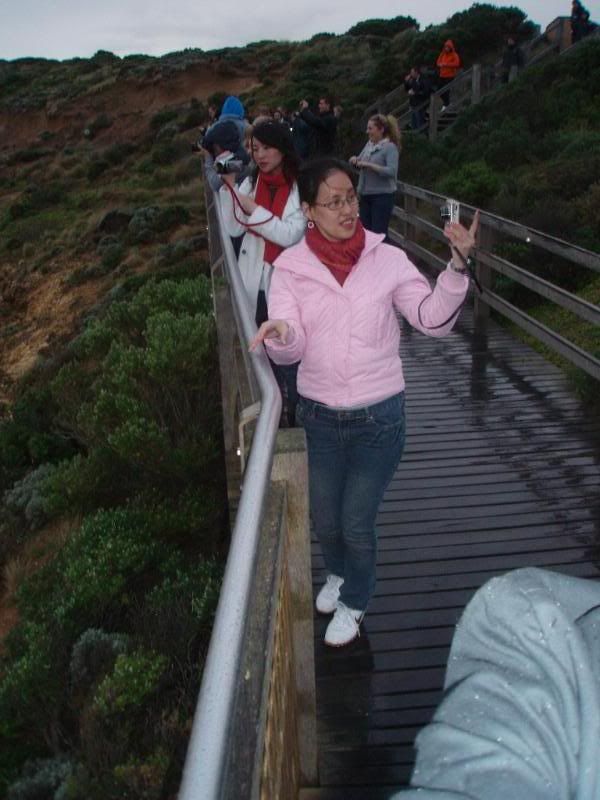
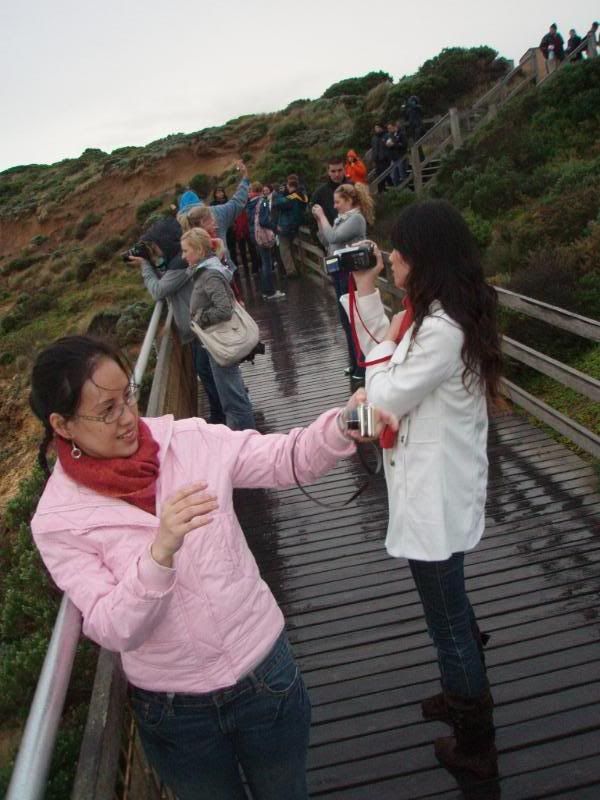
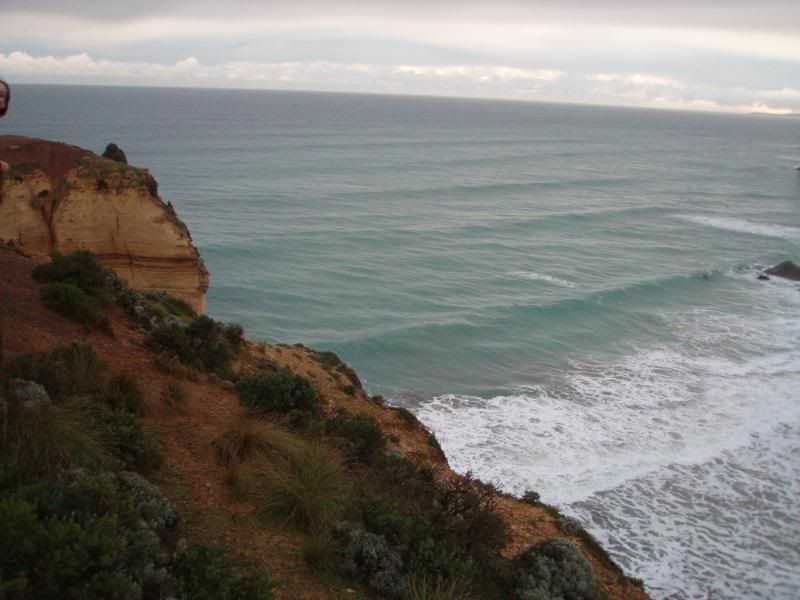
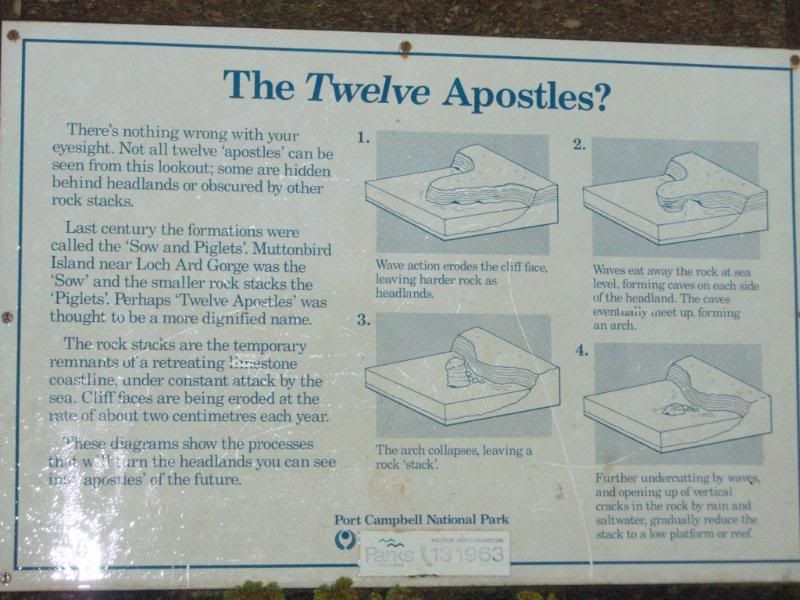
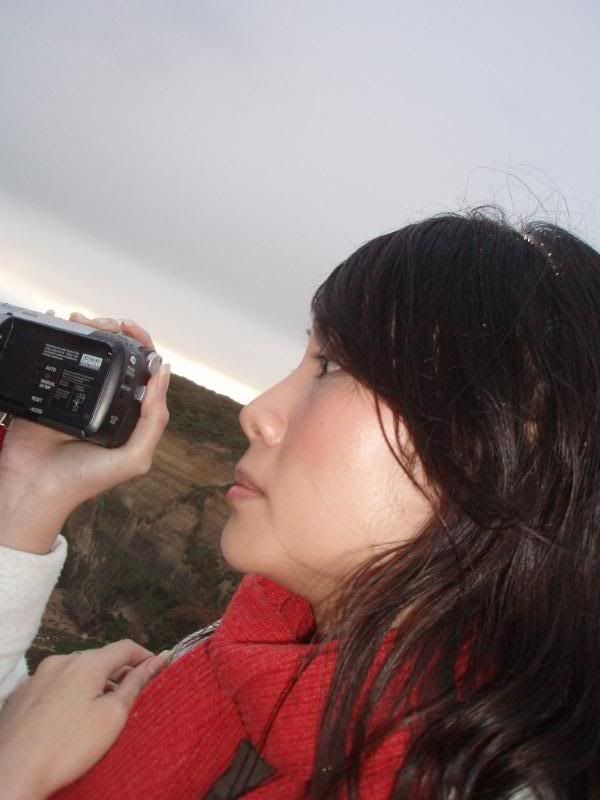
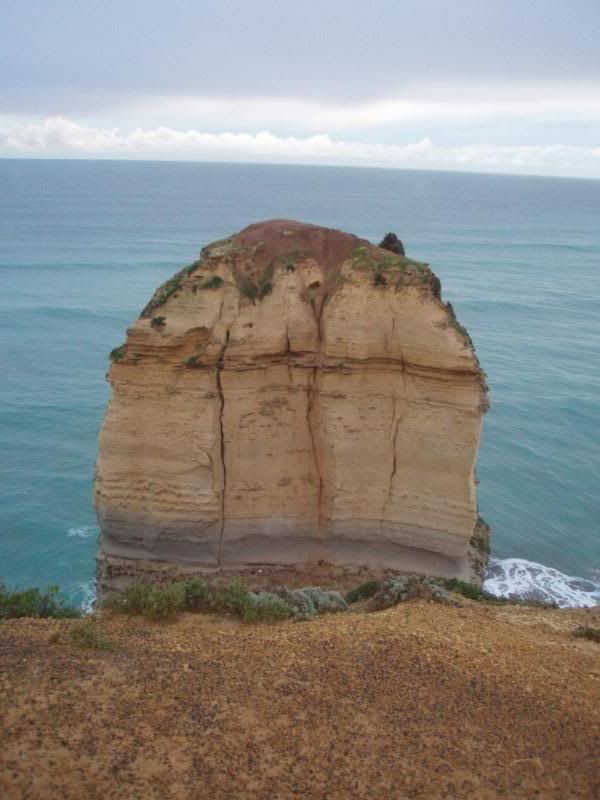
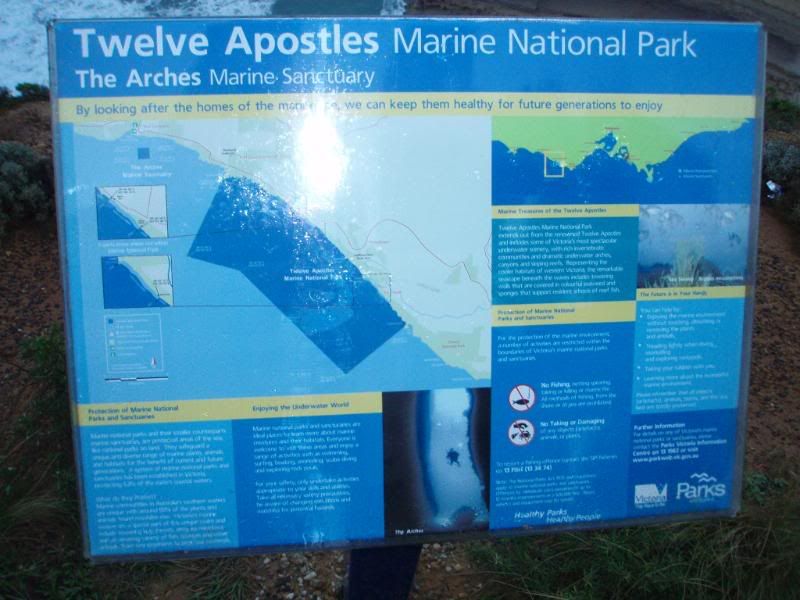
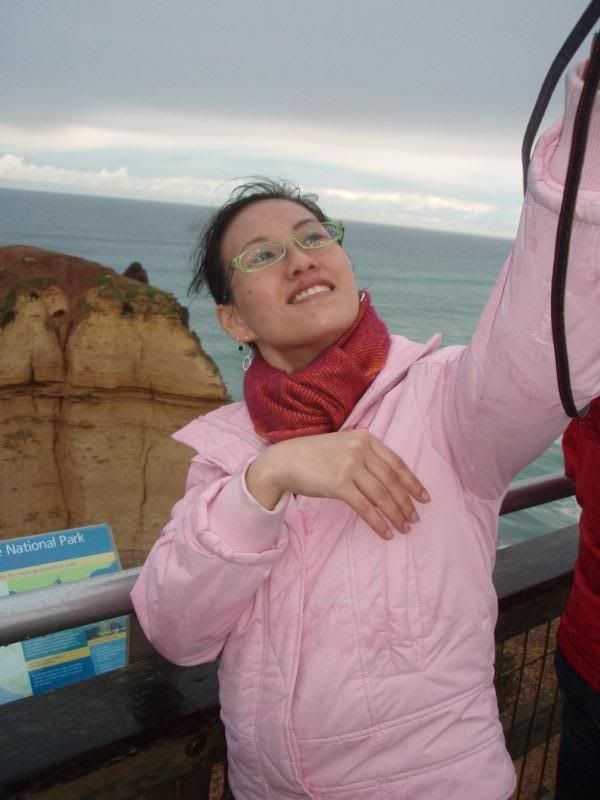
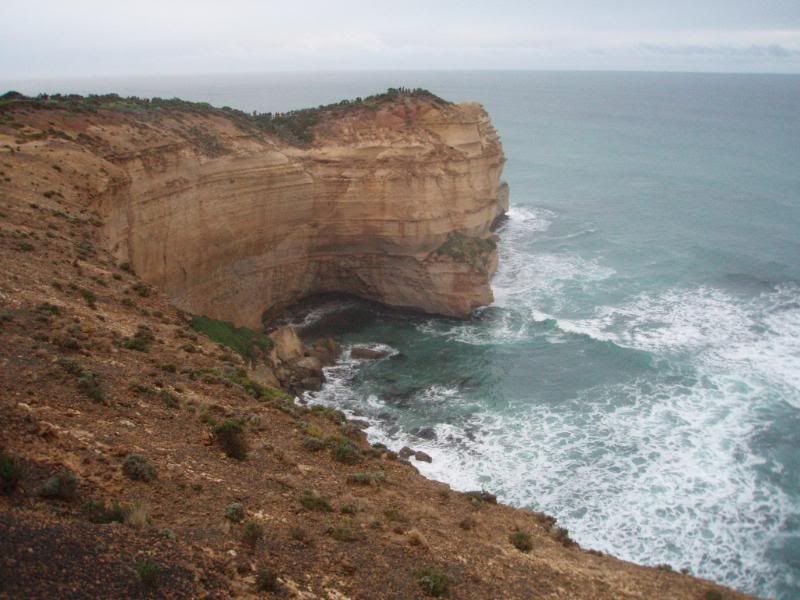






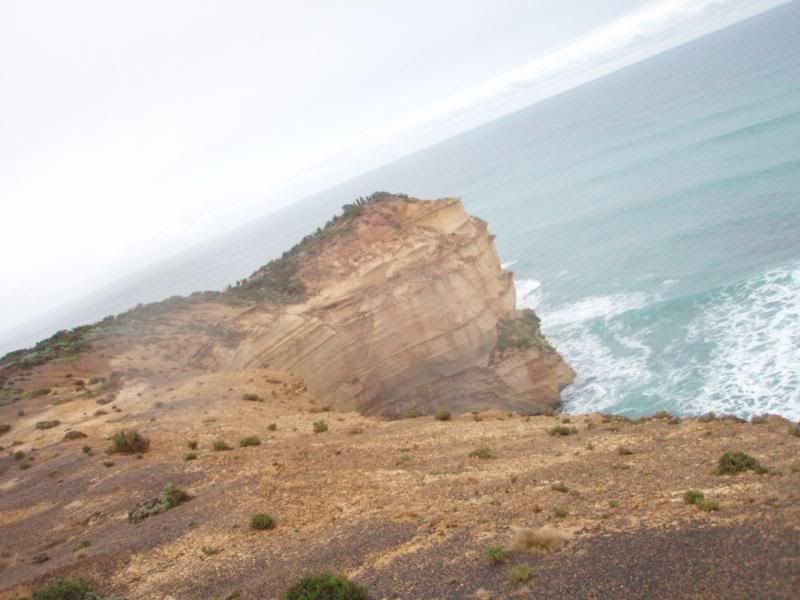
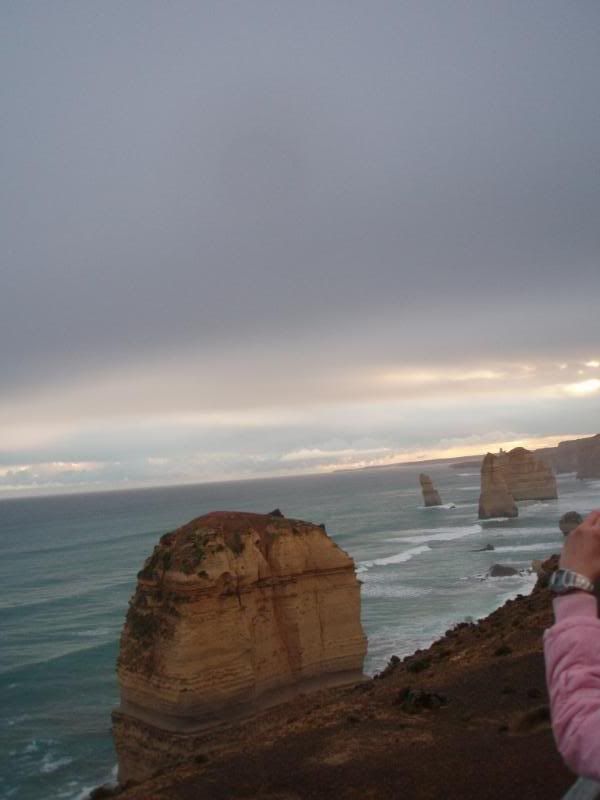
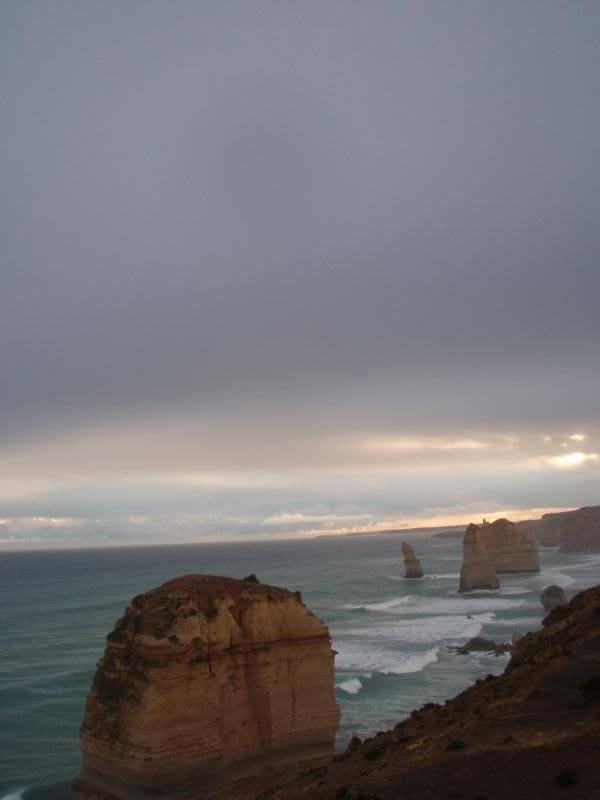
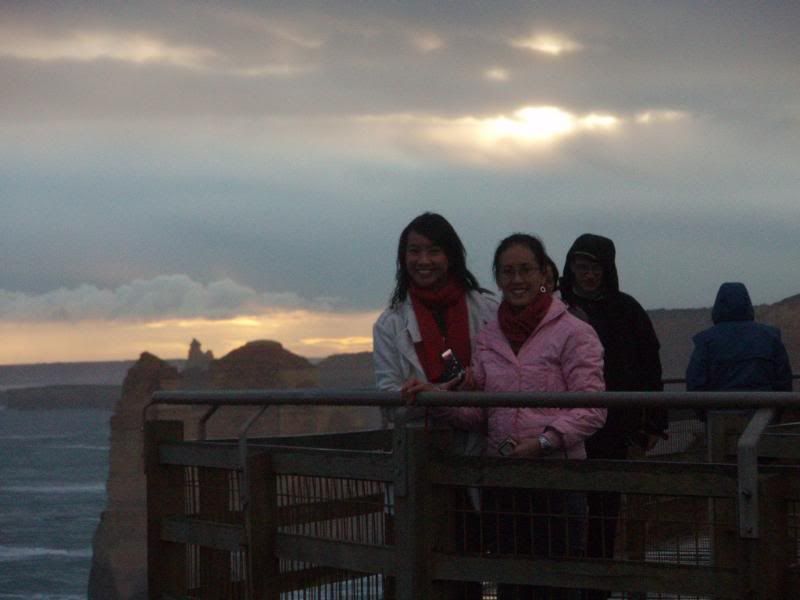
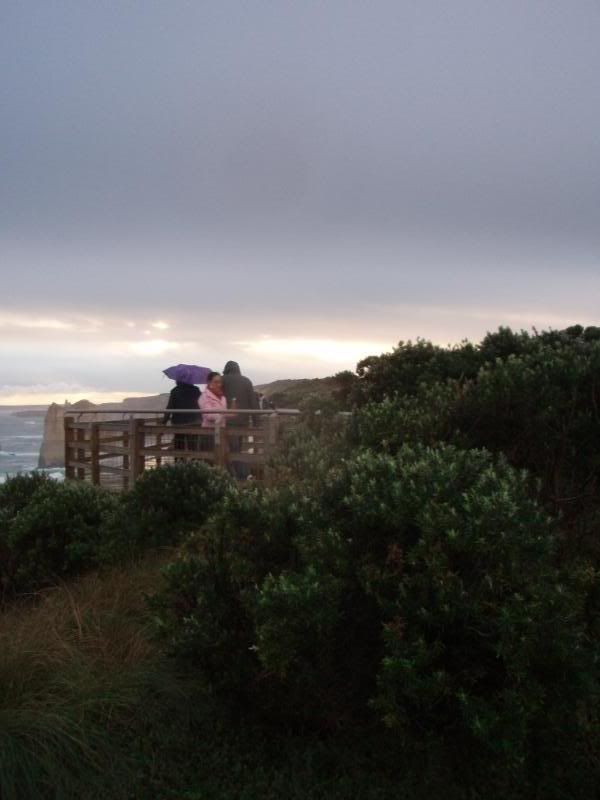
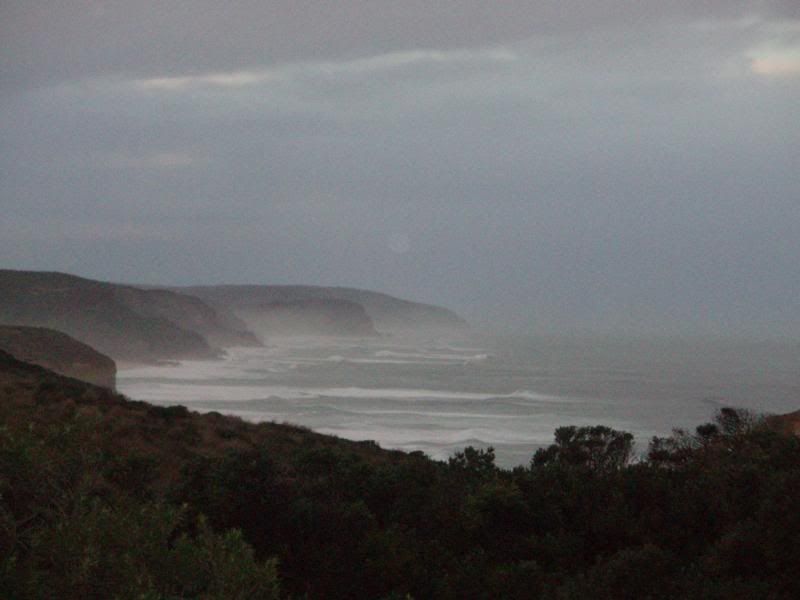
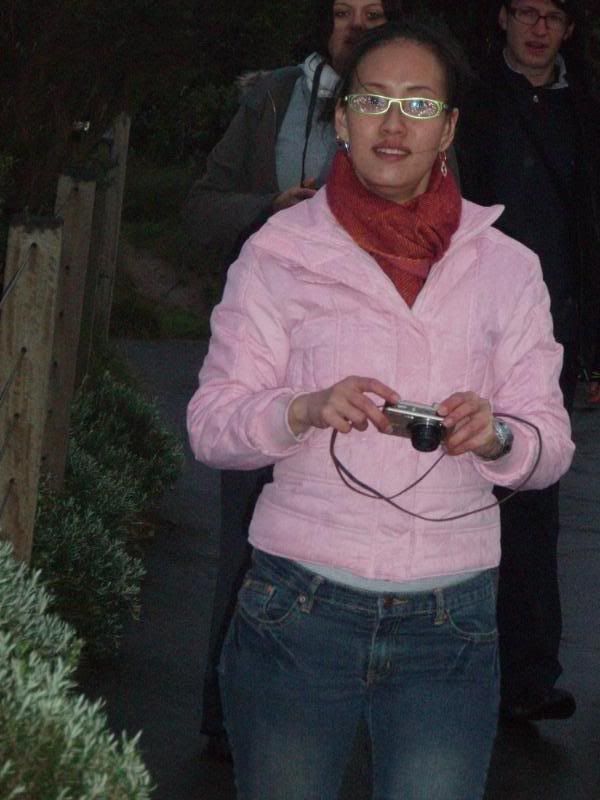



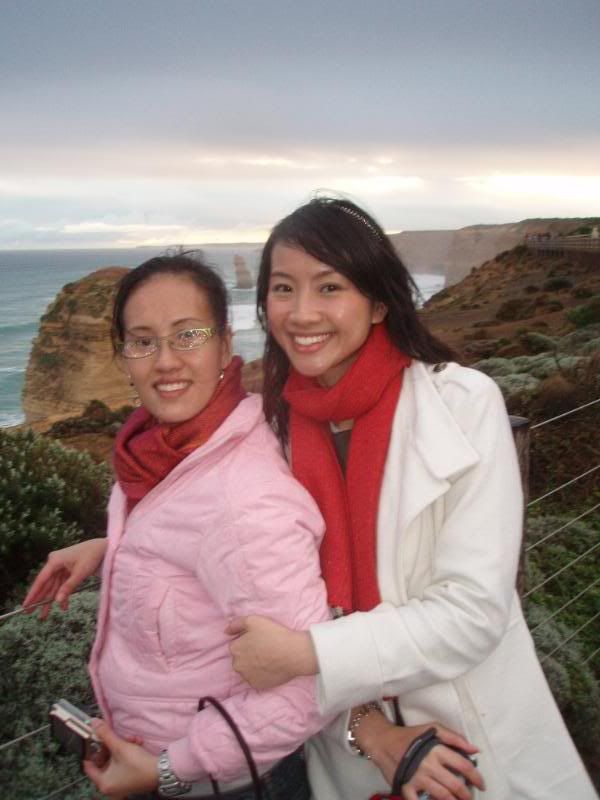
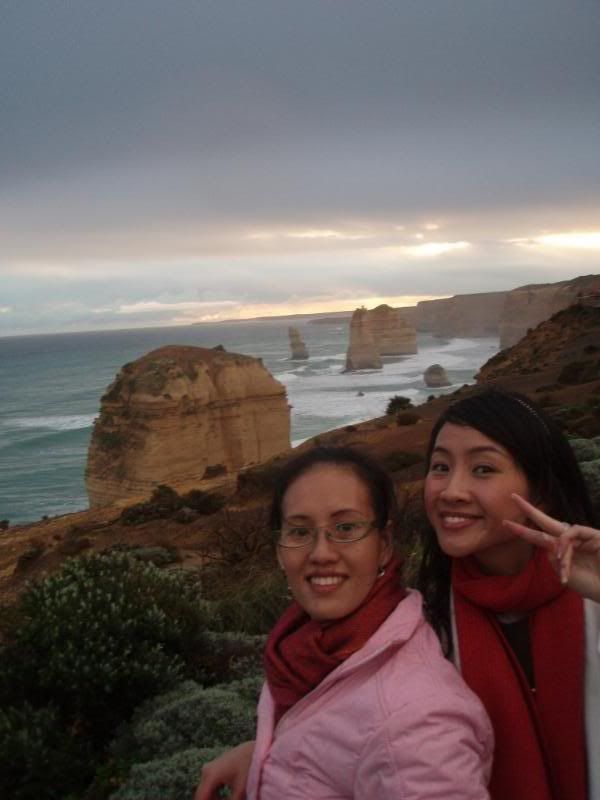
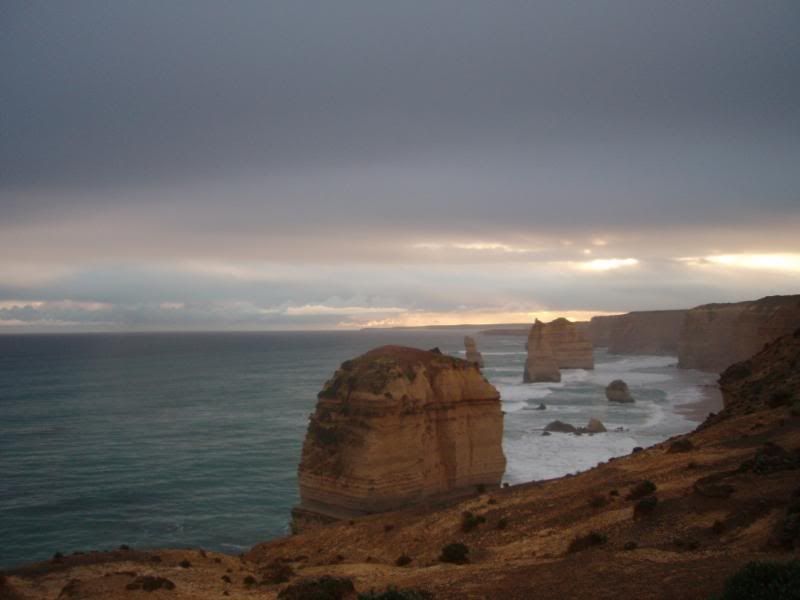
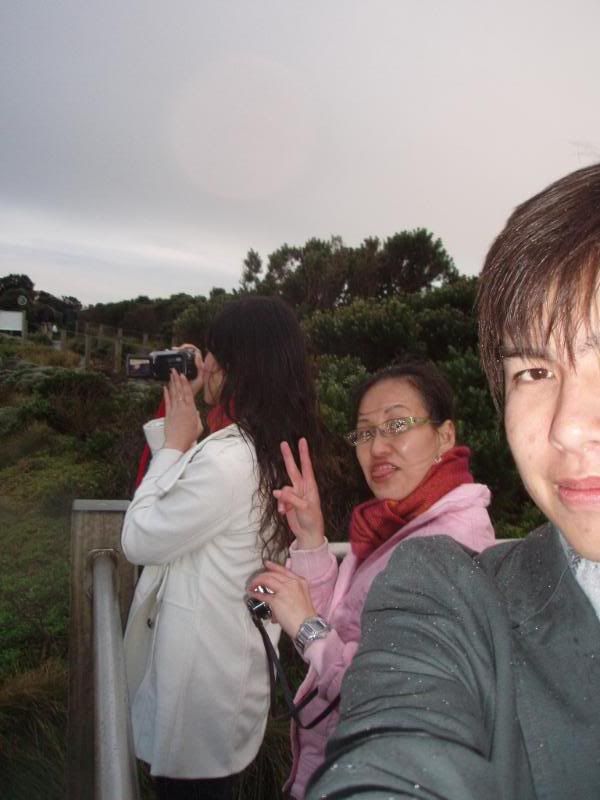
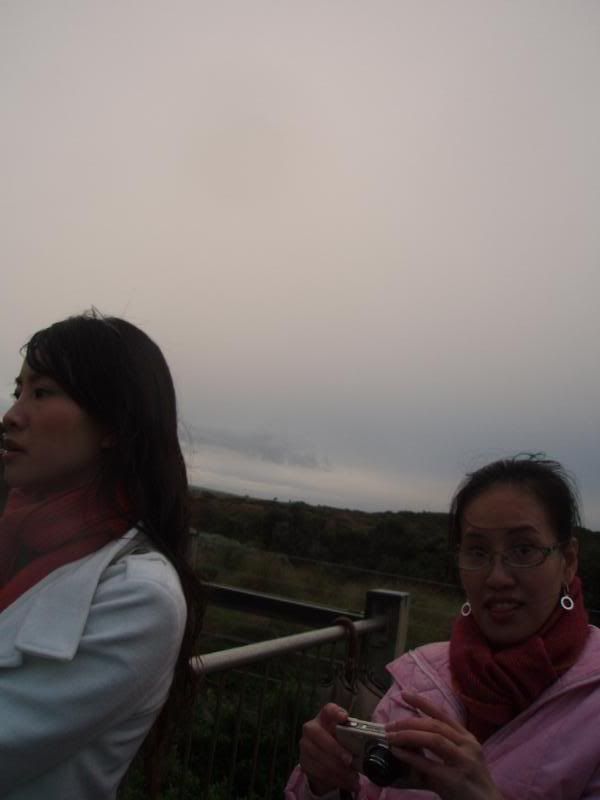

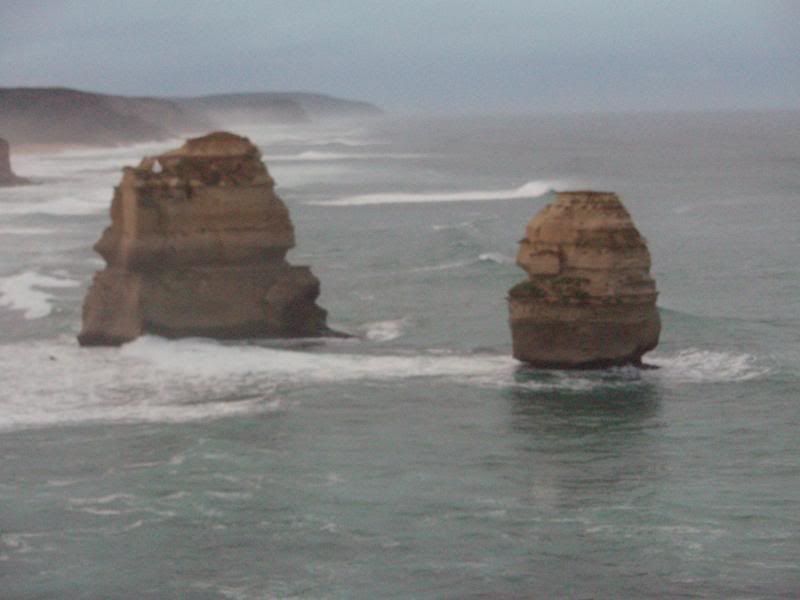
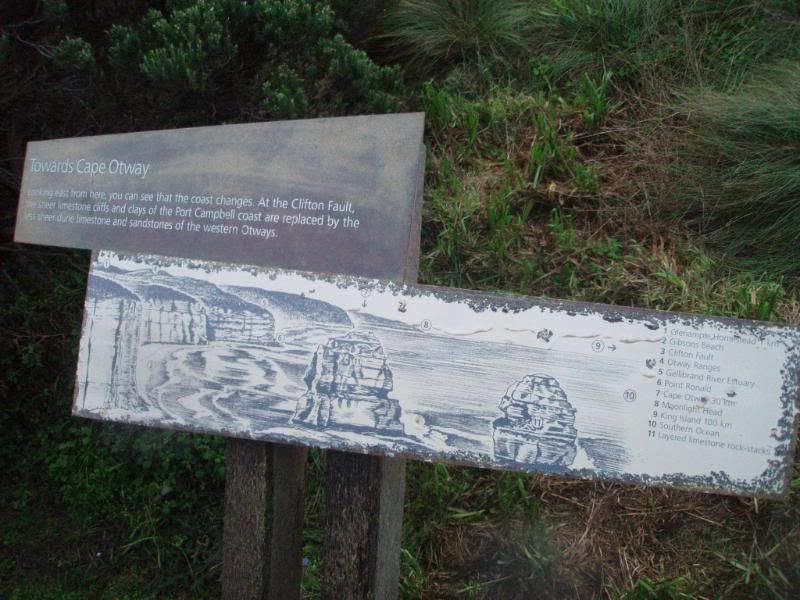

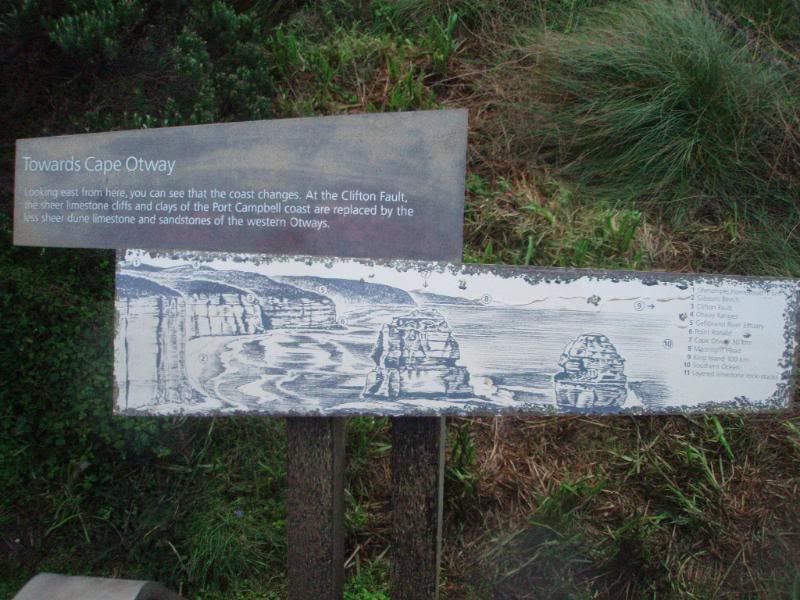
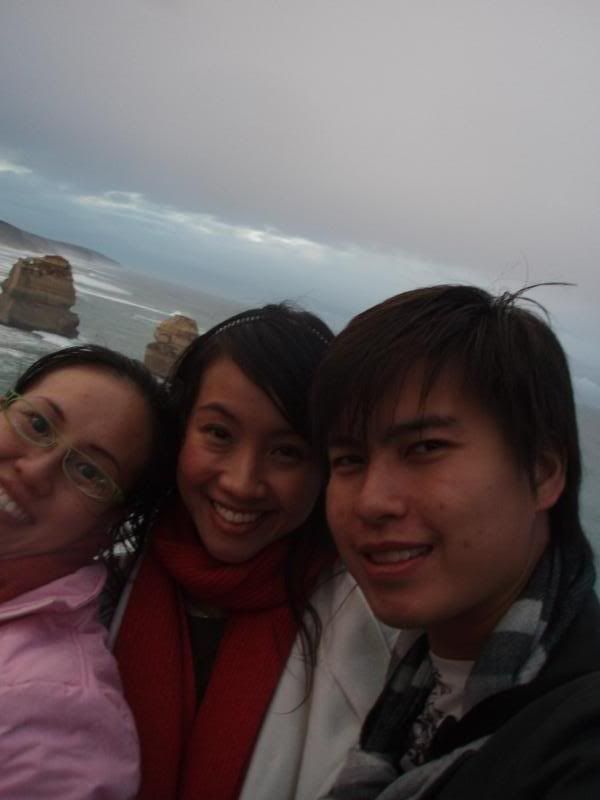

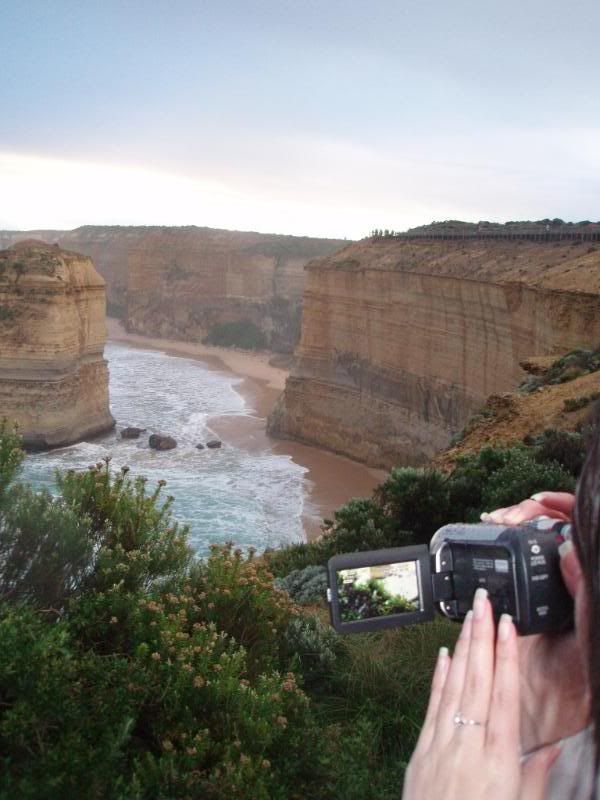
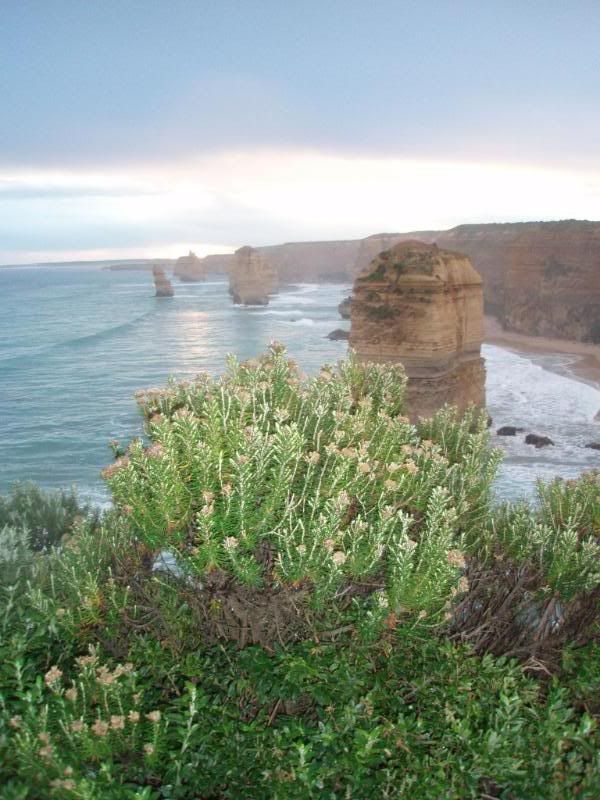
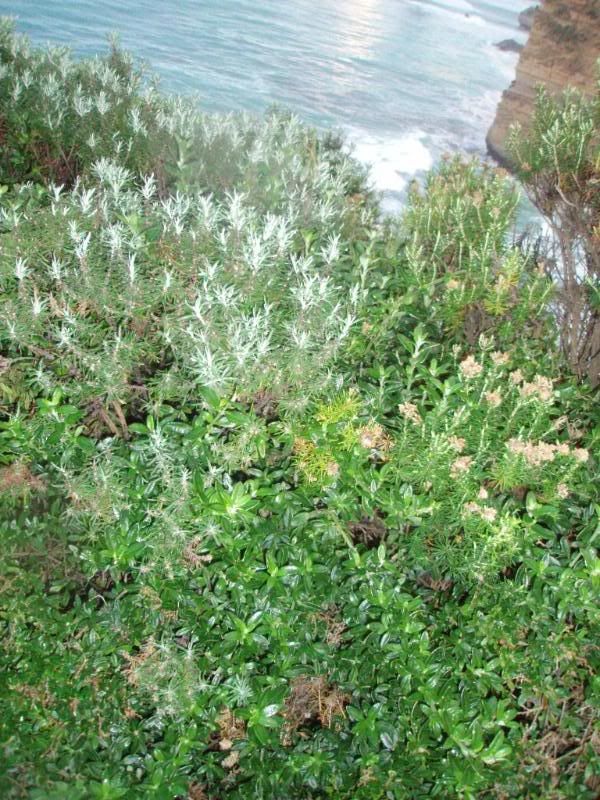
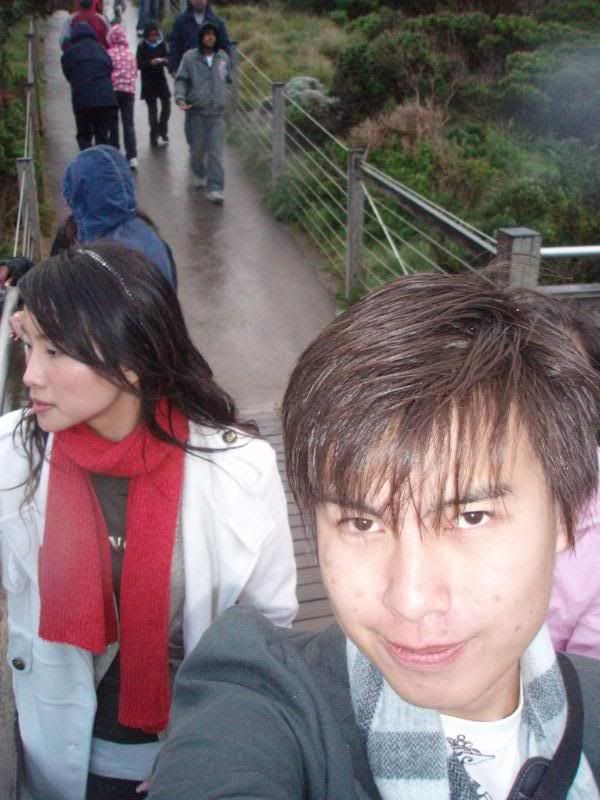
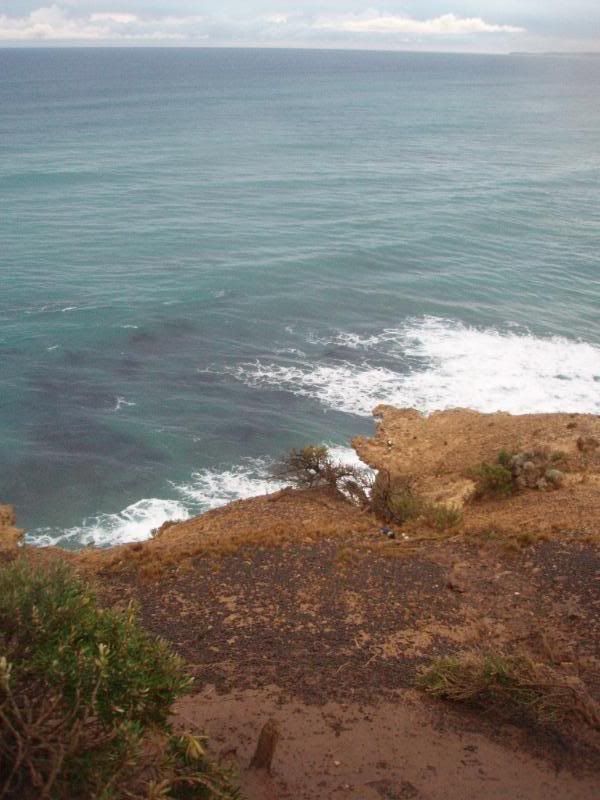
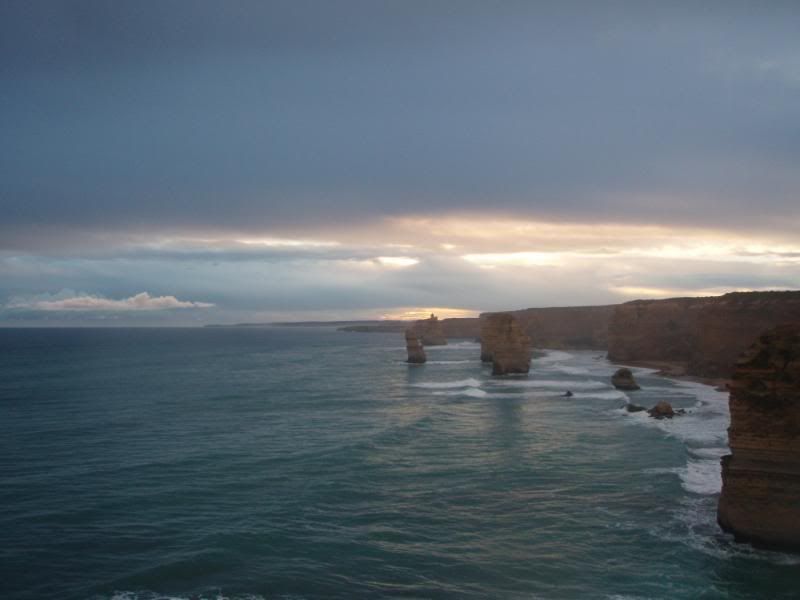
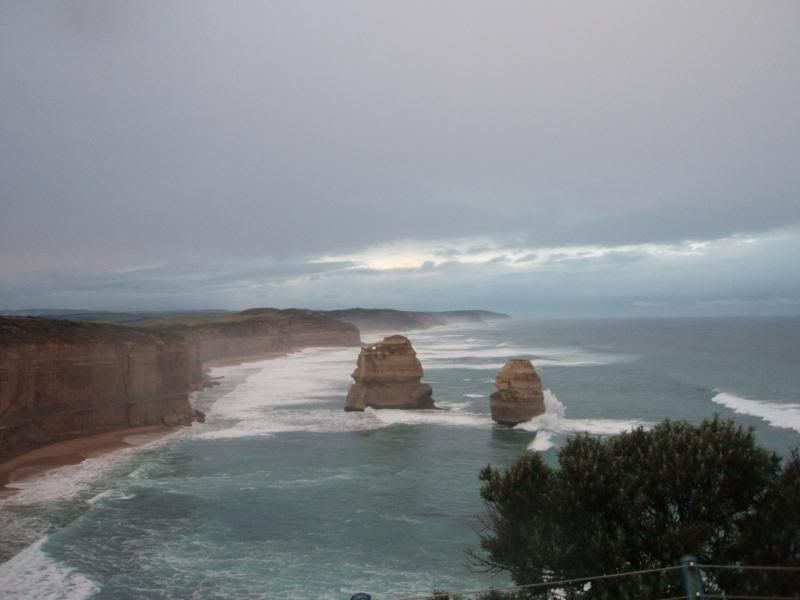
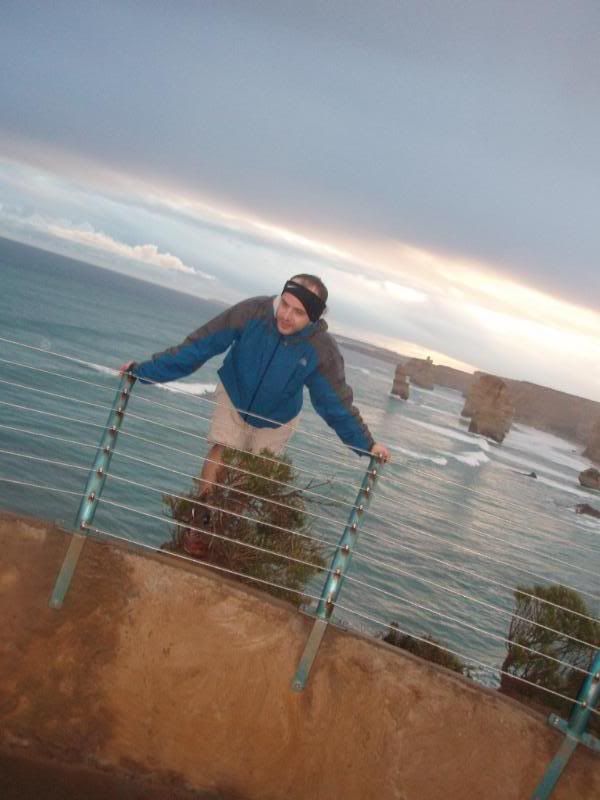
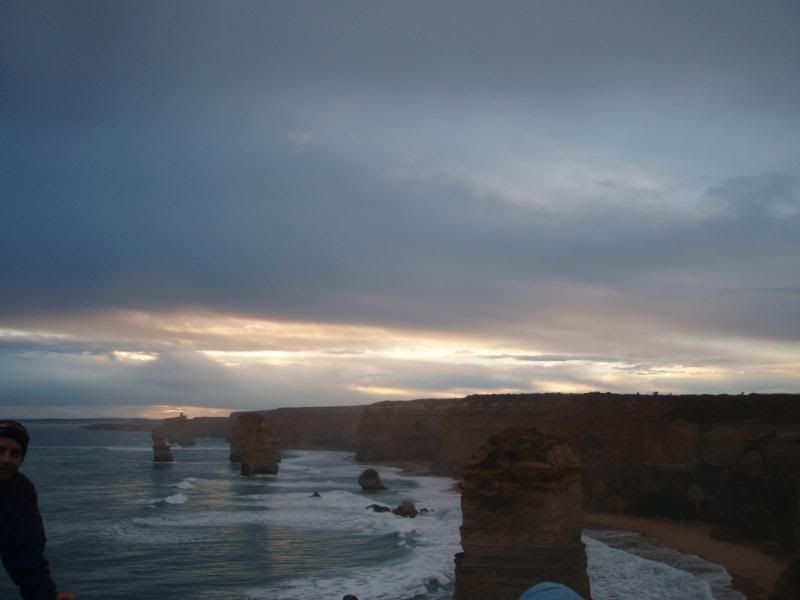
Loch Ard Gorge
The Loch Ard Gorge (38°38′S 143°04′E / -38.633, 143.067) is part of Port Campbell National Park, Victoria, Australia, about 10 minutes drive west of The Twelve Apostles. It is a visible example of the process of erosion in action.
The gorge is named after the clipper ship Loch Ard, which ran aground on nearby Muttonbird Island on 1 June 1878 approaching the end of a three-month journey from England to Melbourne.
All but two of the fifty-one passengers and crew perished - Tom Pearce, a ship's apprentice and Eva Carmichael, an Irishwoman immigrating with her family, both of whom were 18 years of age. According to memorials at the site, Pearce was washed ashore, and rescued Carmichael from the water after hearing her cries for help. Pearce then proceeded to climb out of the gorge to raise the alarm to local pastoralists who immediately set into plan a rescue attempt.
The gorge is accessed via the Great Ocean Road, only a few kilometers past The Twelve Apostles. Stairs allow visitors access to the beach which is otherwise undeveloped. There are numerous plaques that tell the story as well and a small museum and rest area and a cemetery housing many of the people that were killed.
The uncommon Rufous Bristlebird (Dasyornis broadbenti) is often observed around the Gorge.
This was the location for a number of scenes of the 1982 film The Pirate Movie and also the 1999 TV series Journey to the Center of the Earth with Treat Williams.
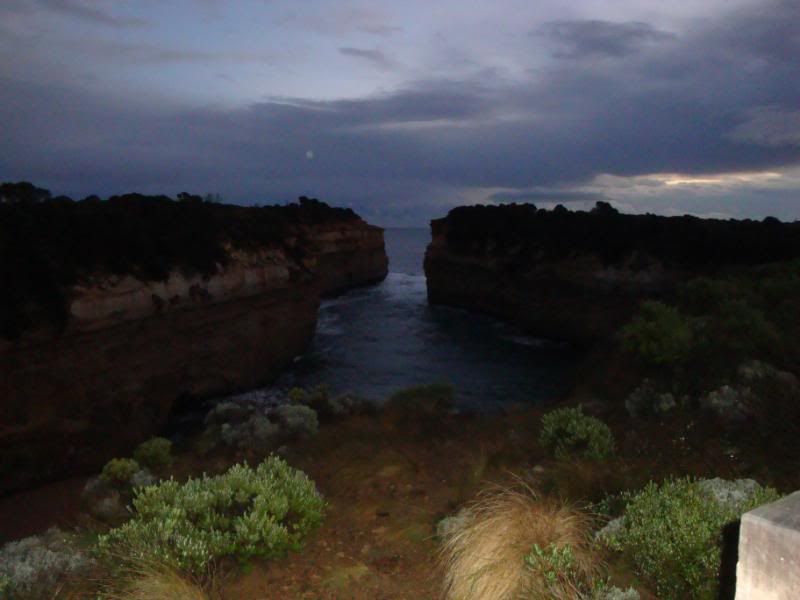

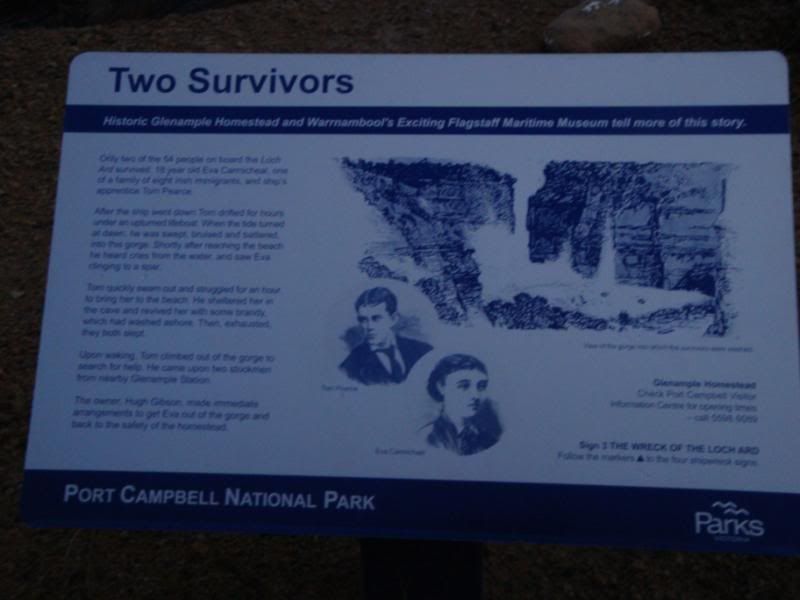

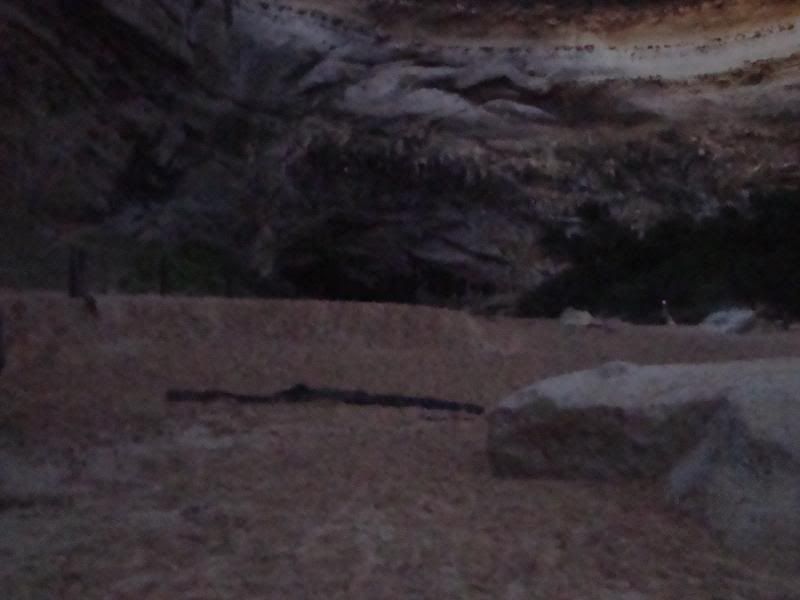
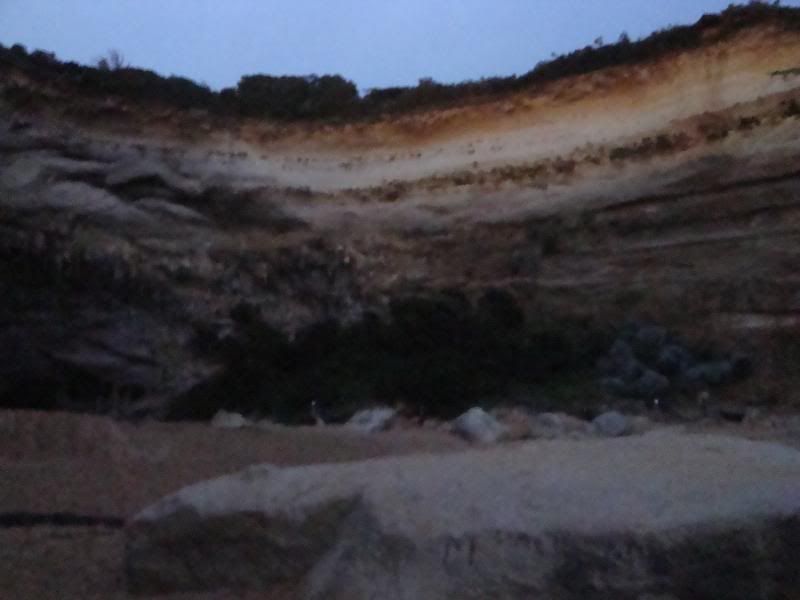
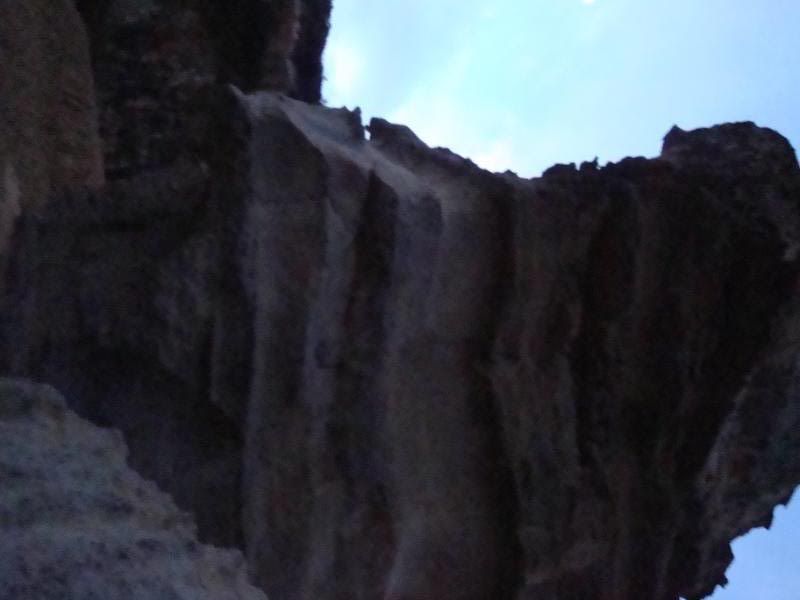
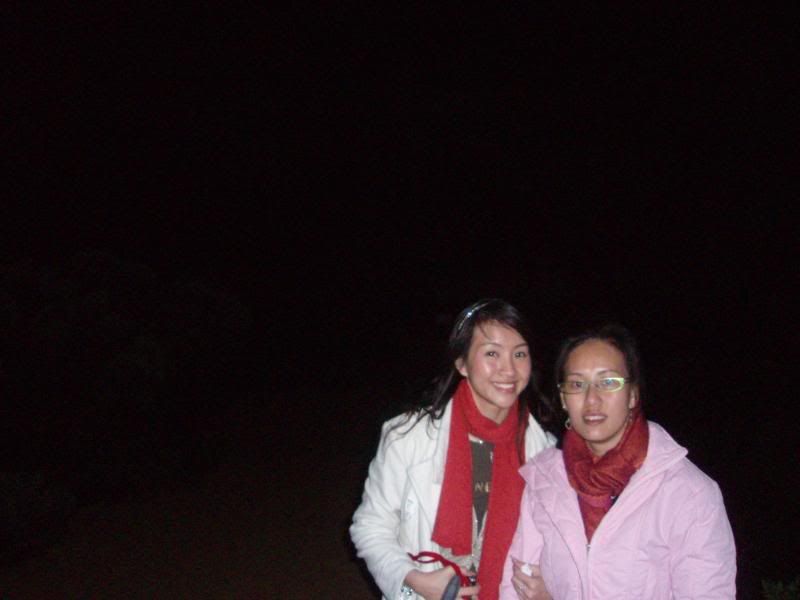
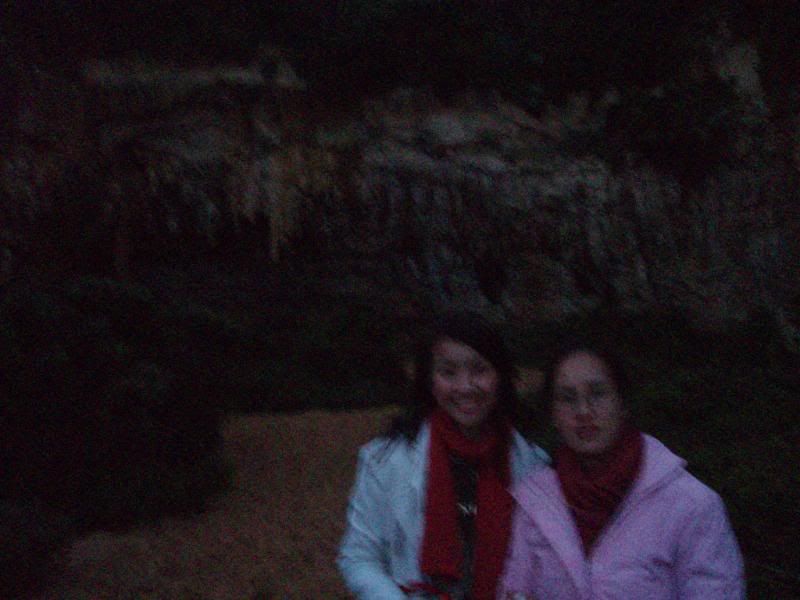
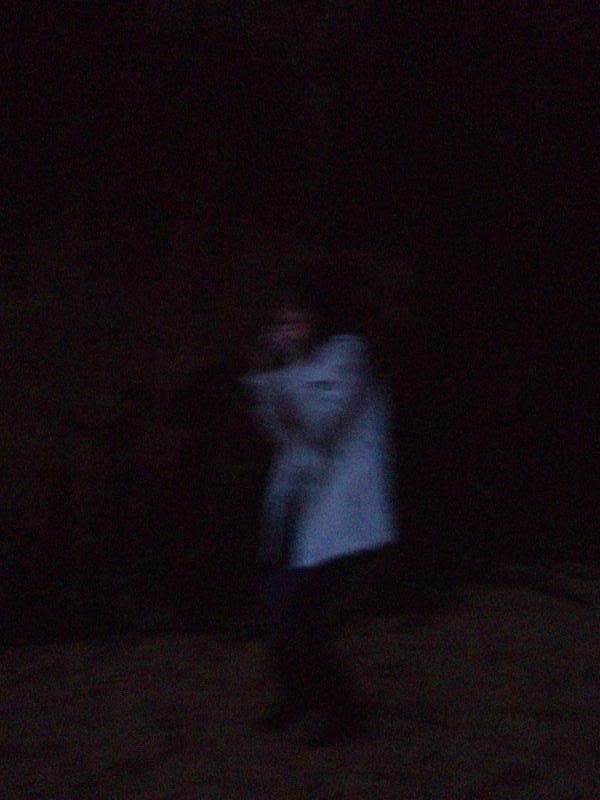
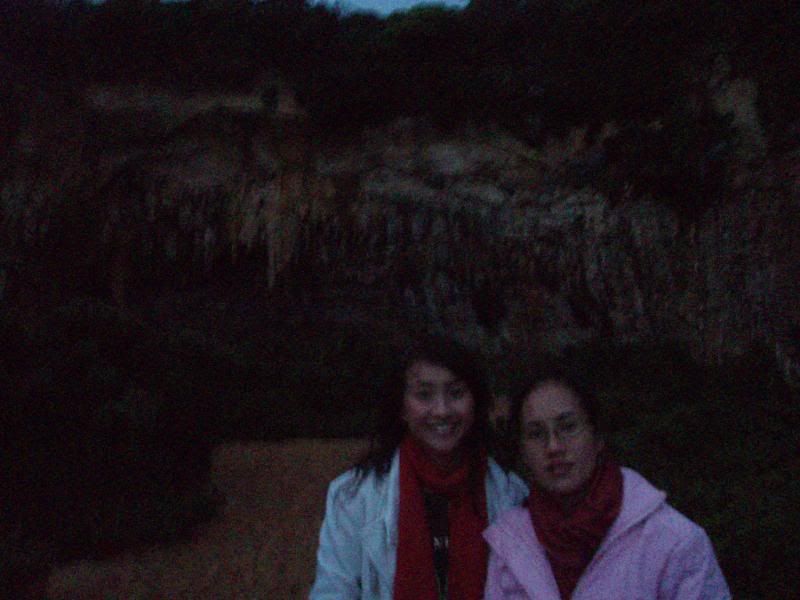


No comments:
Post a Comment